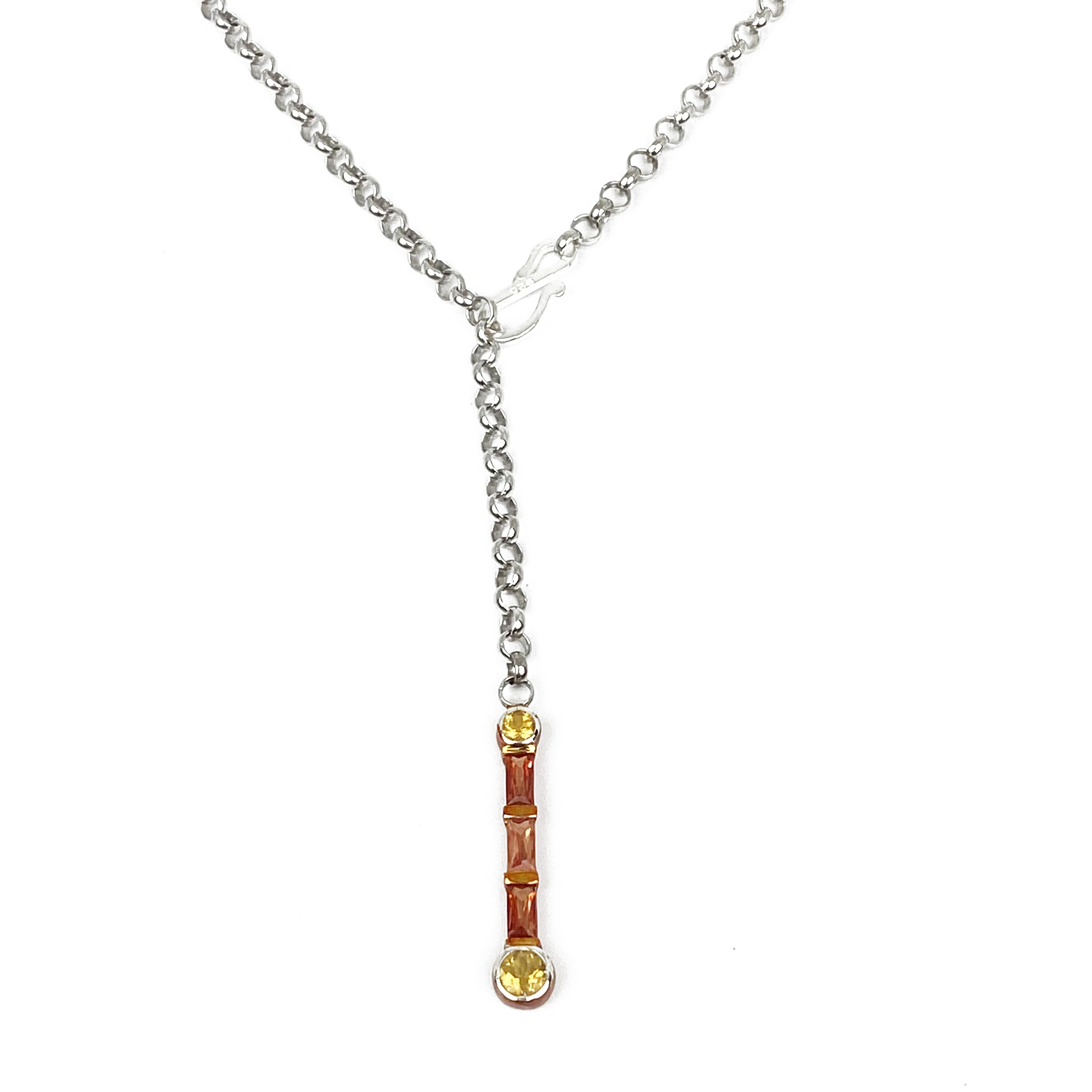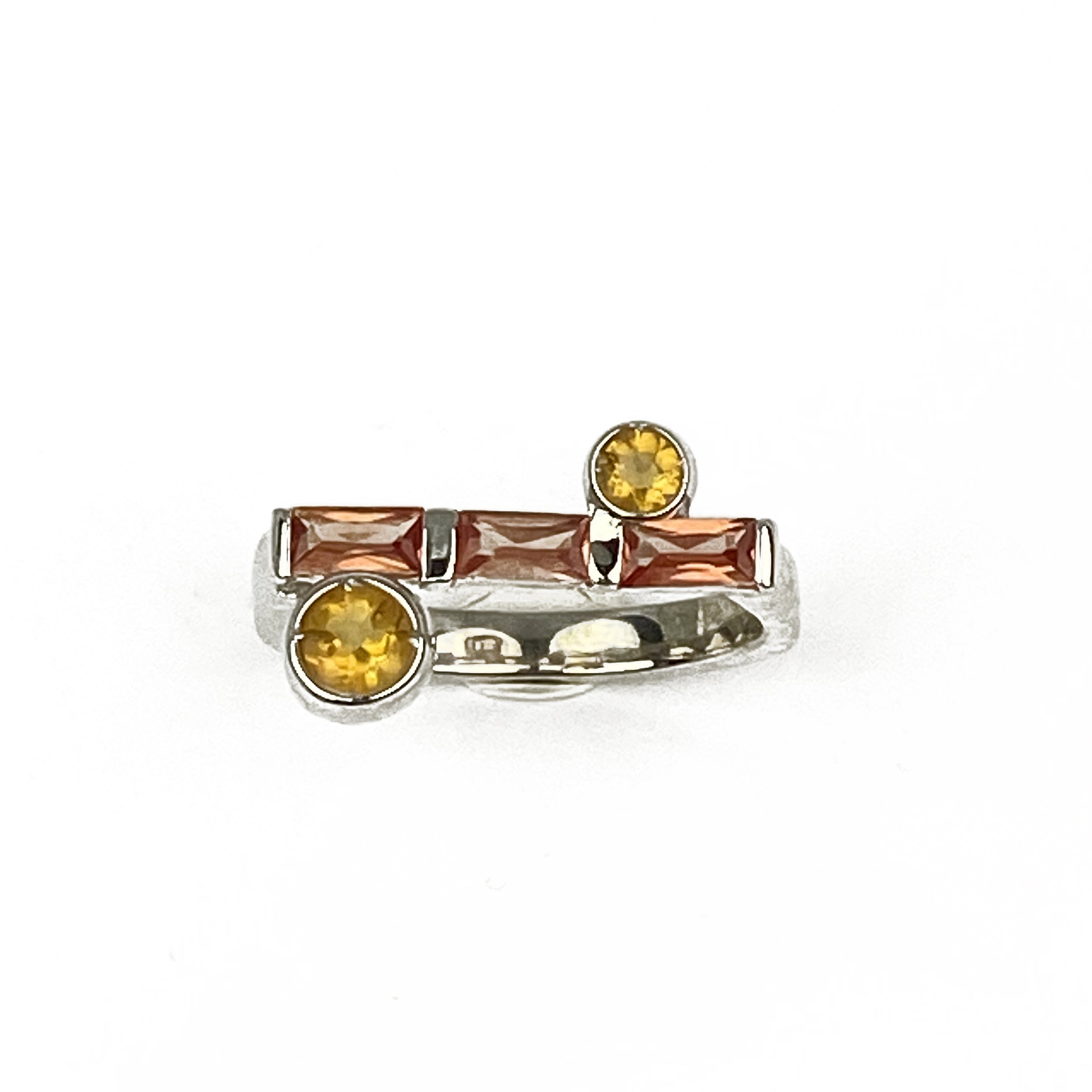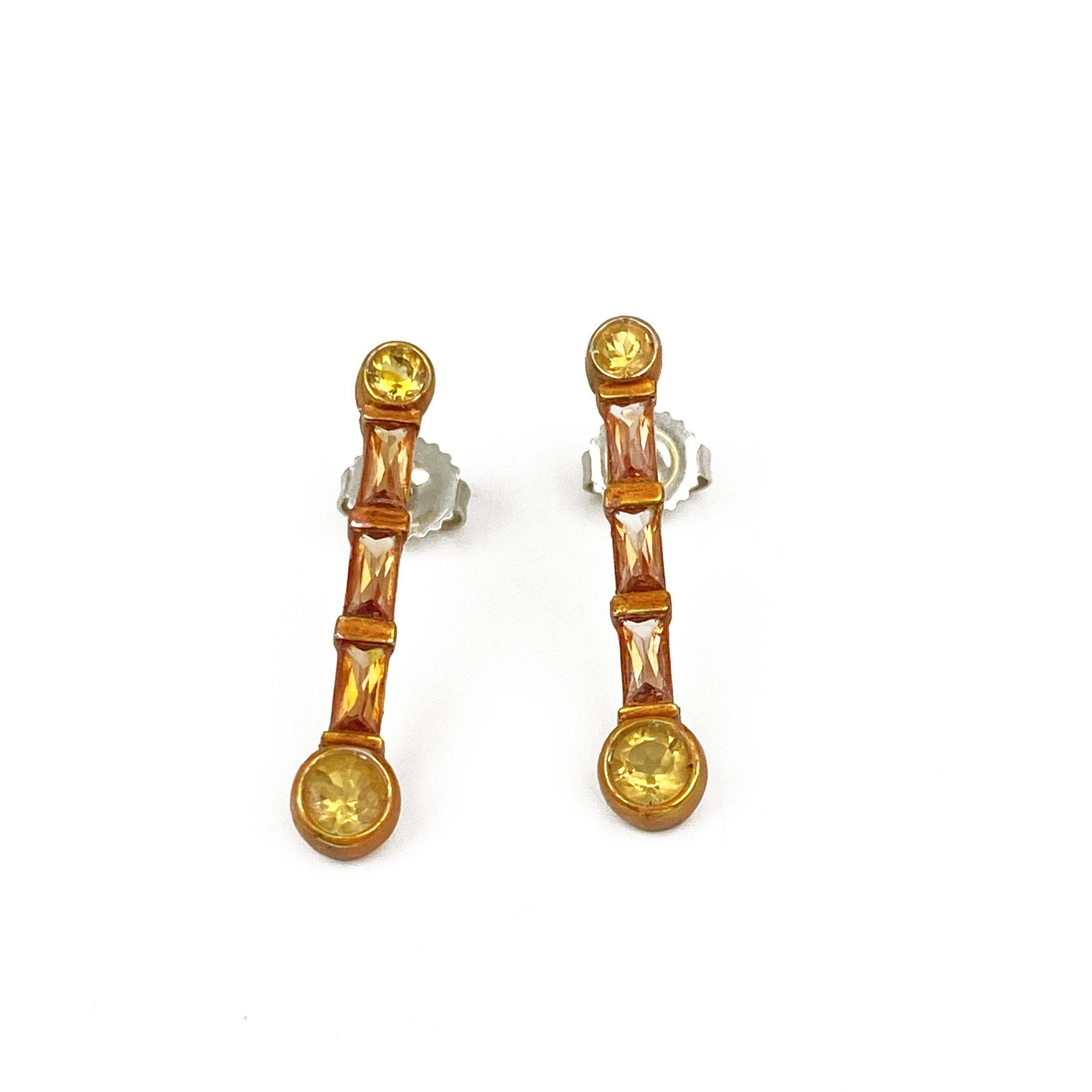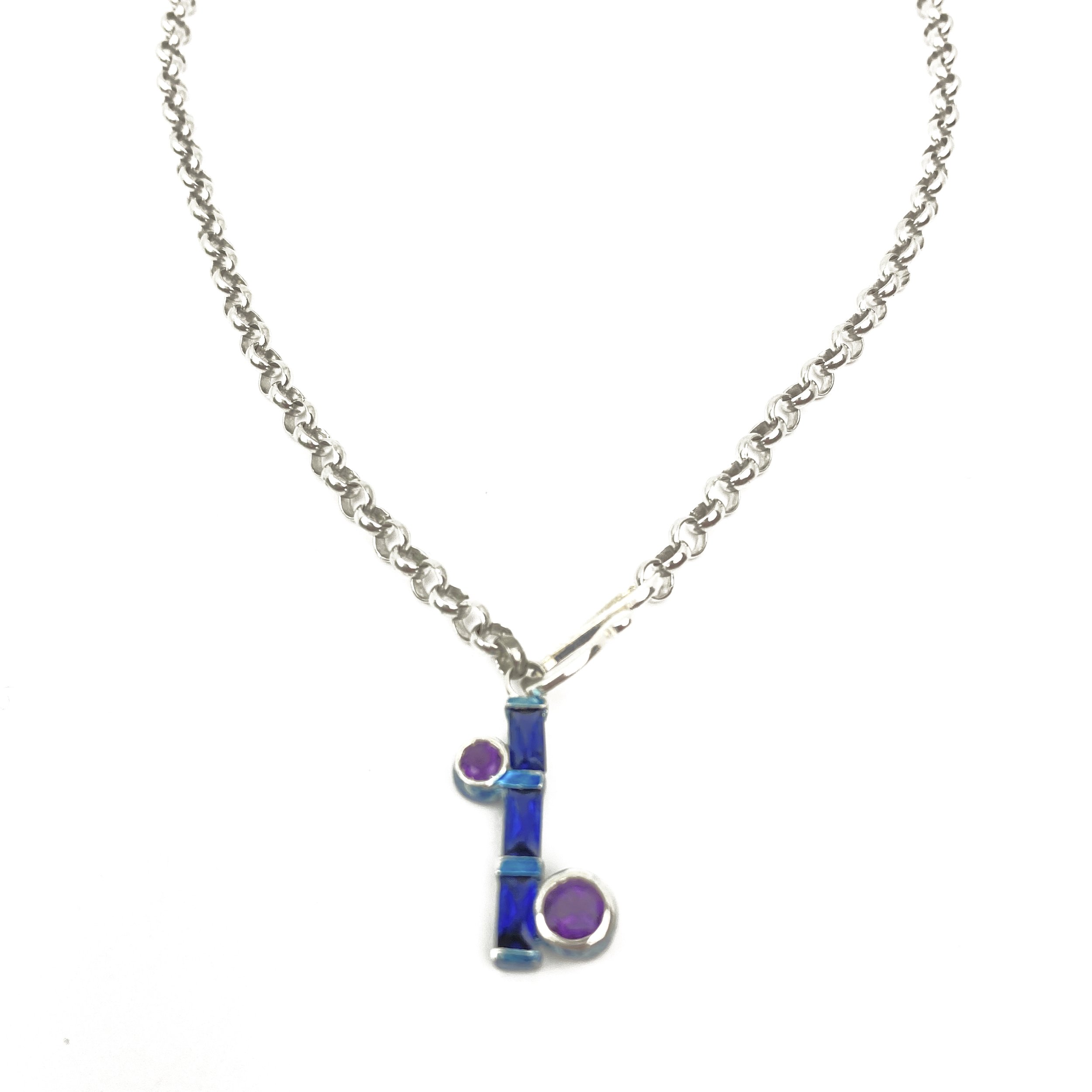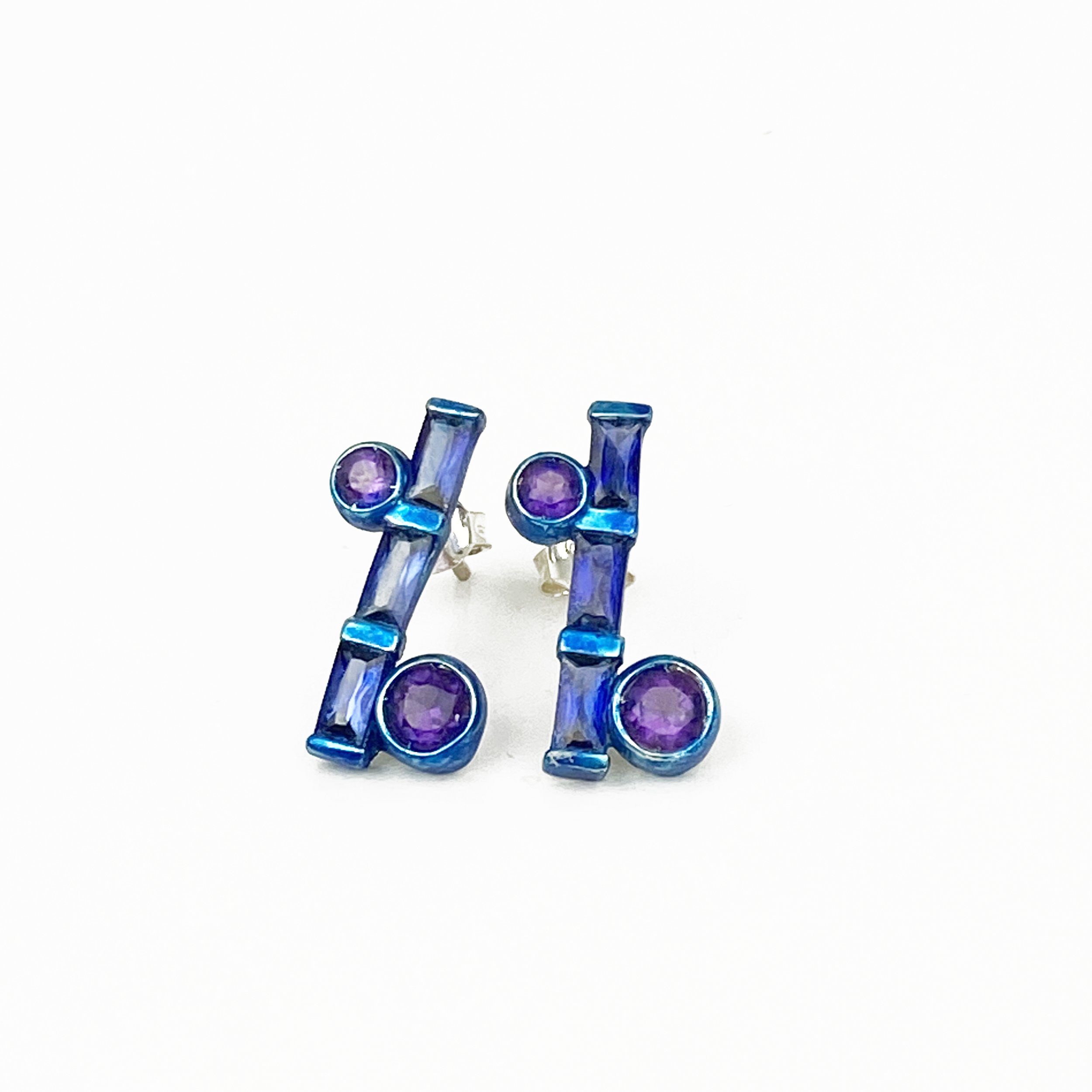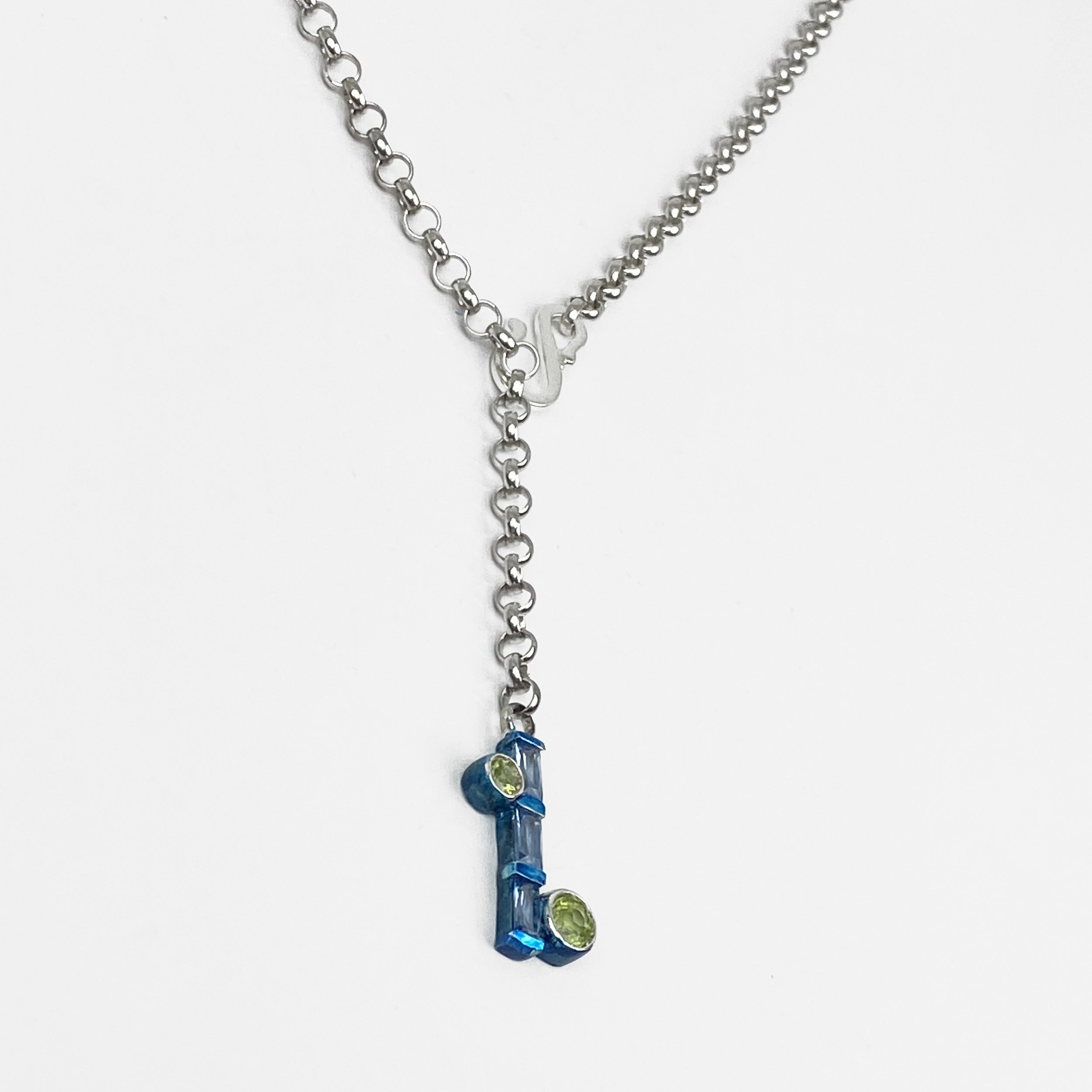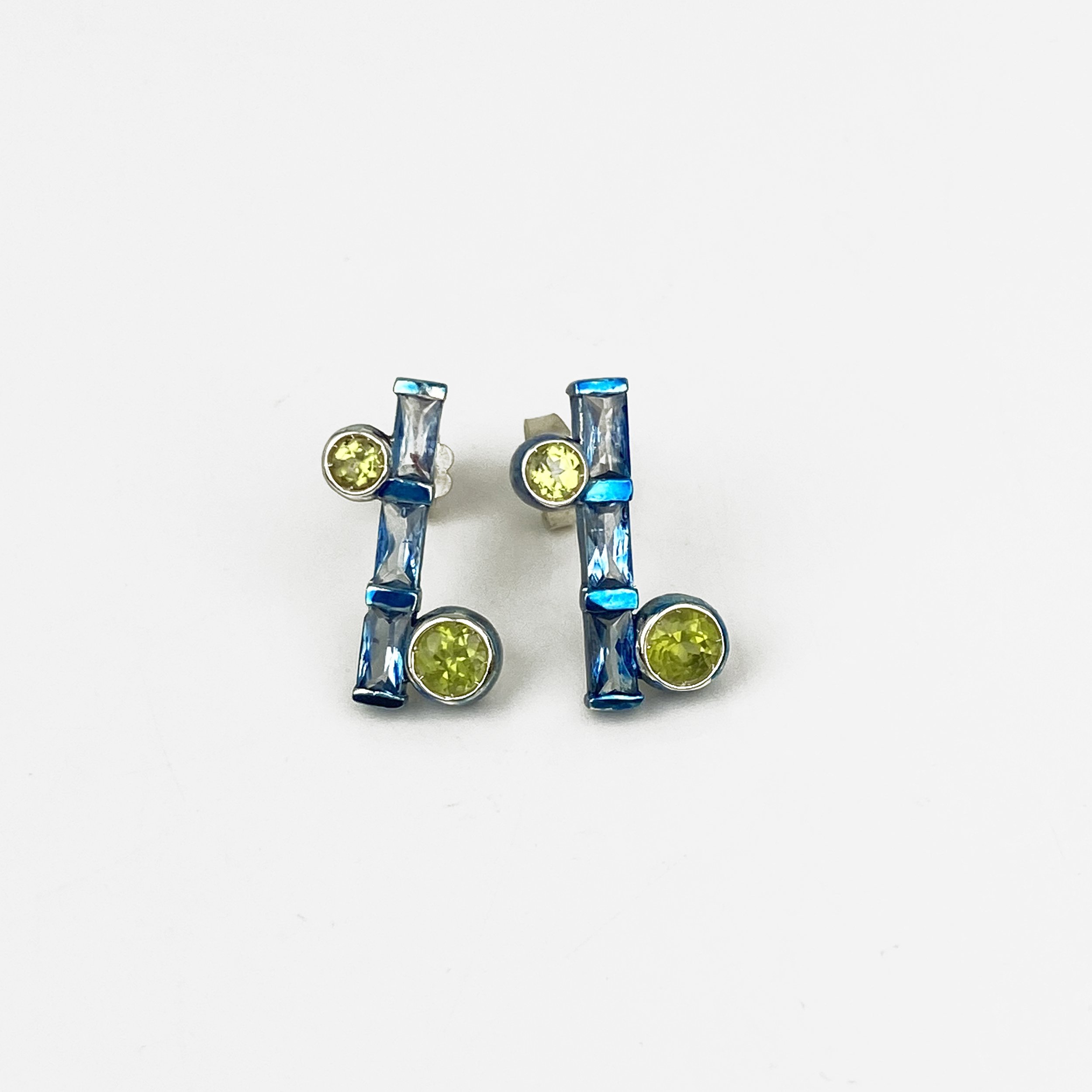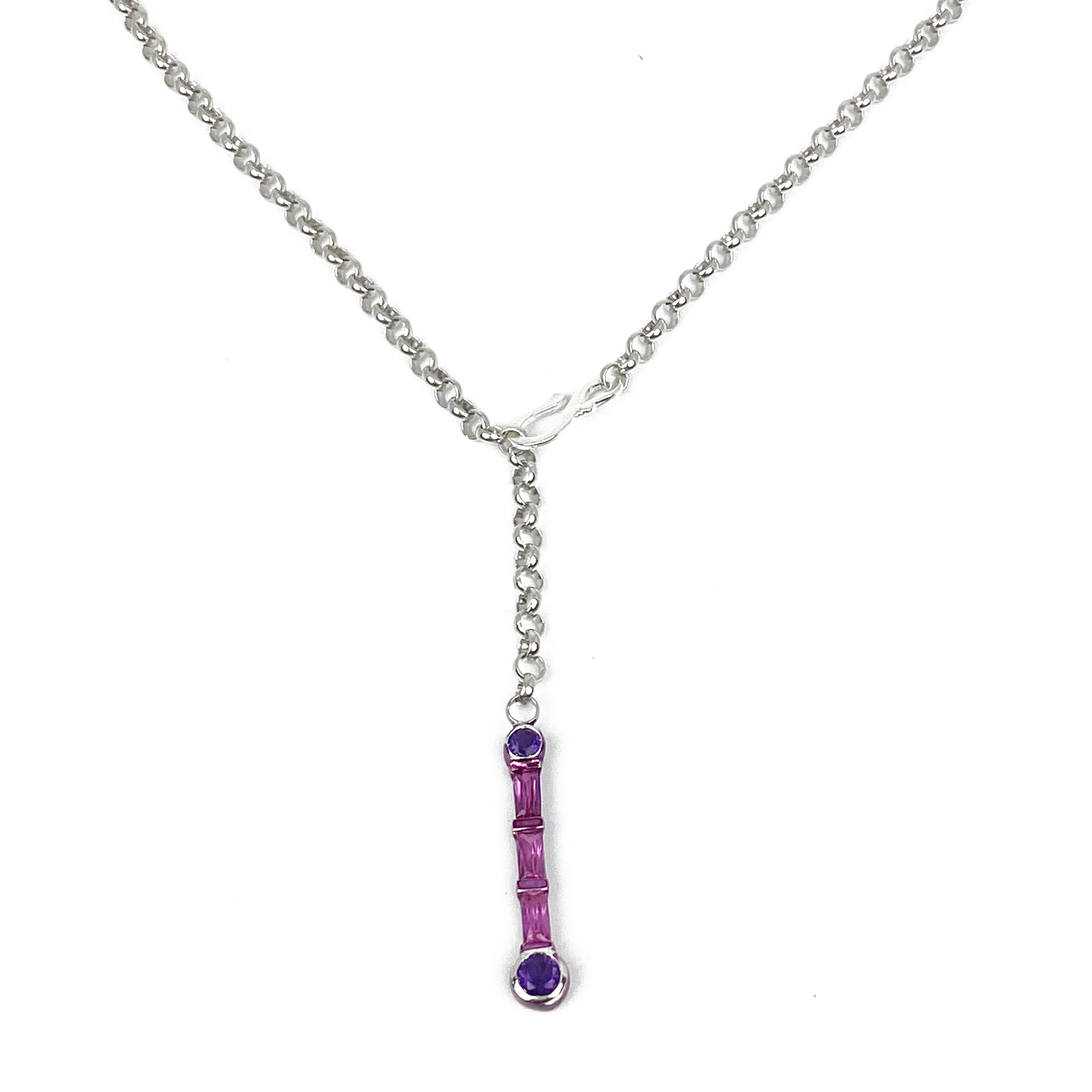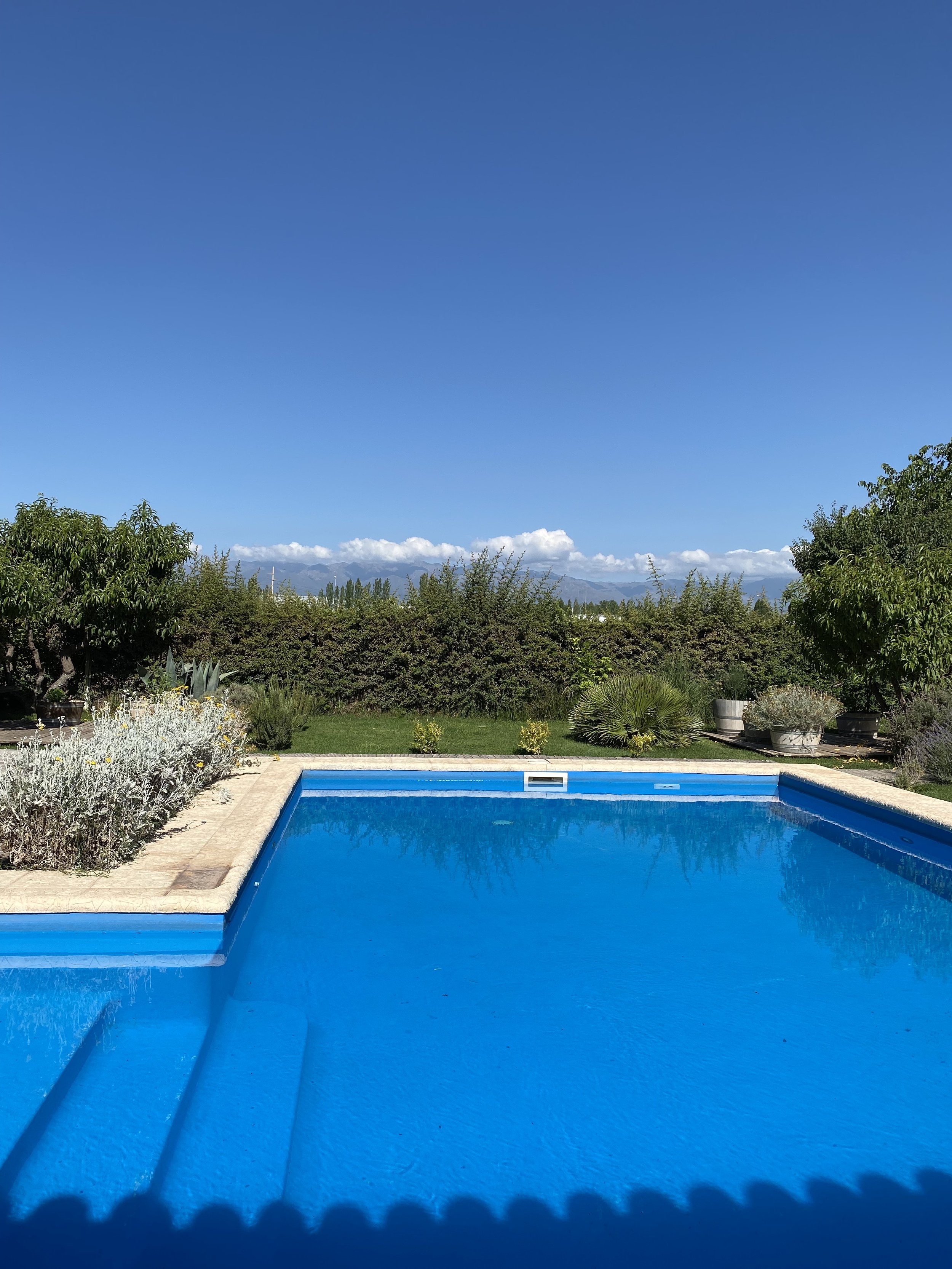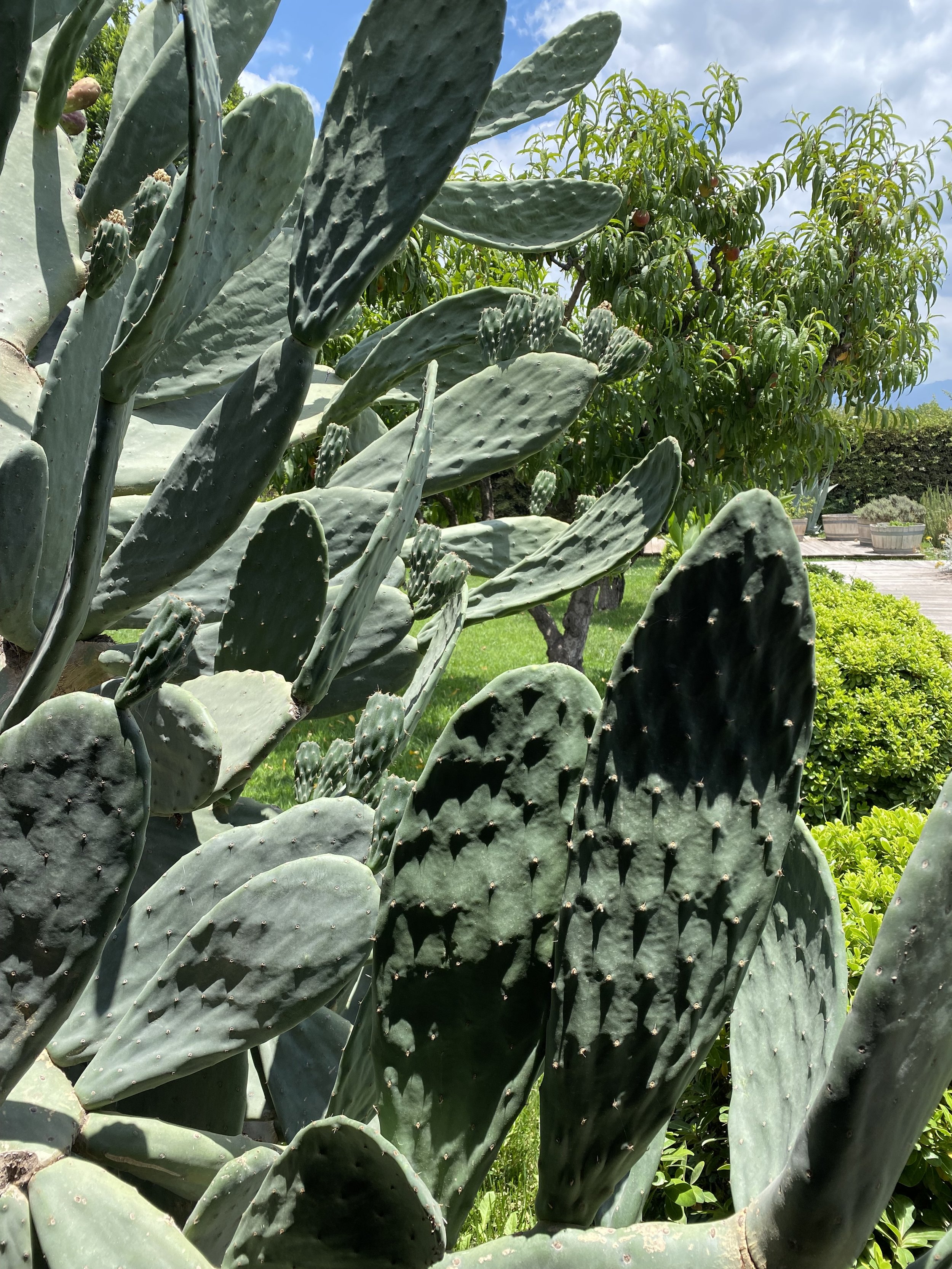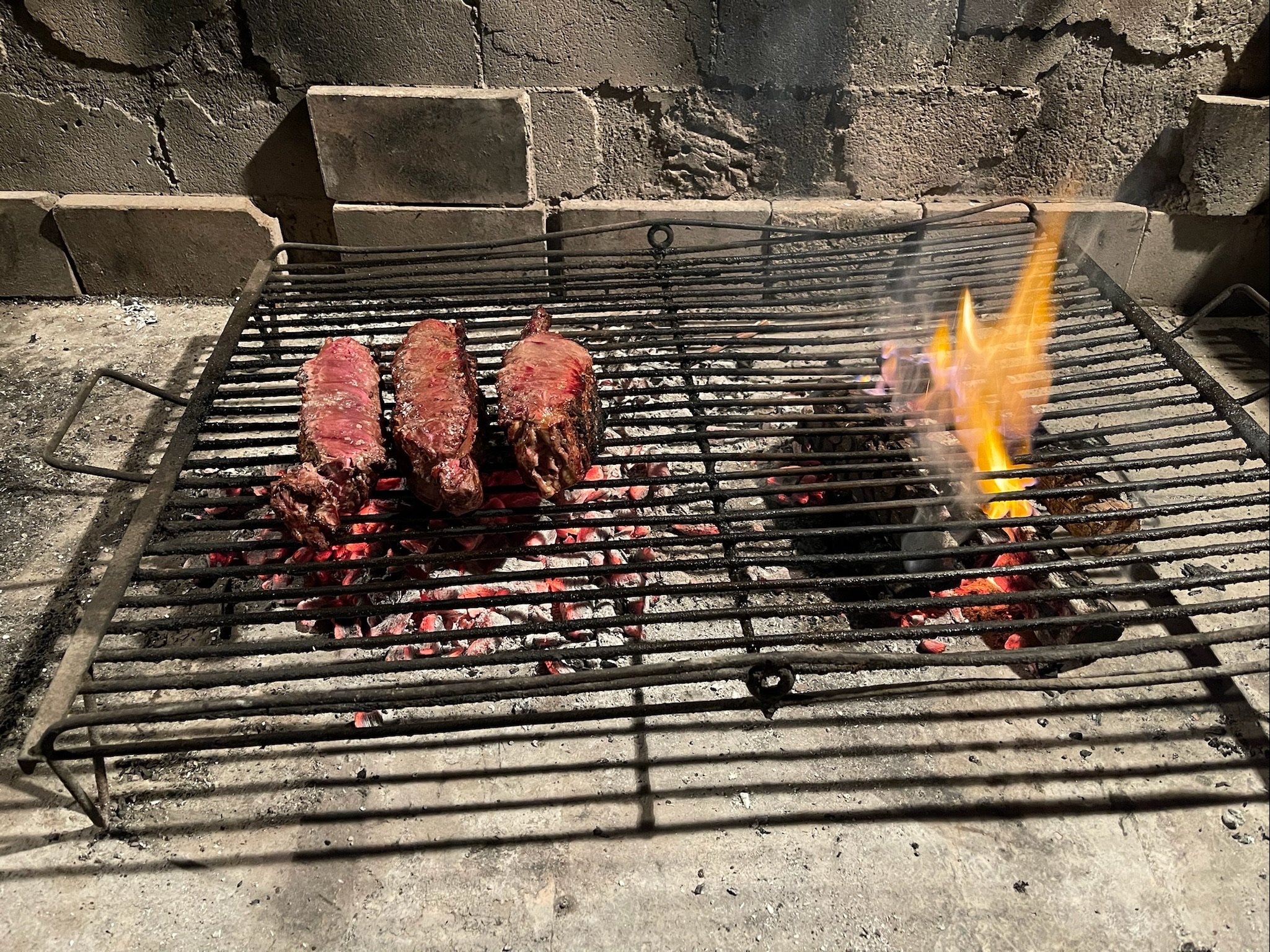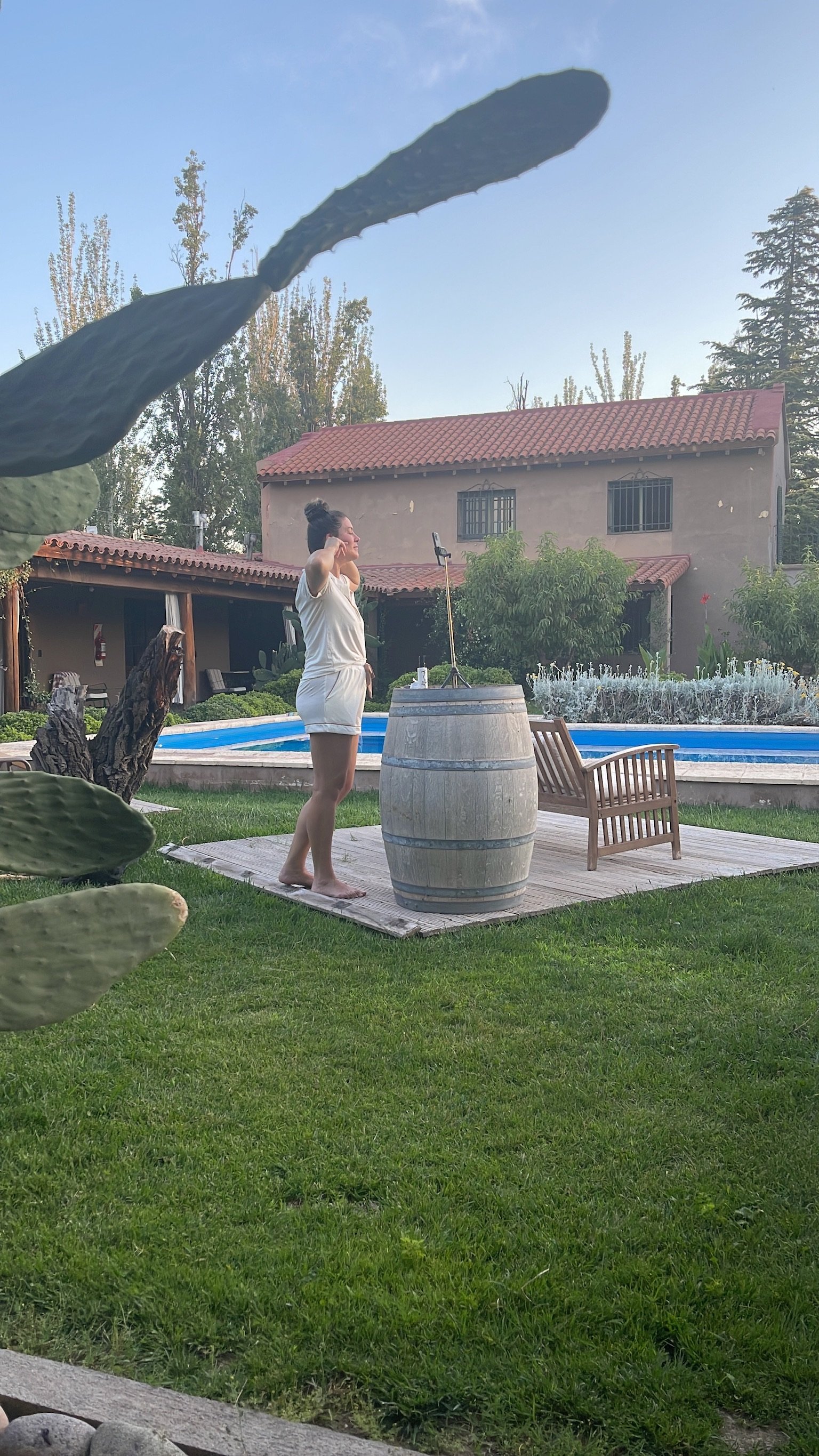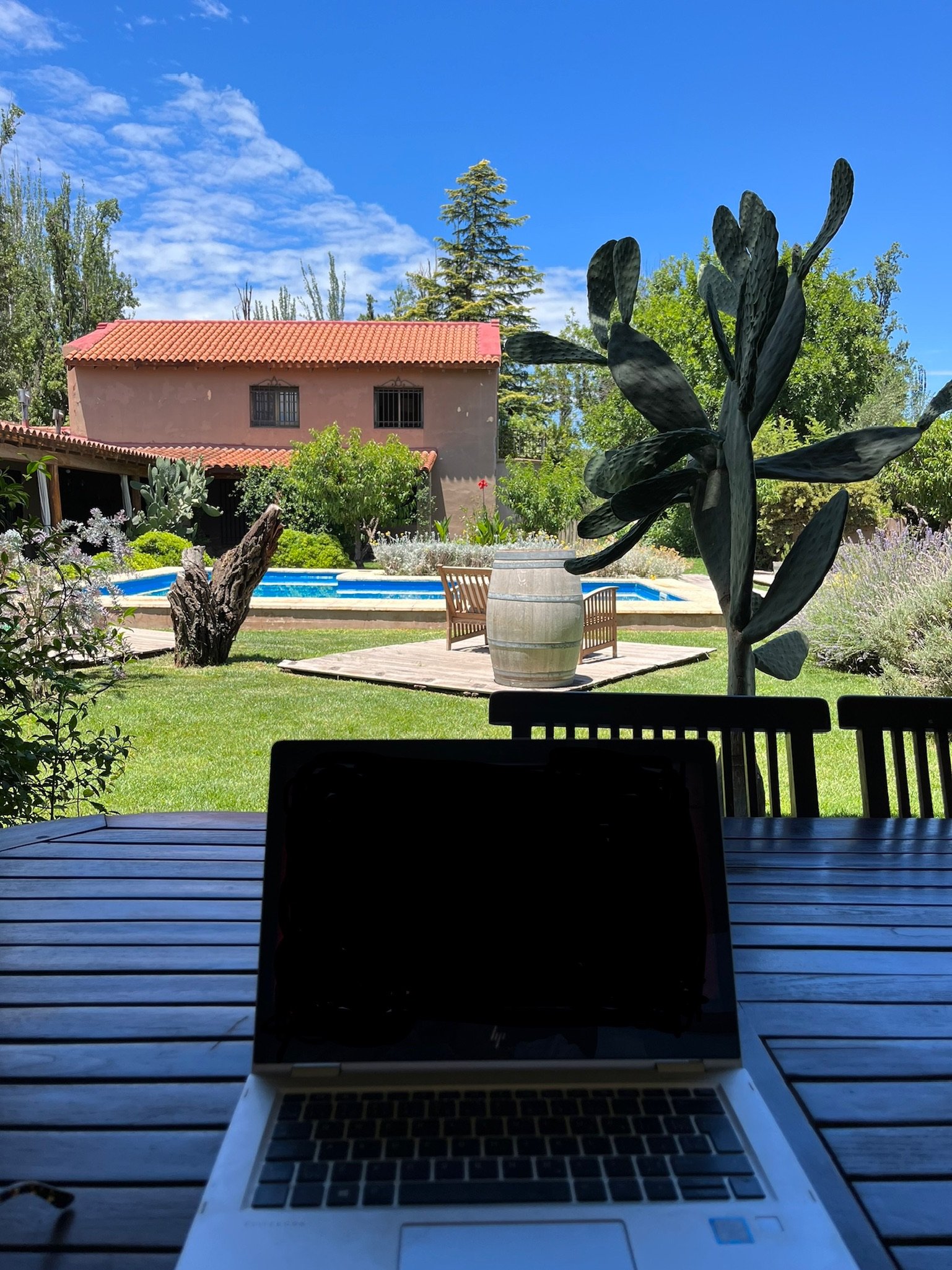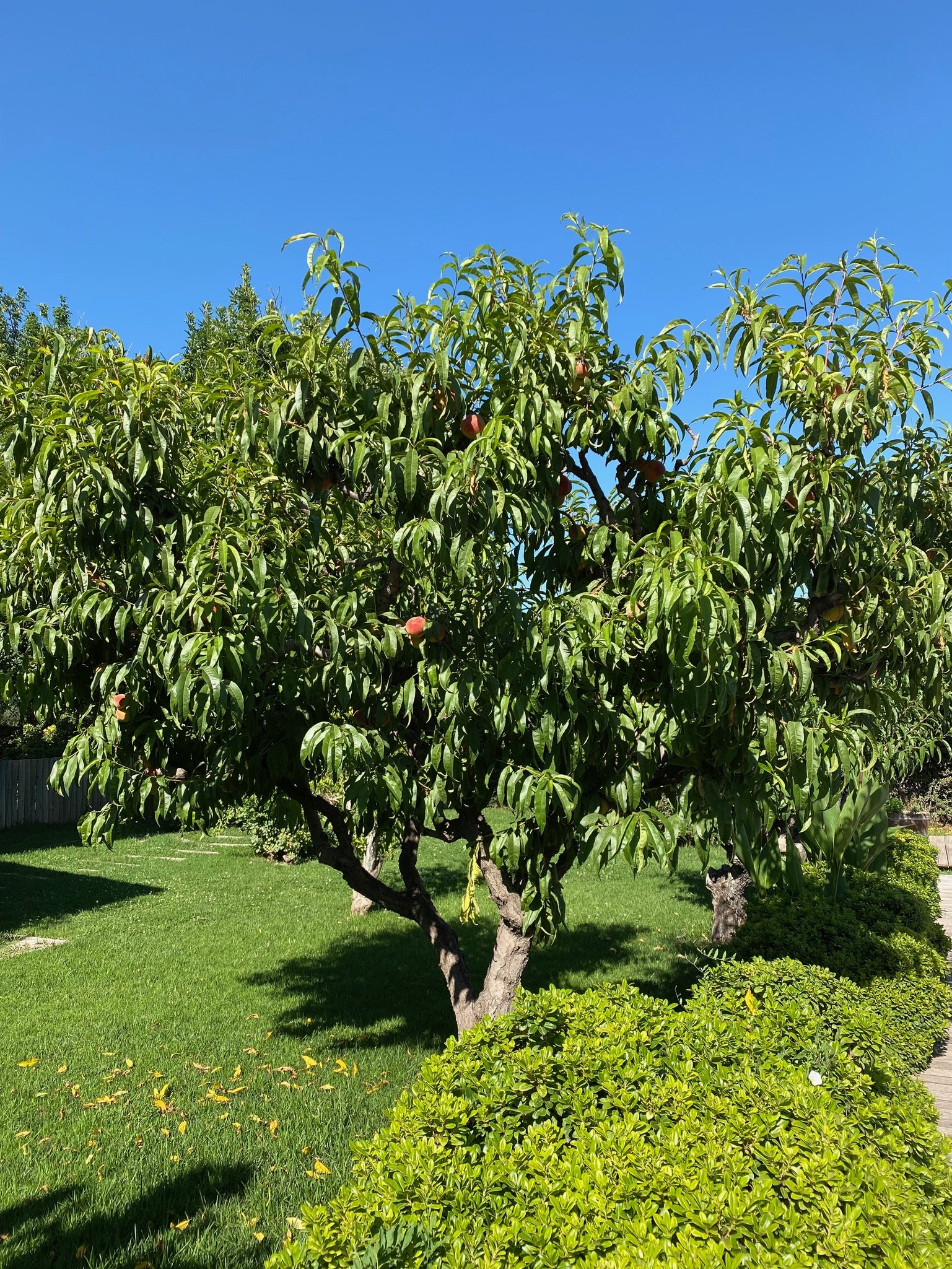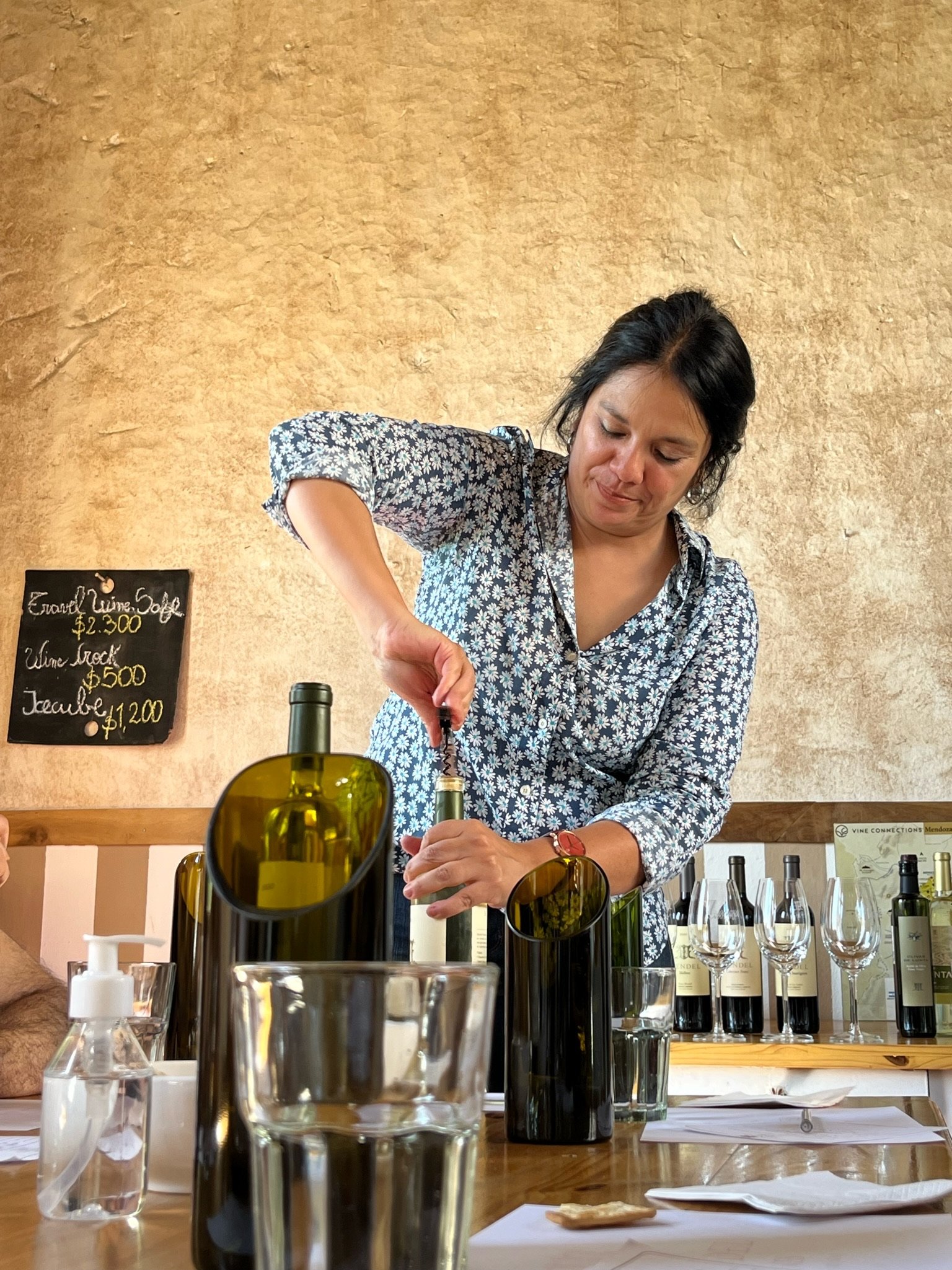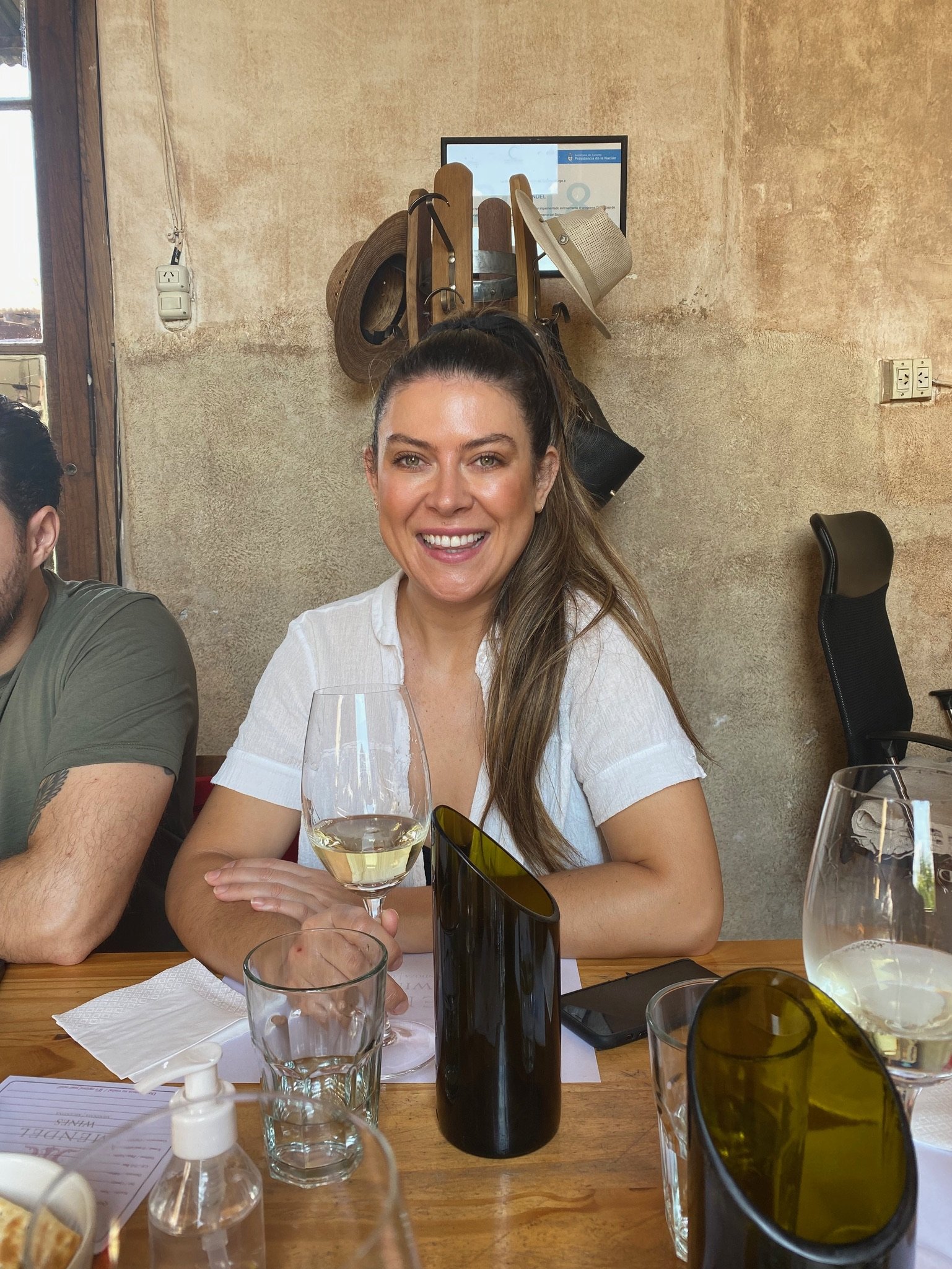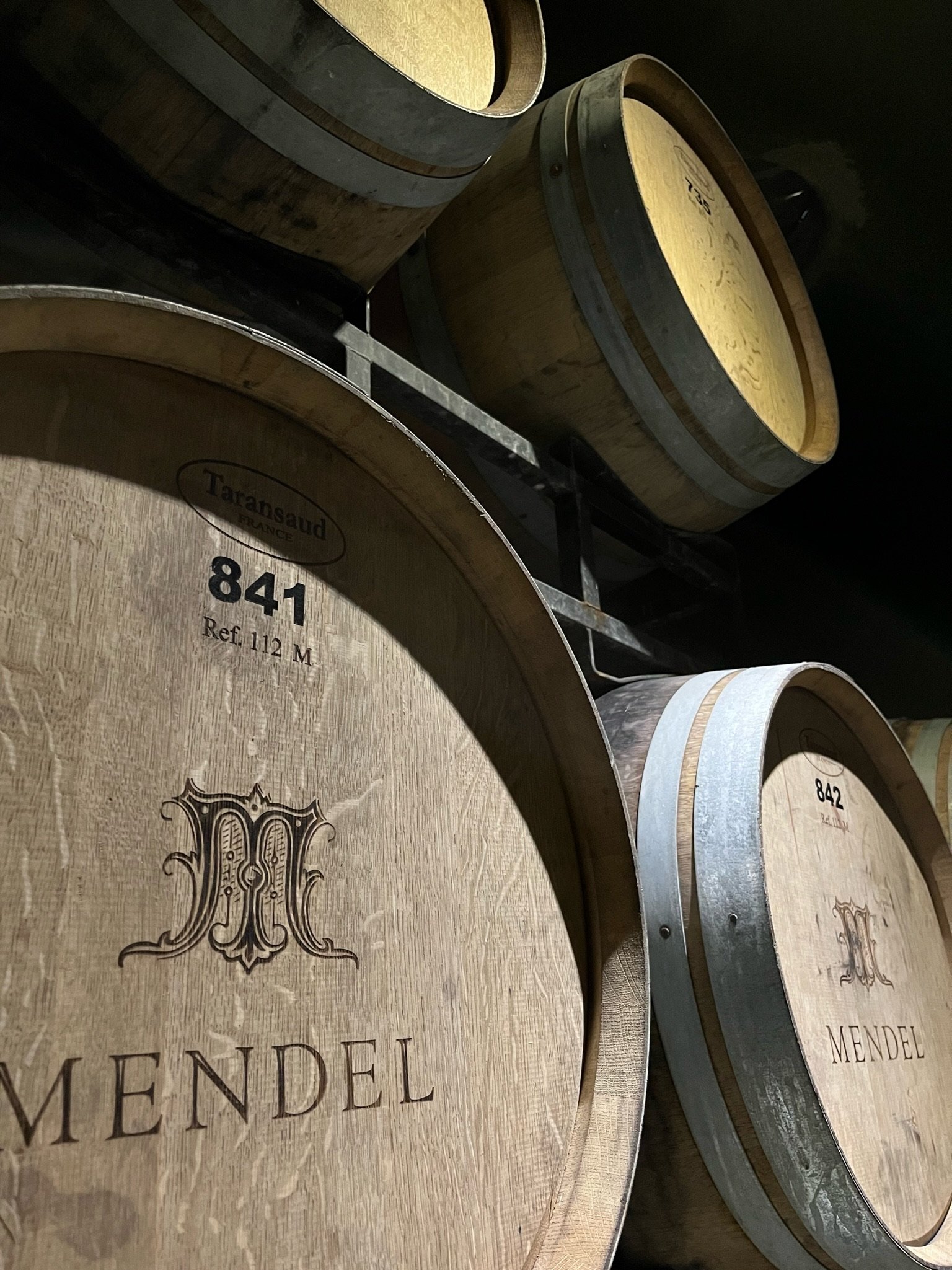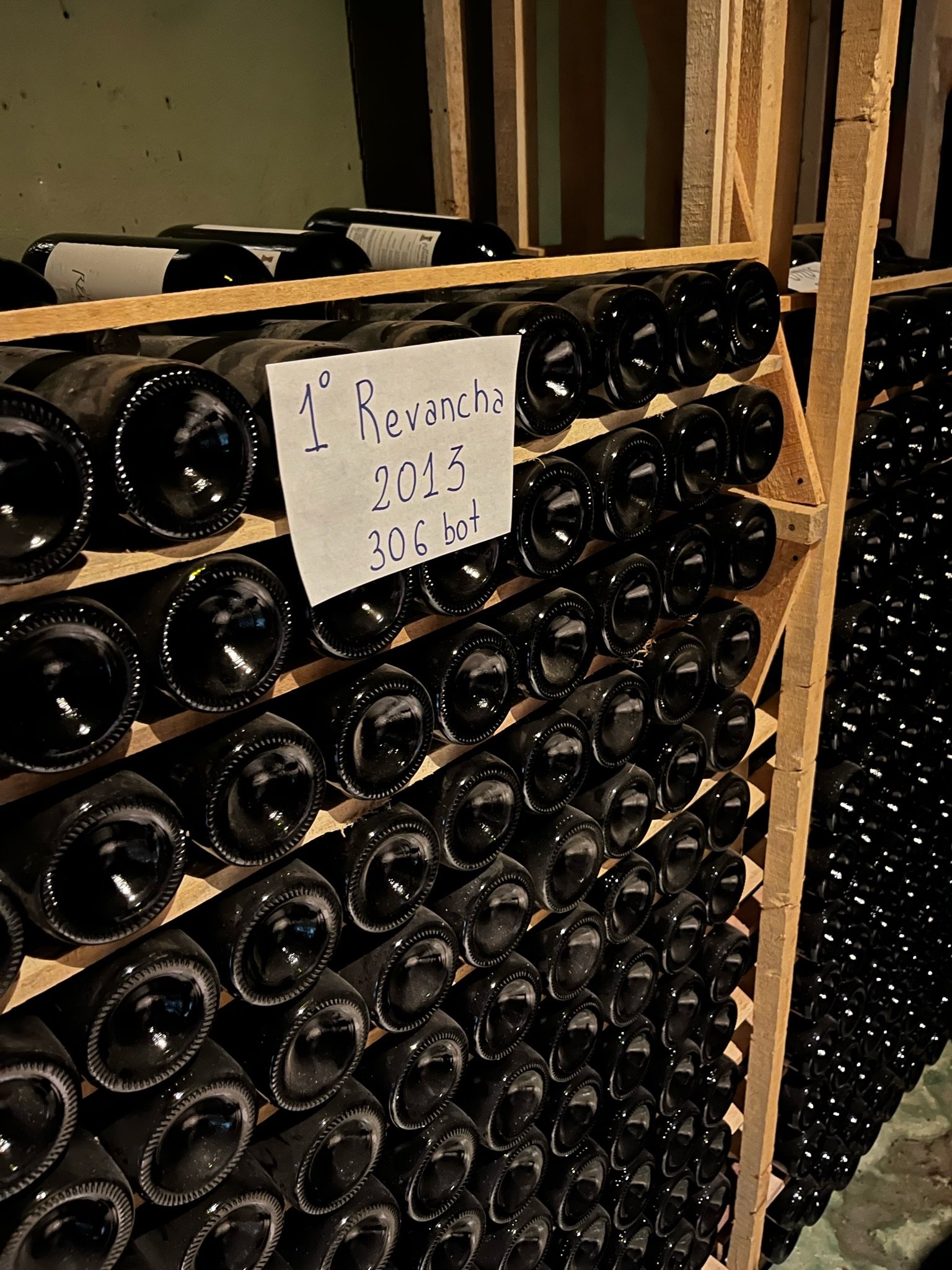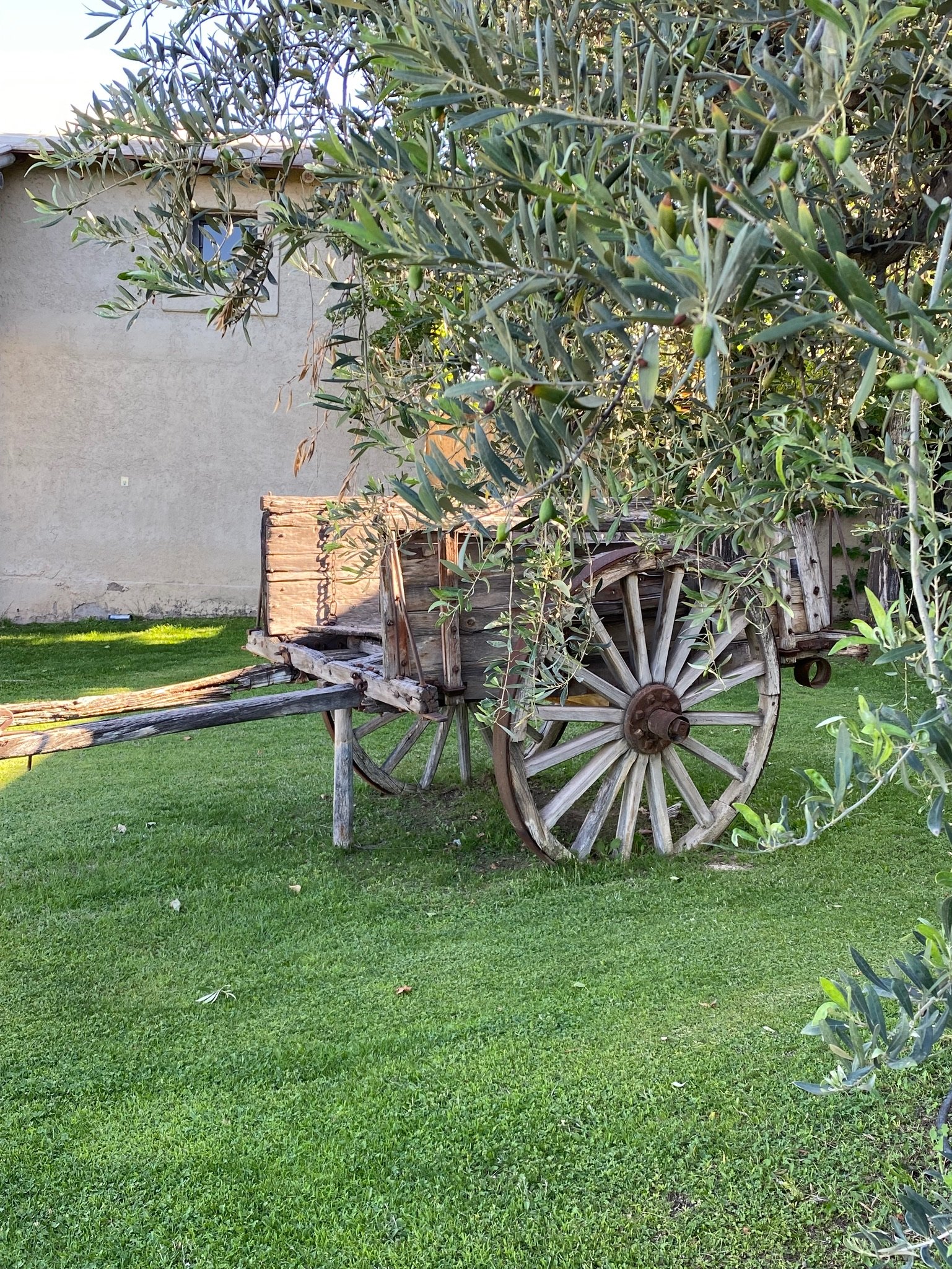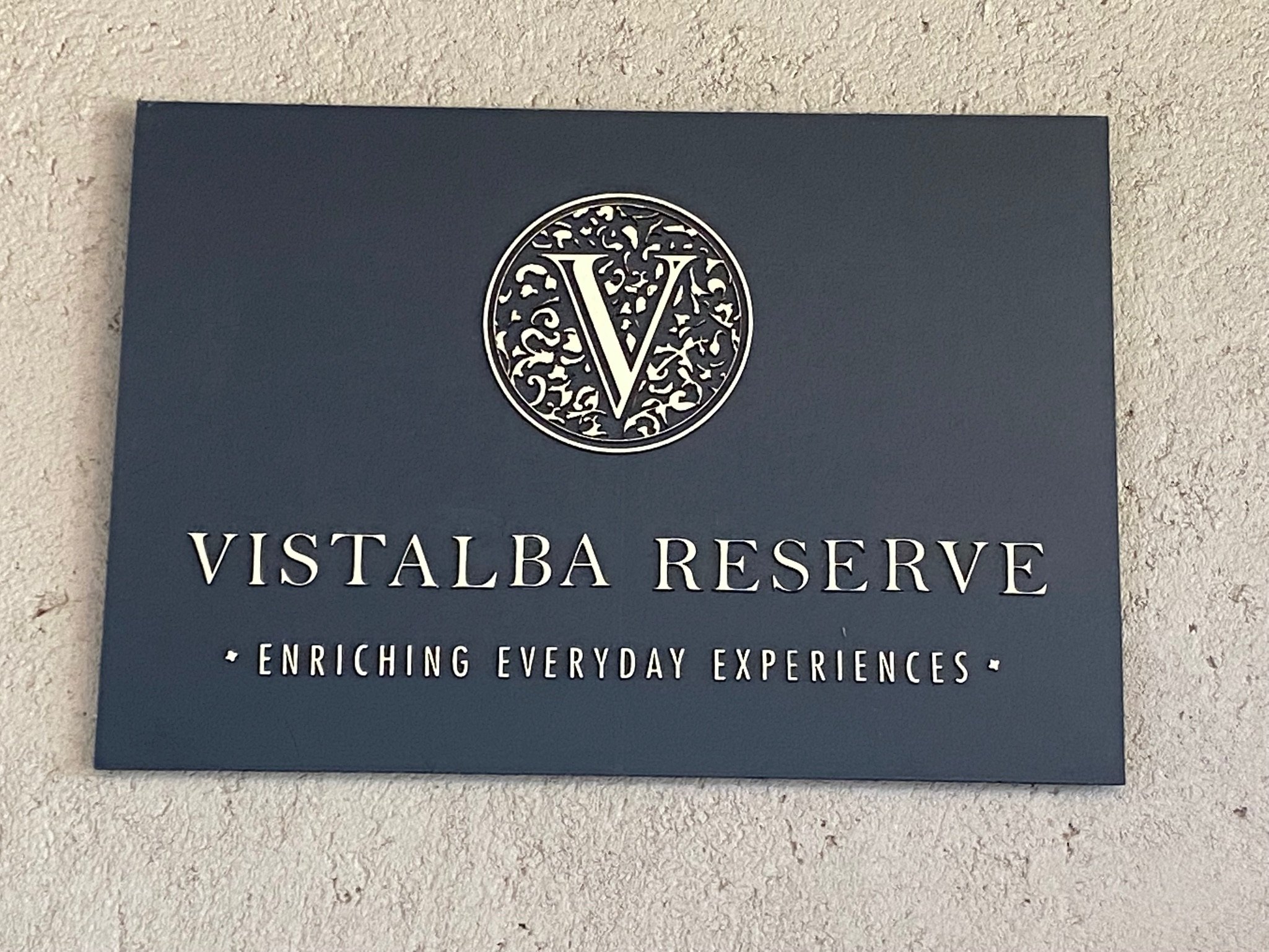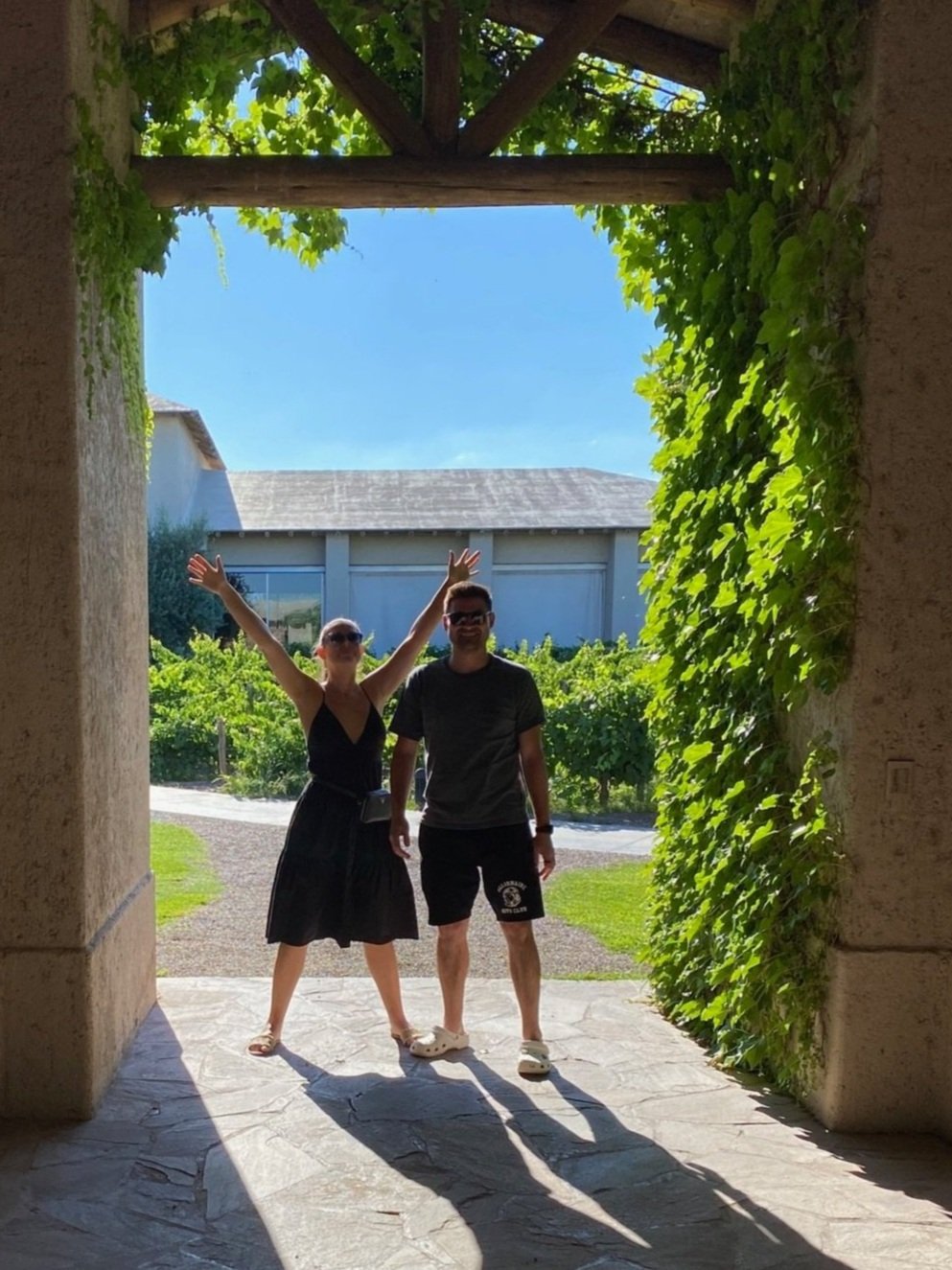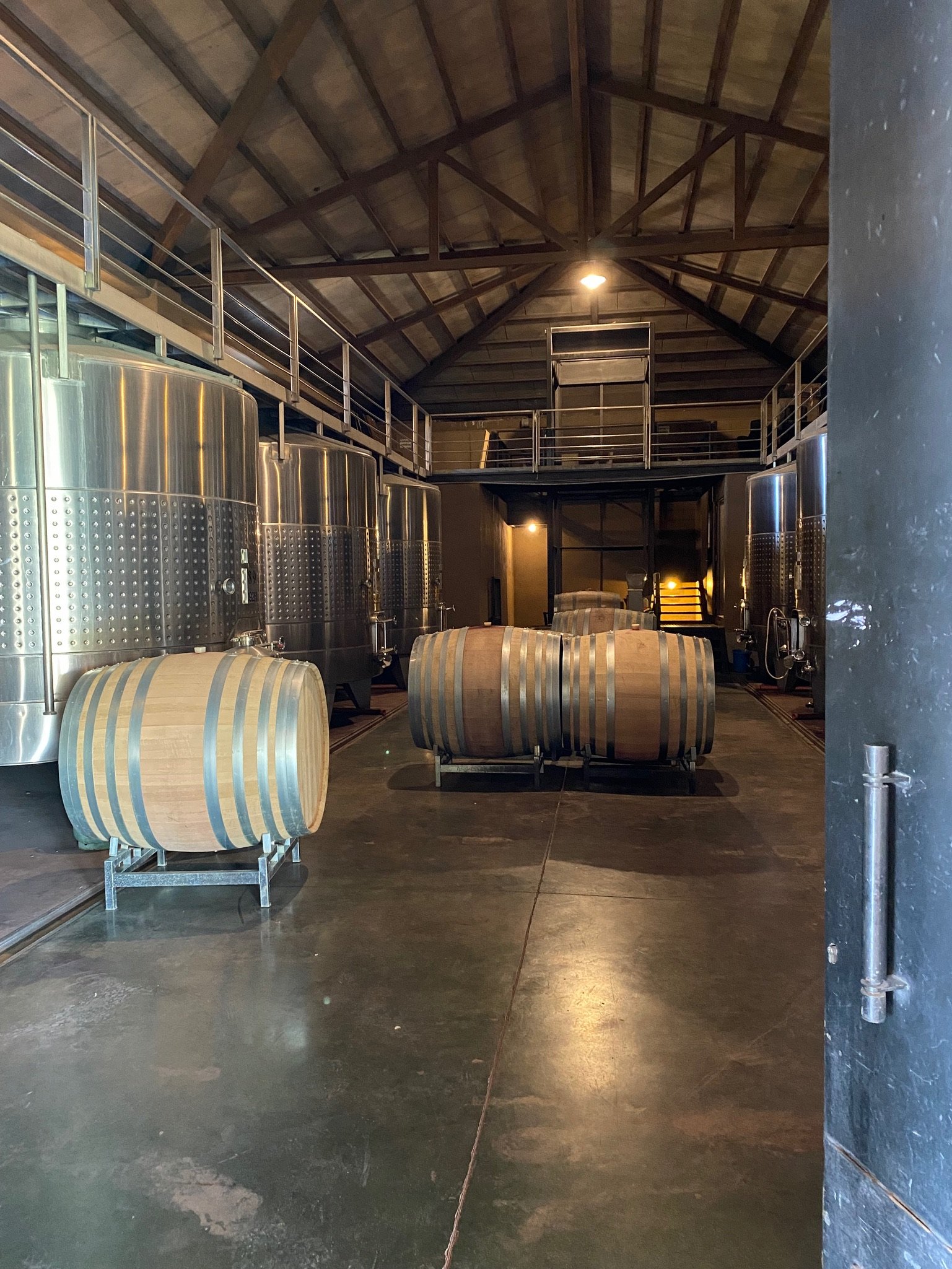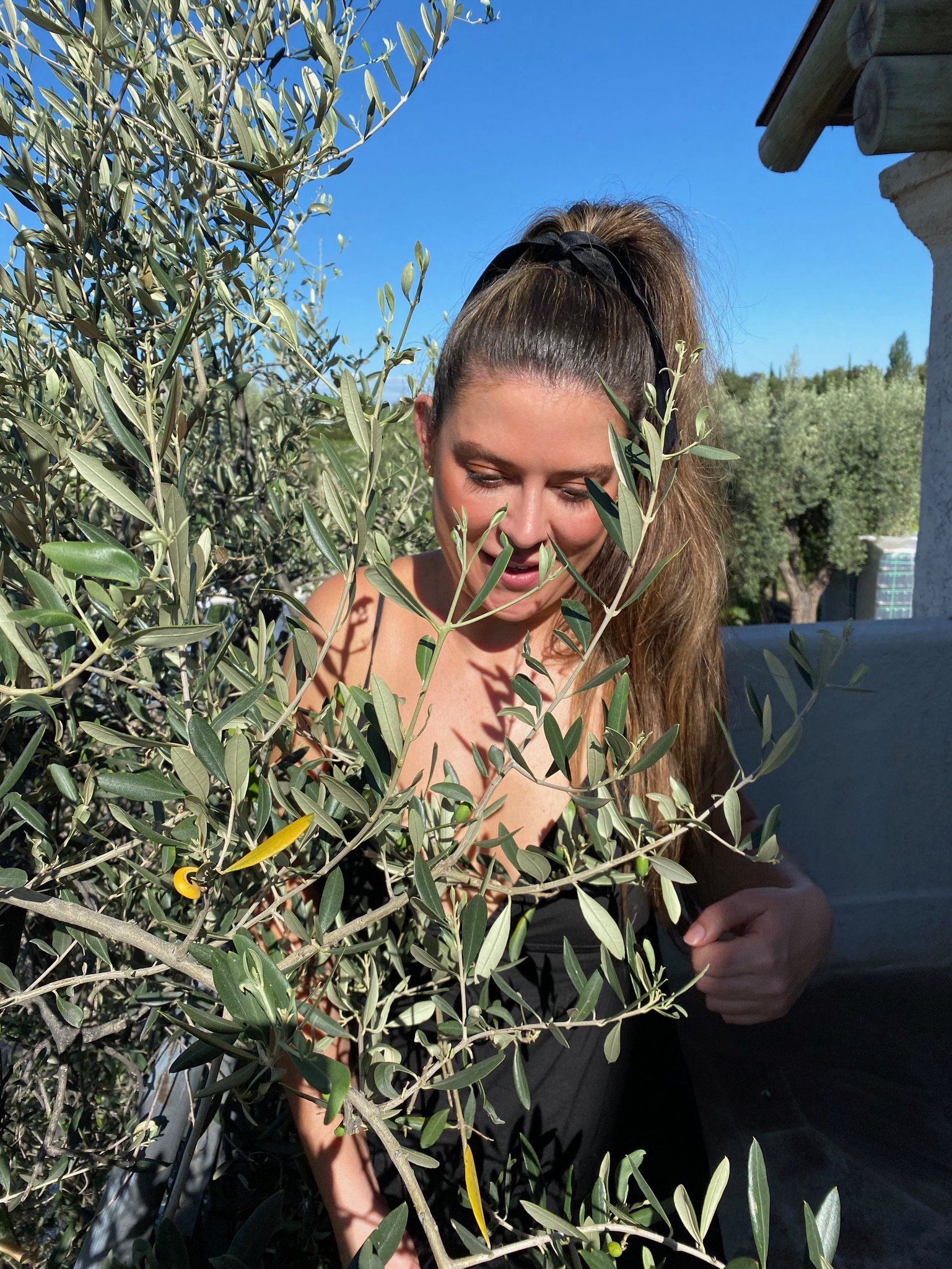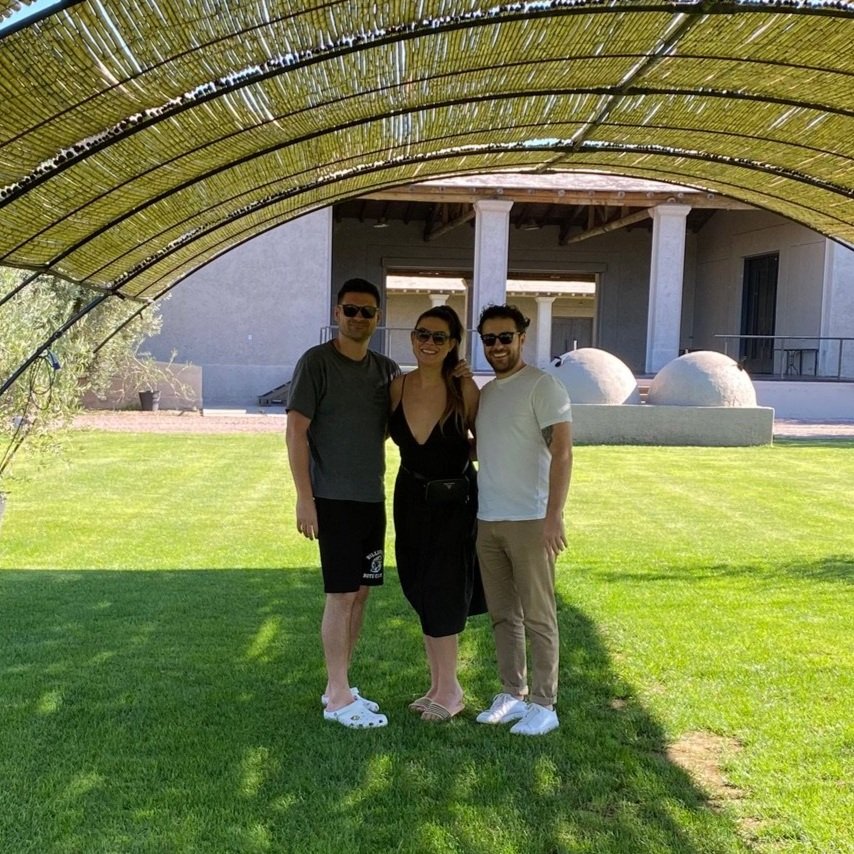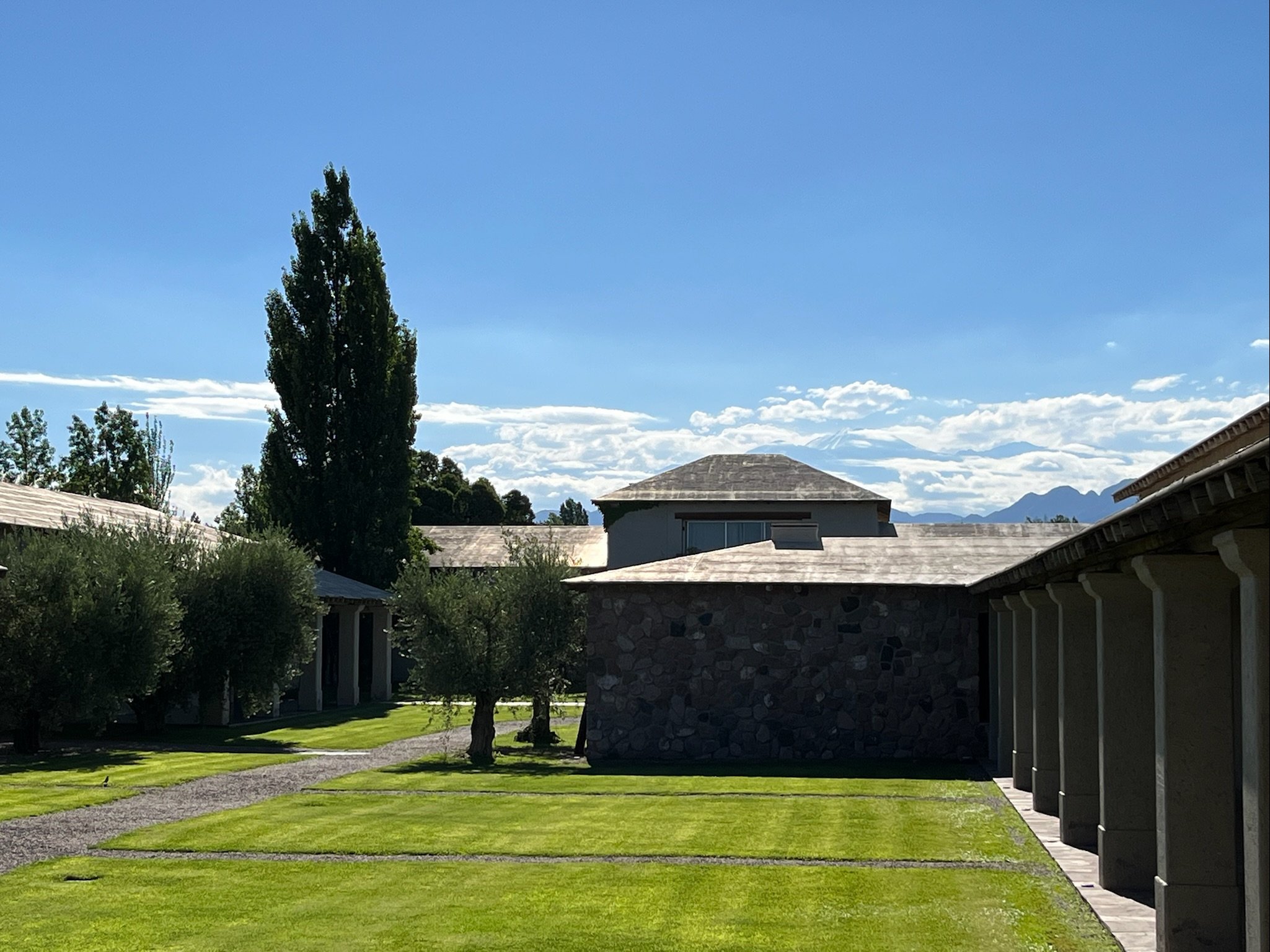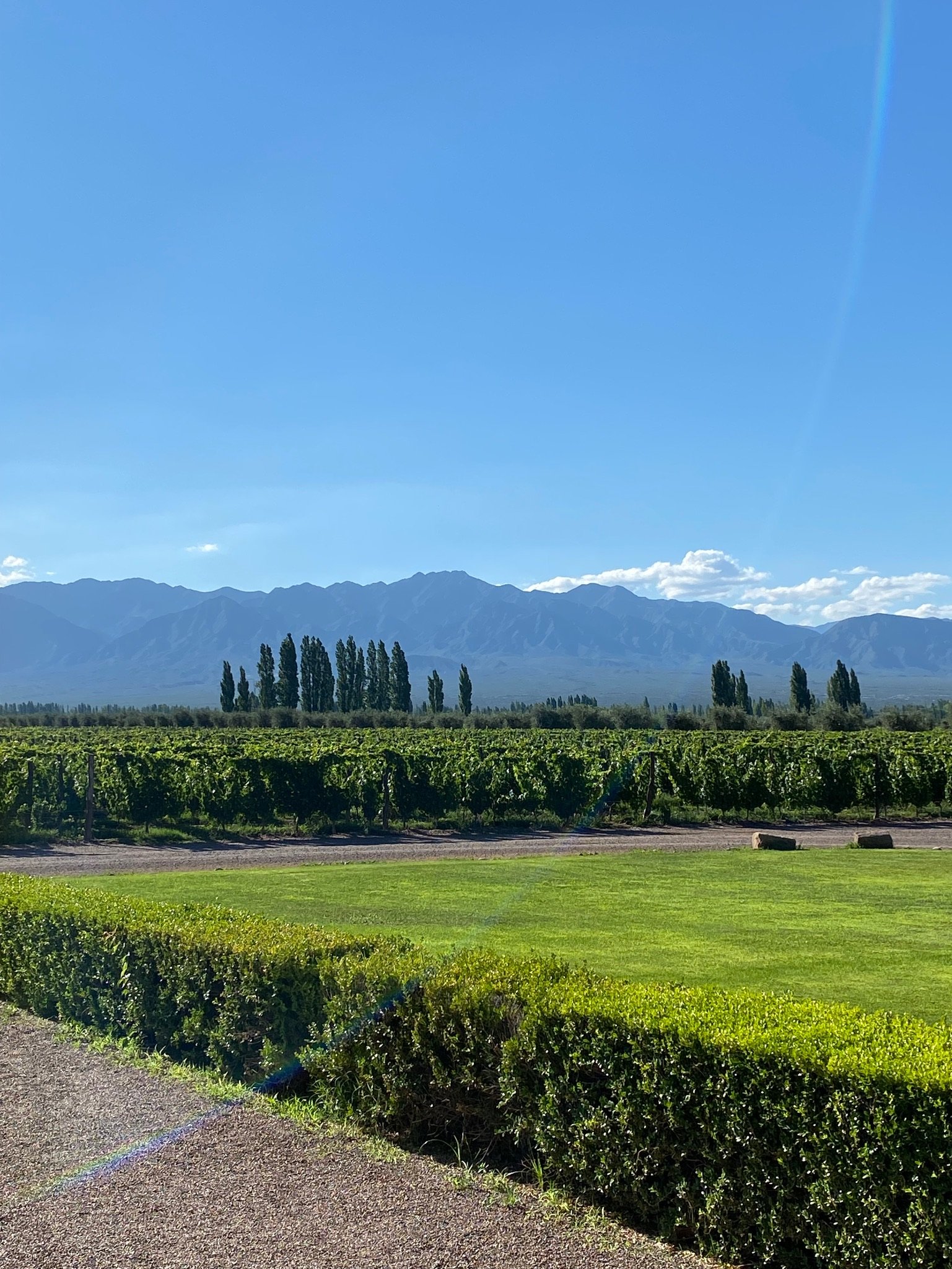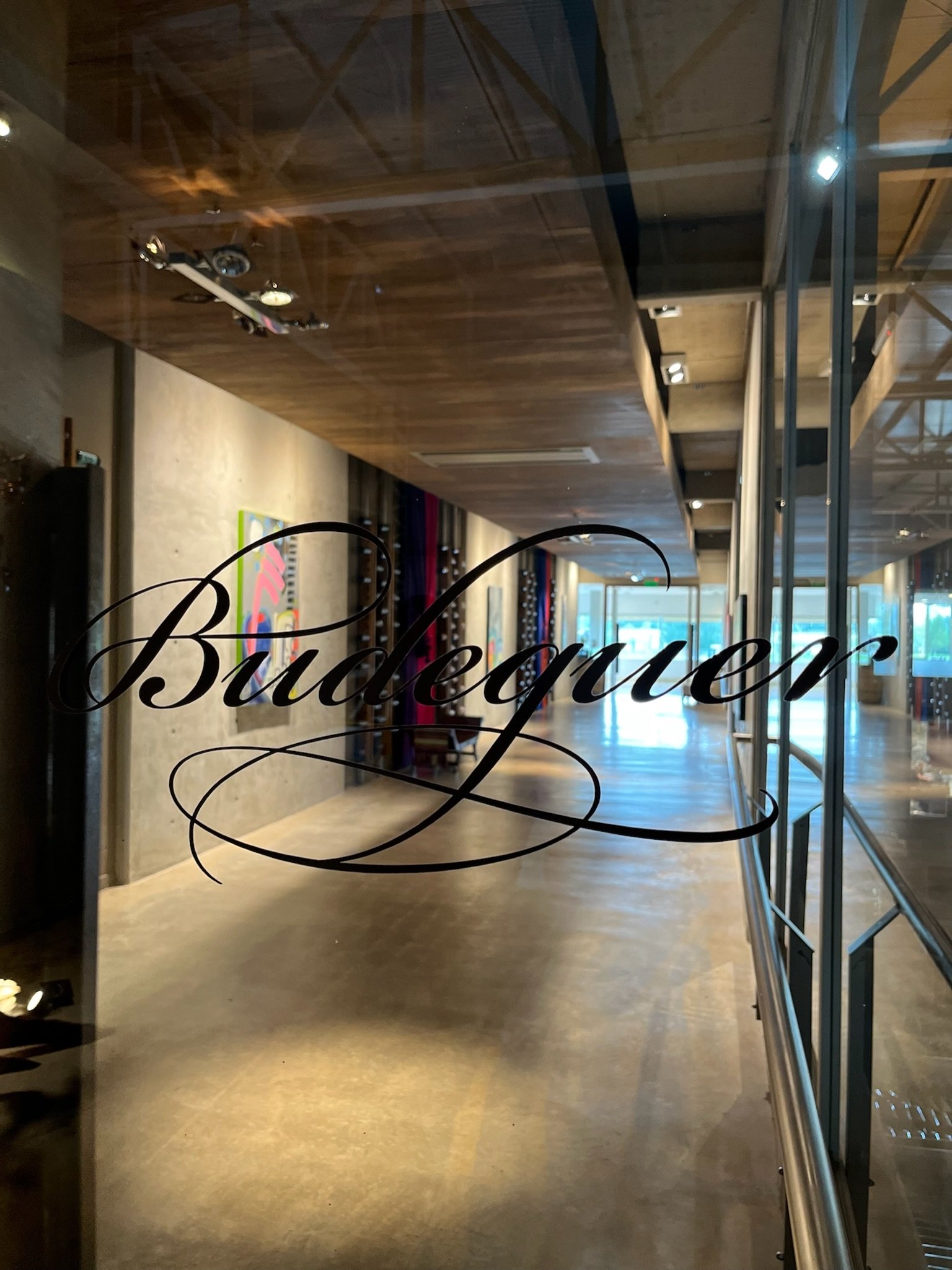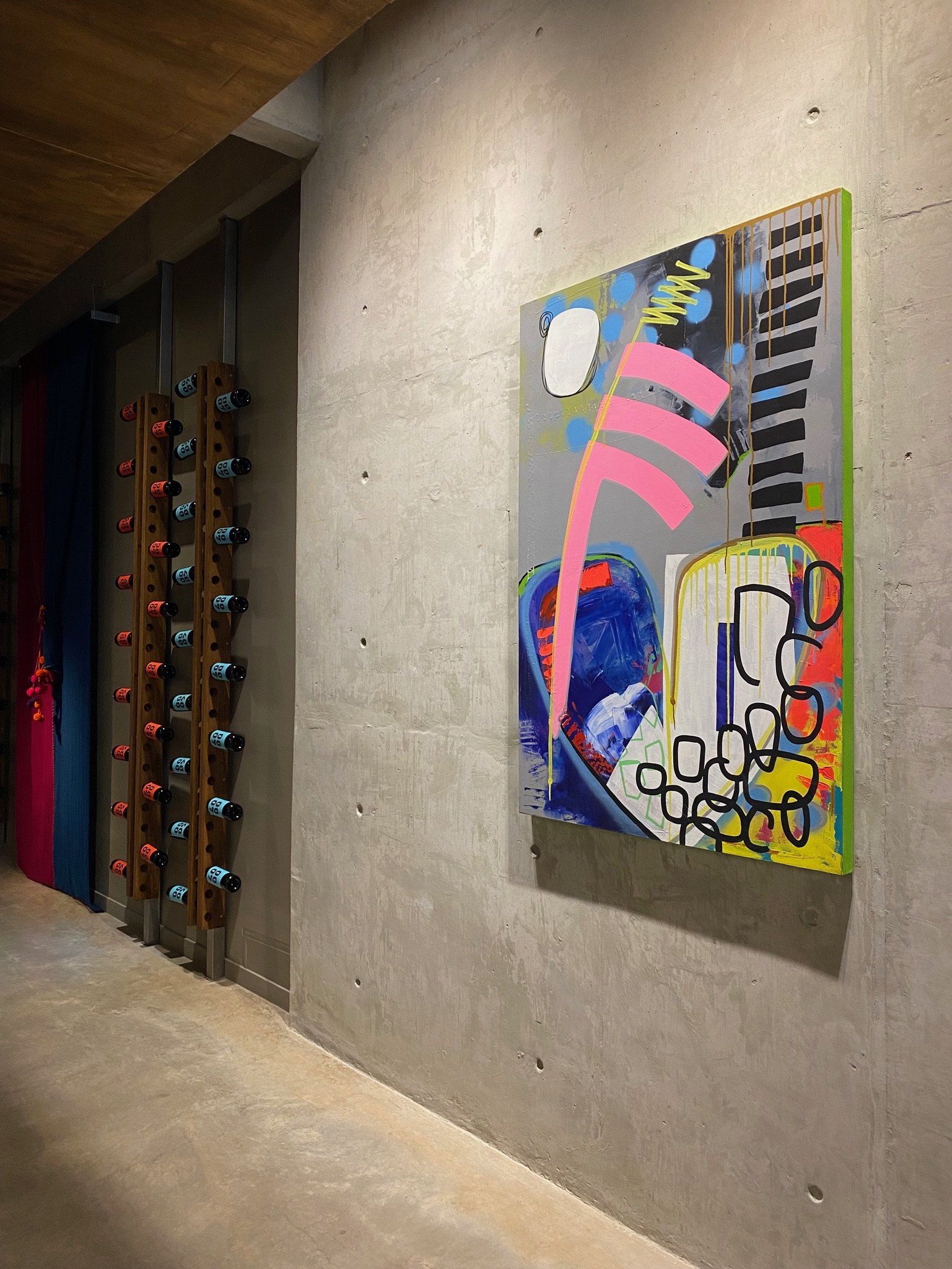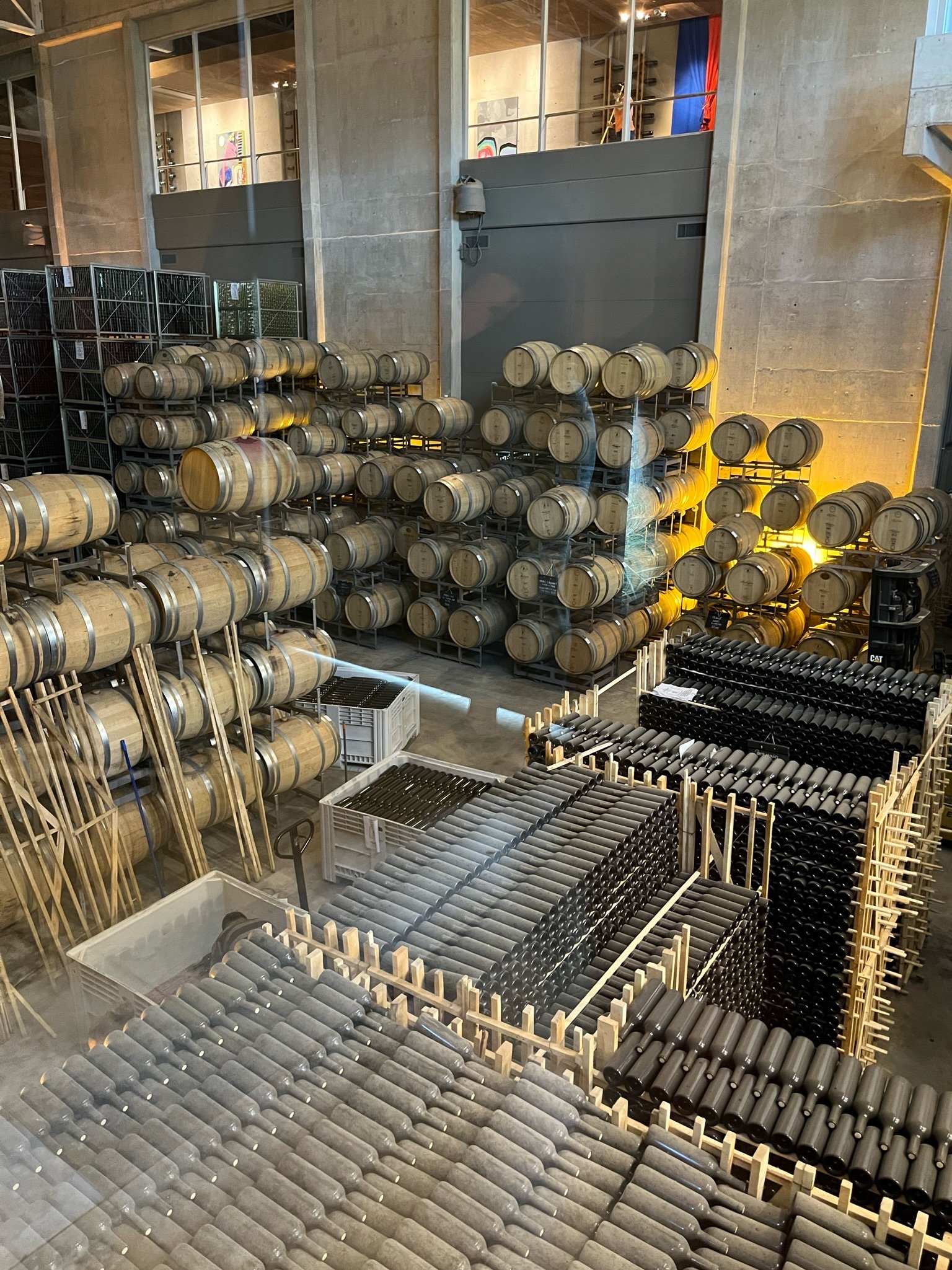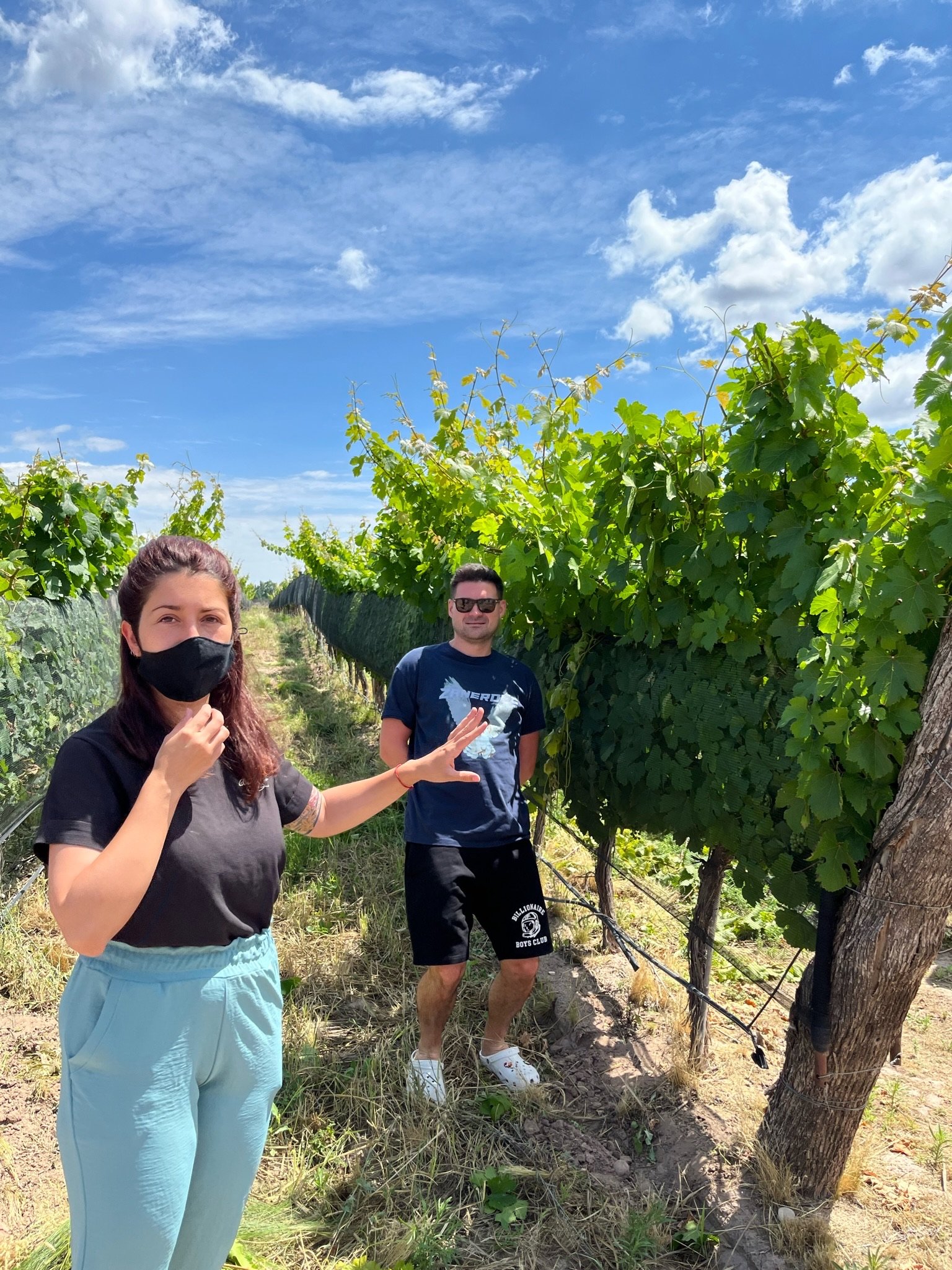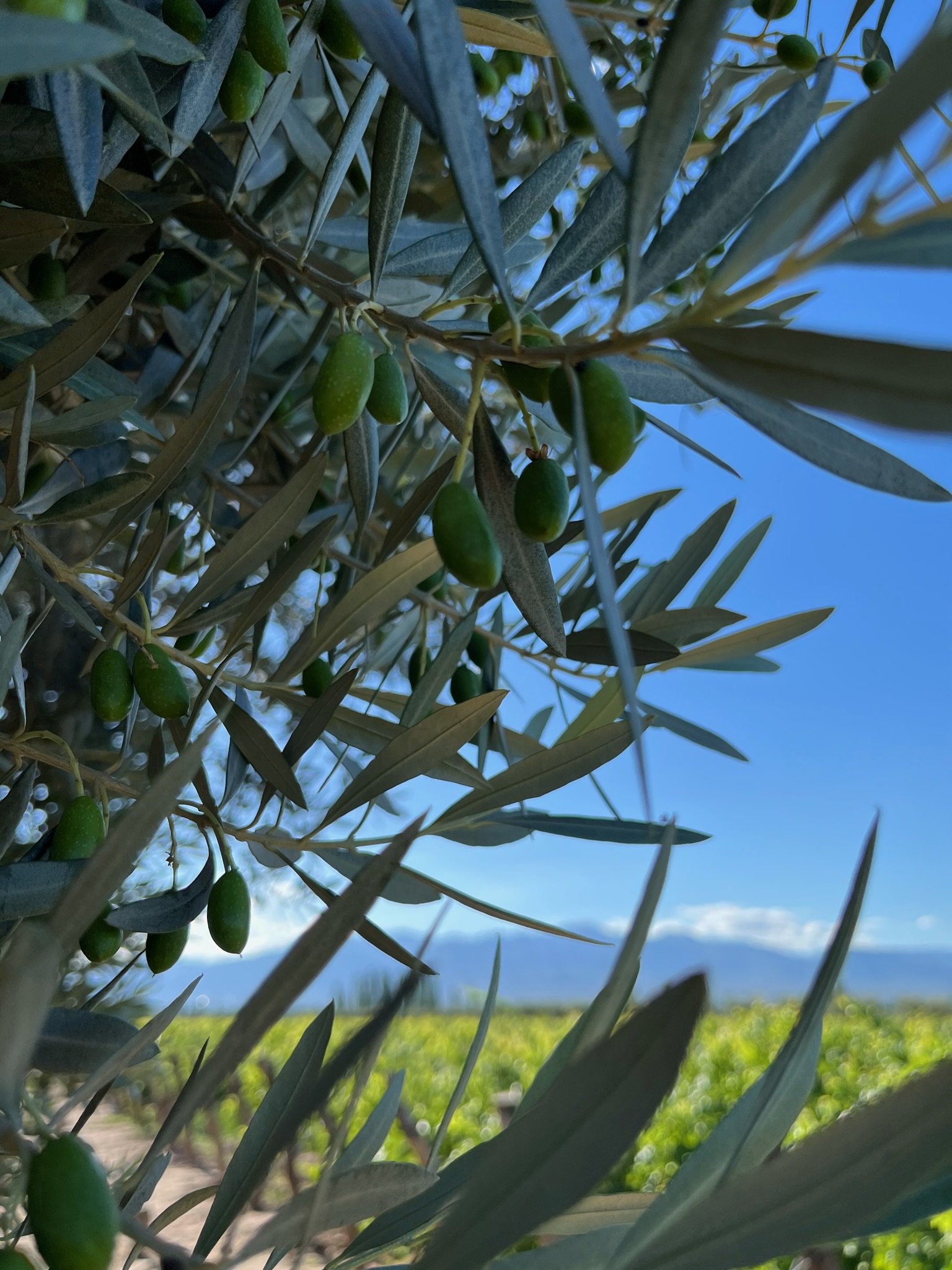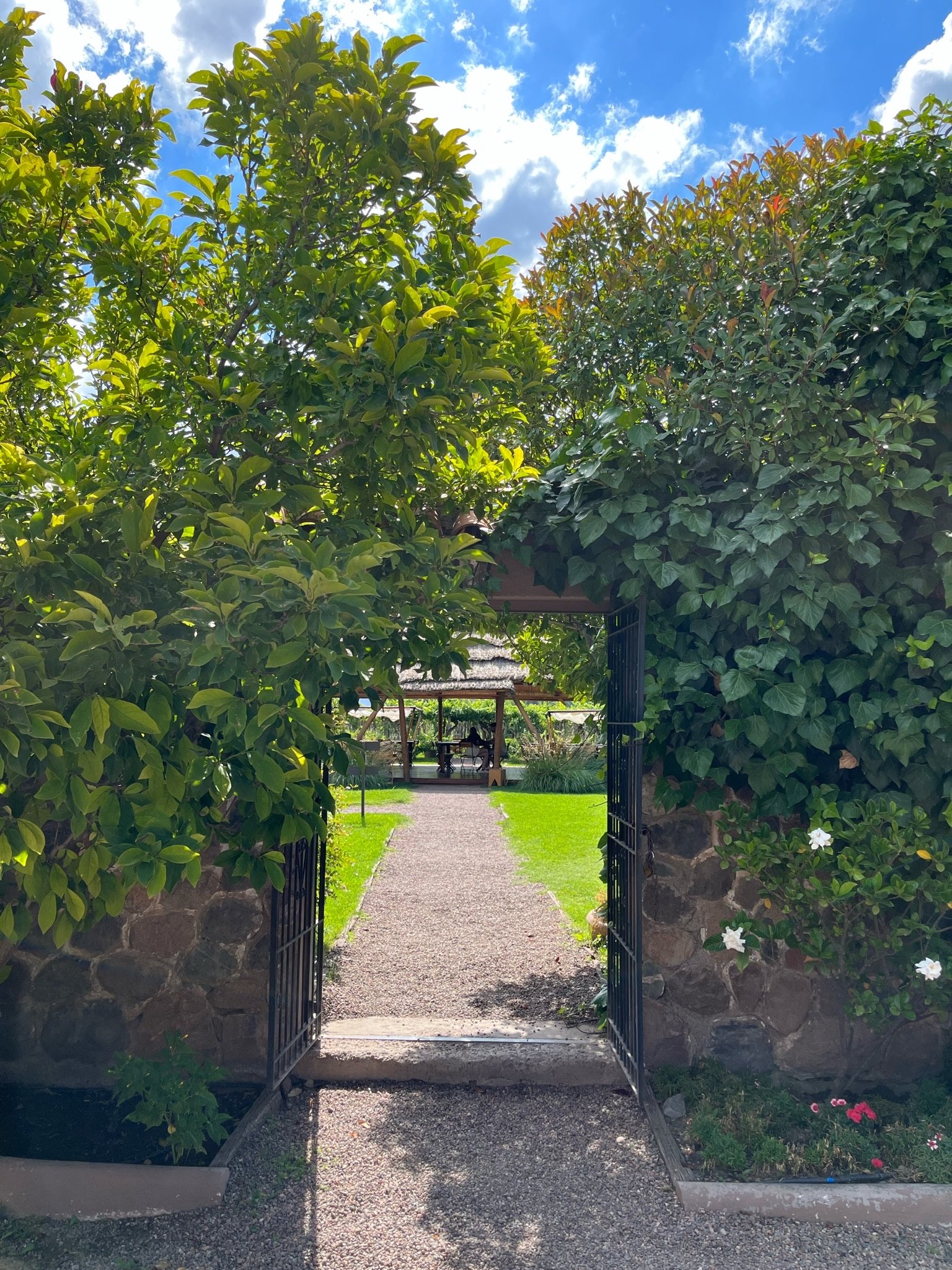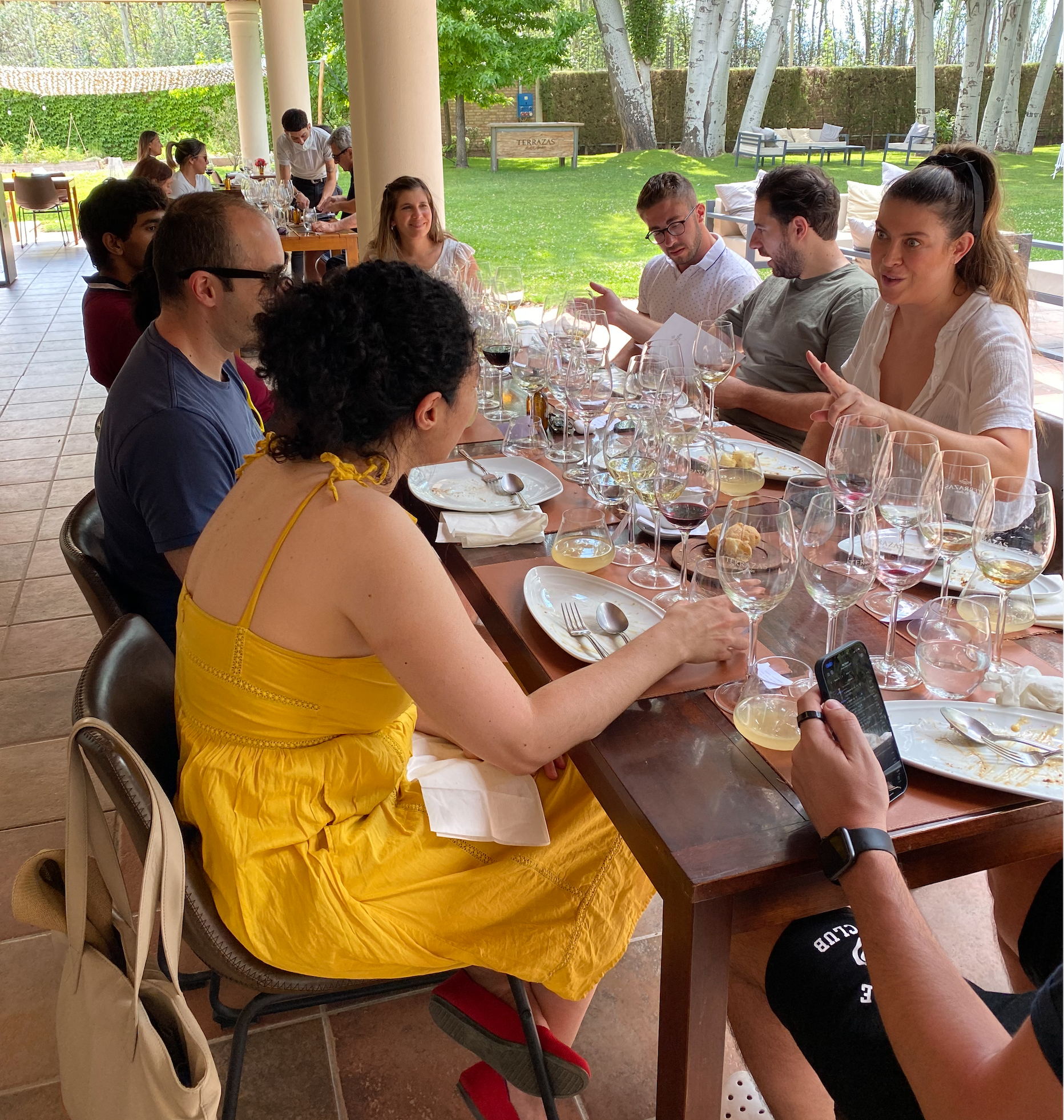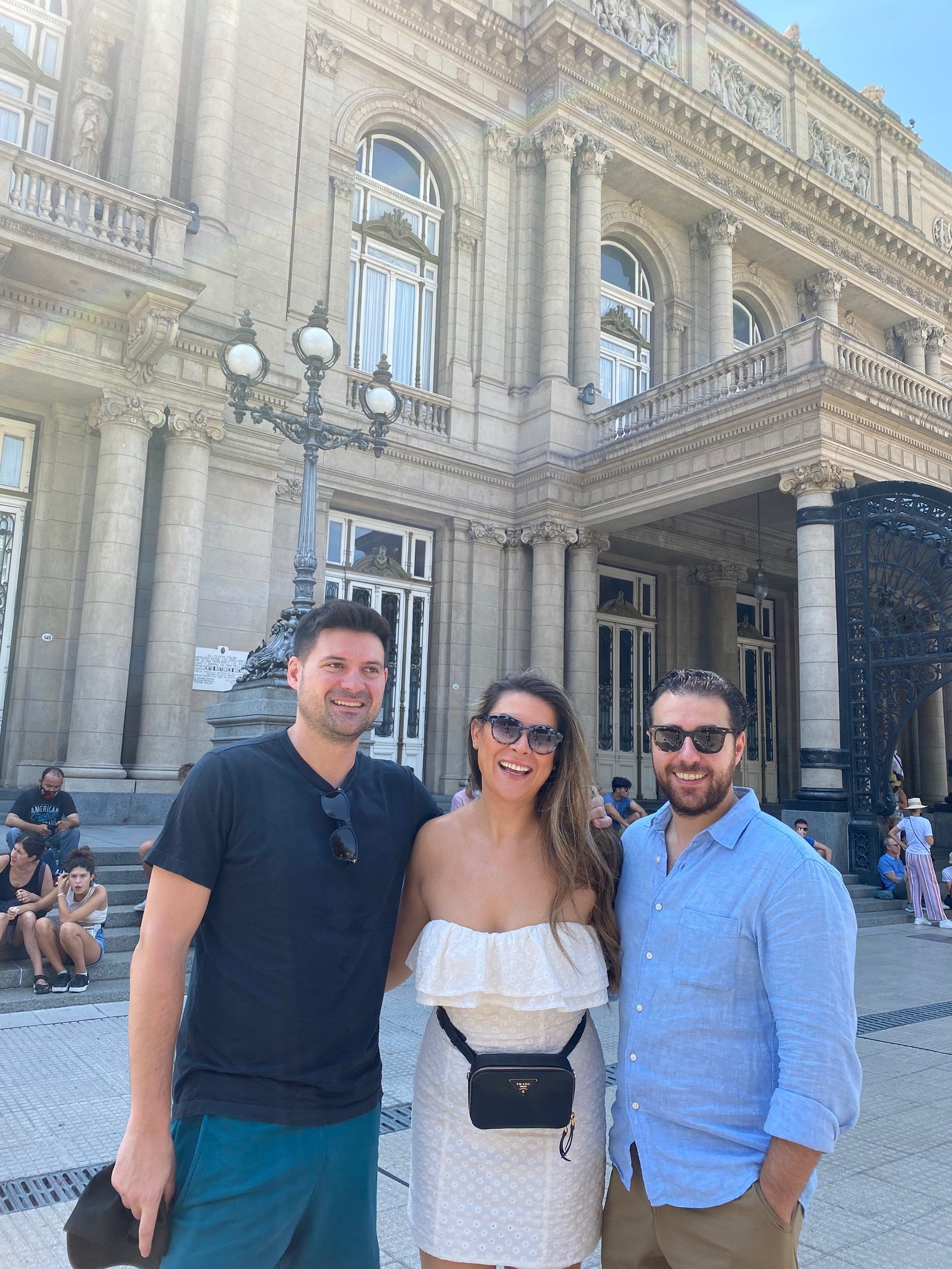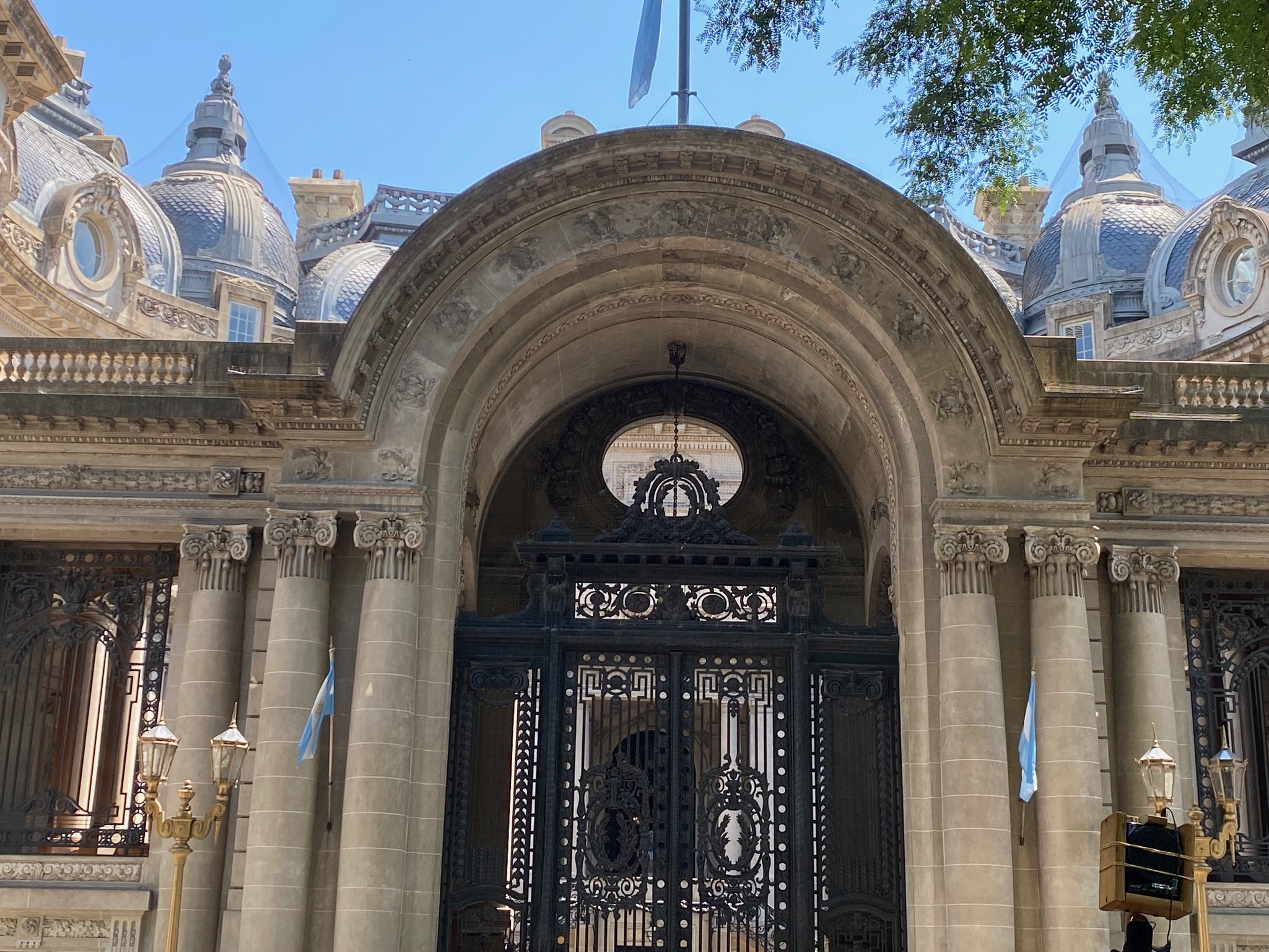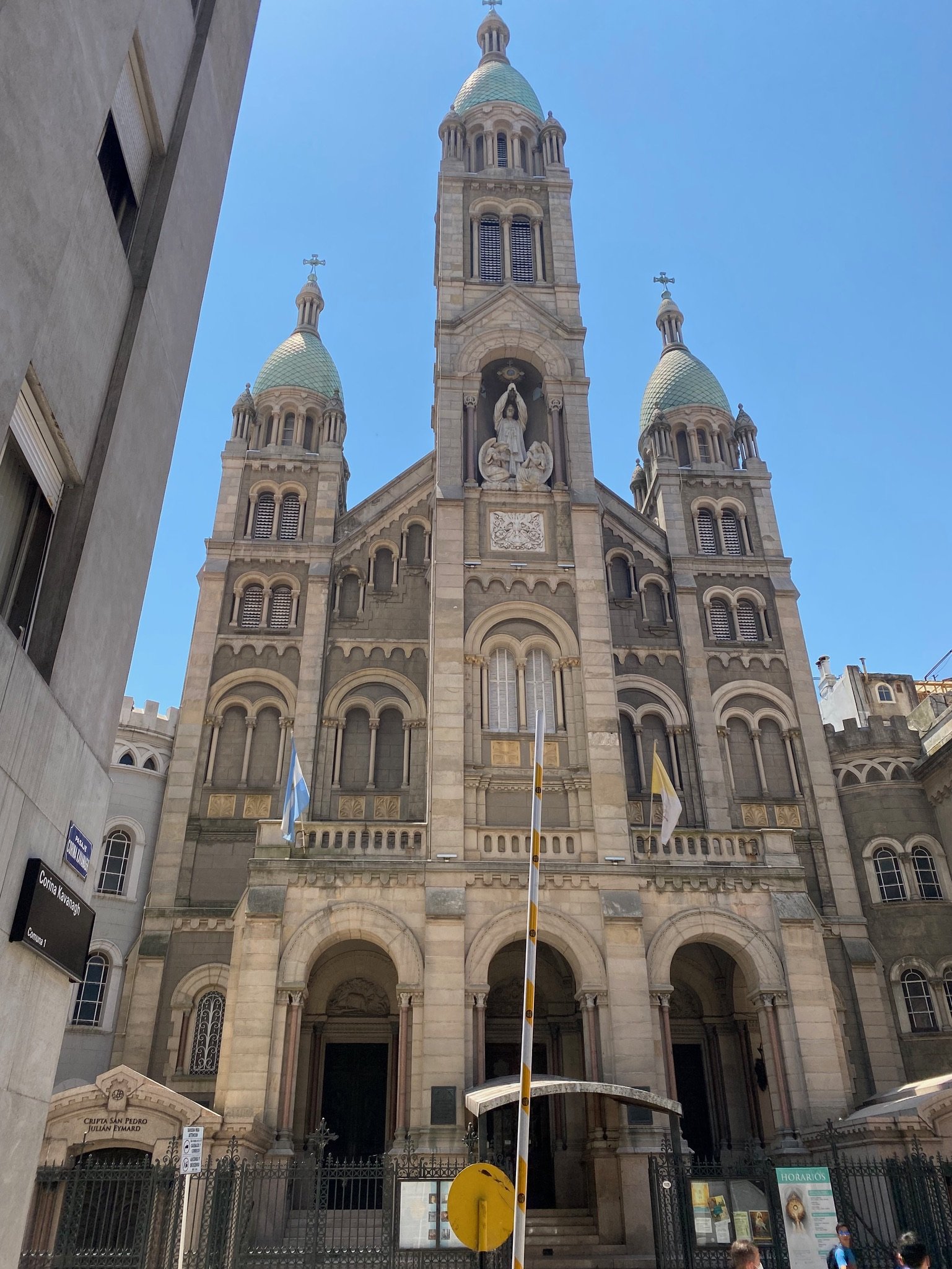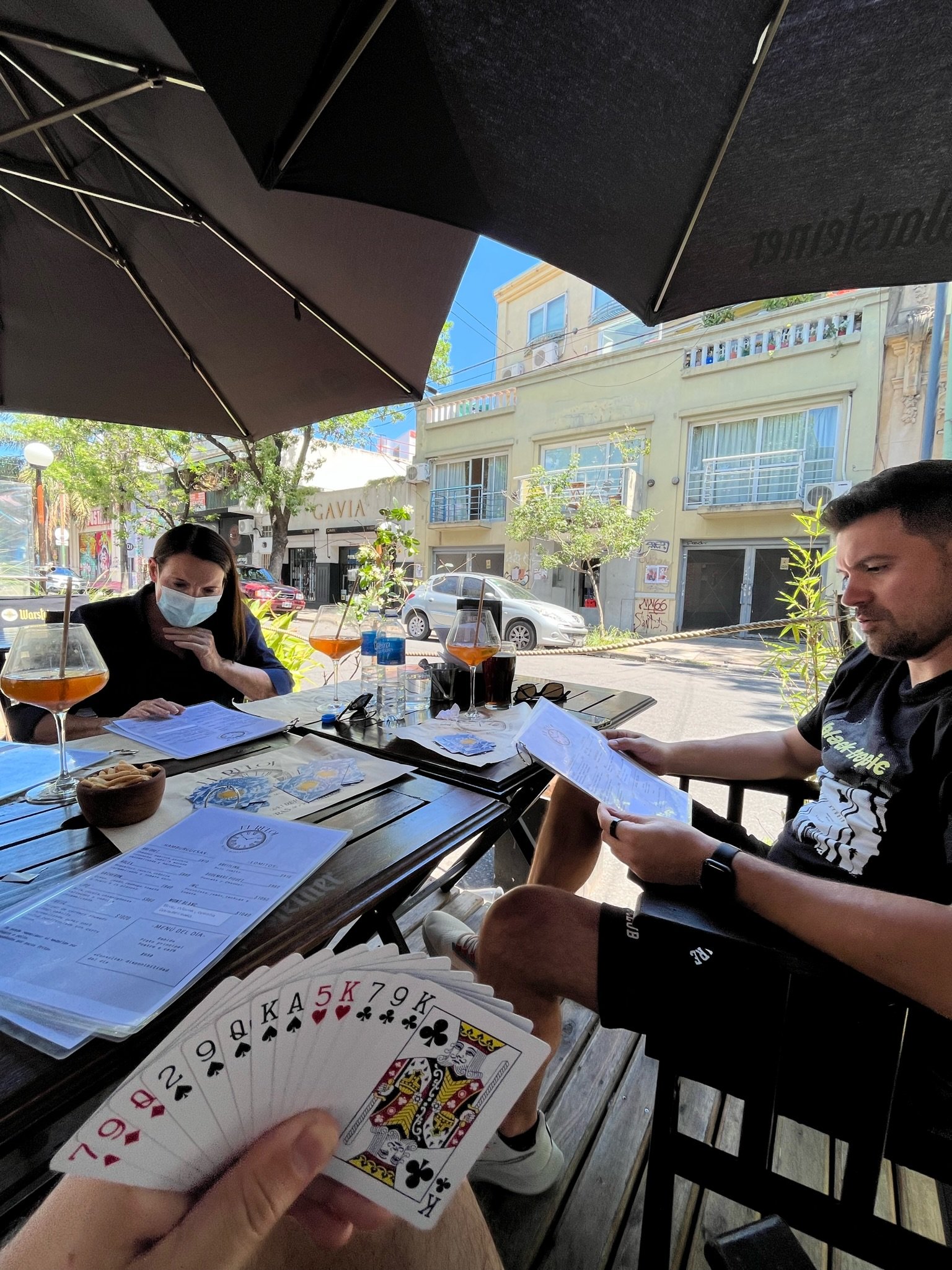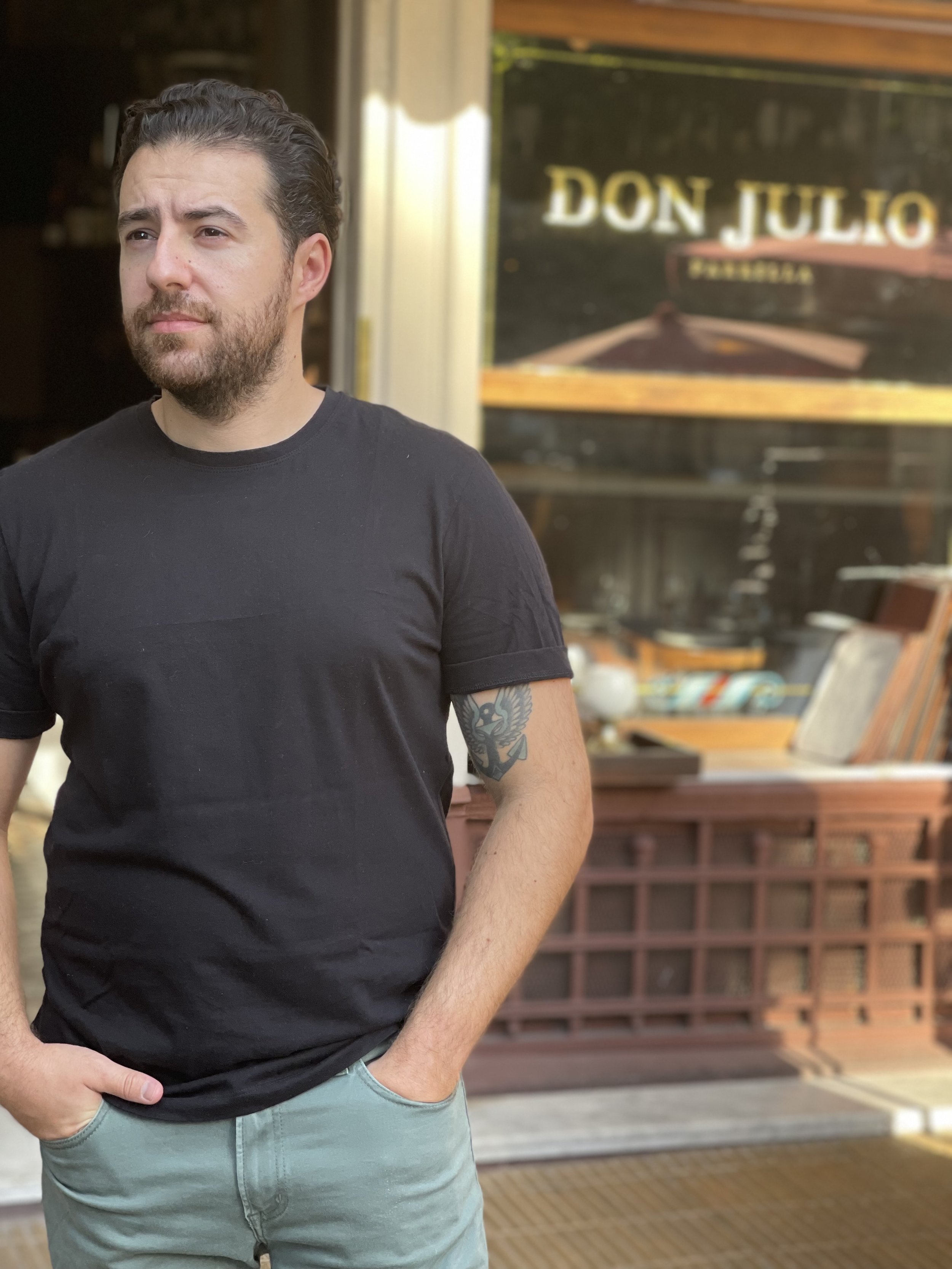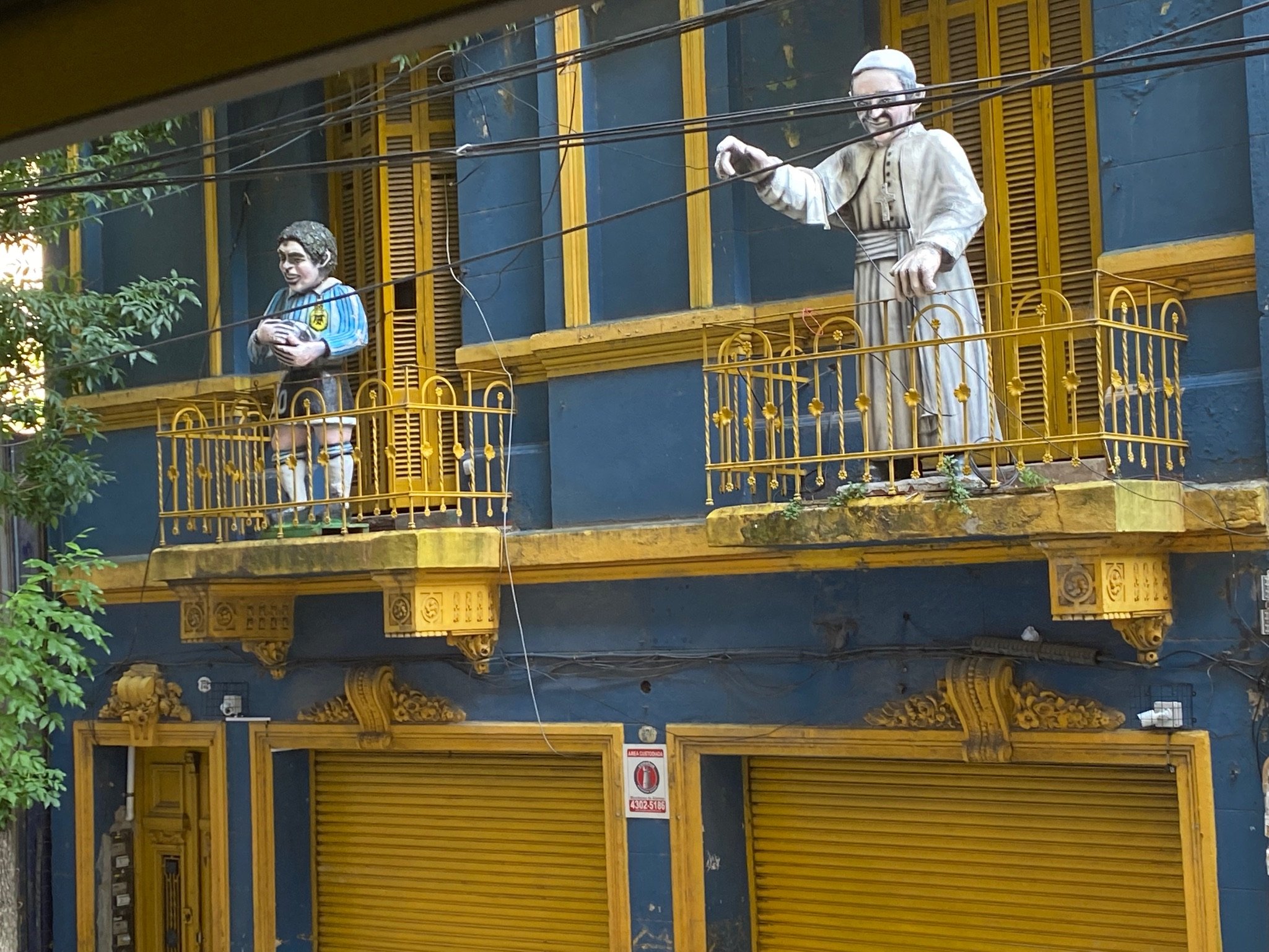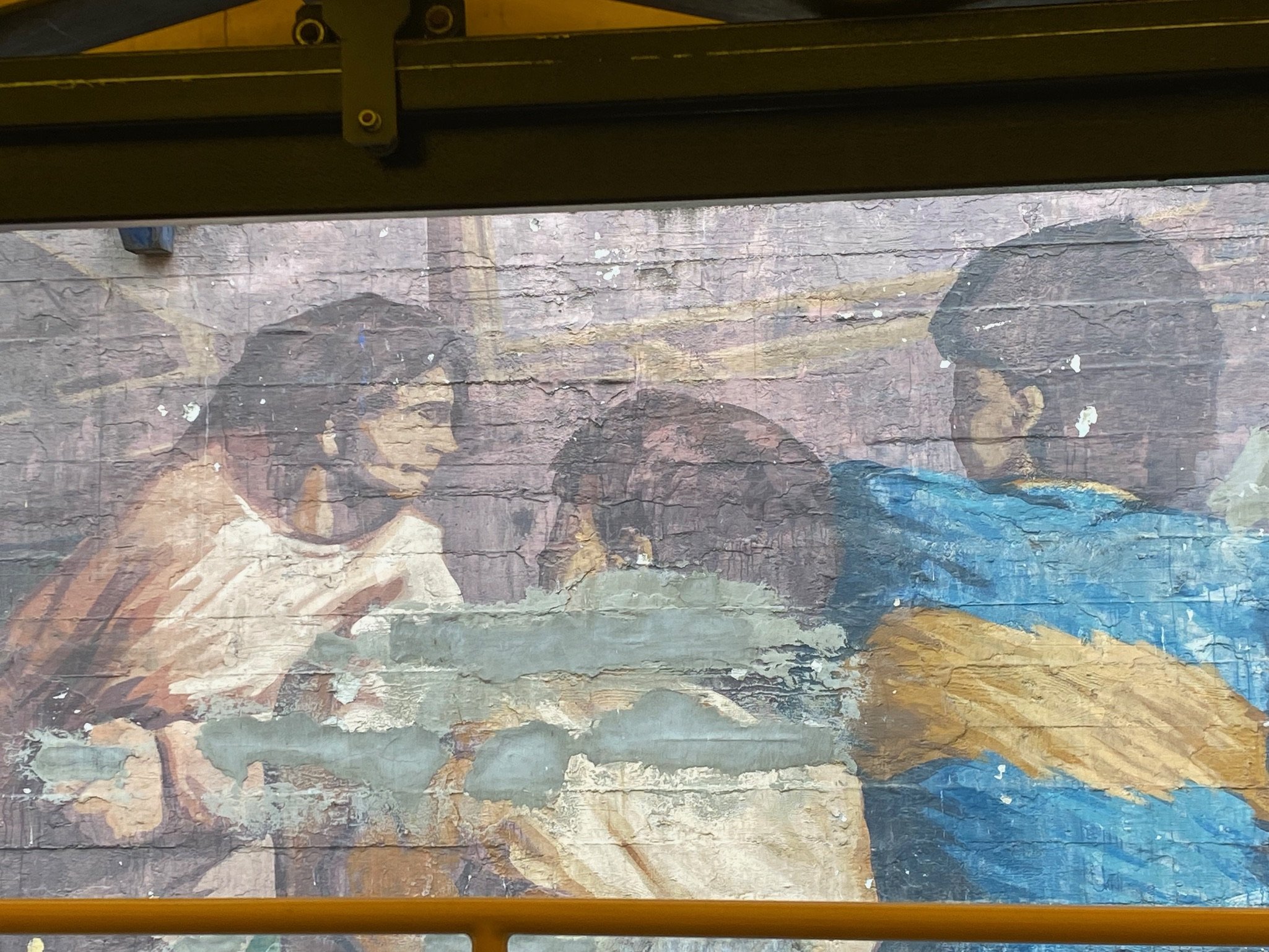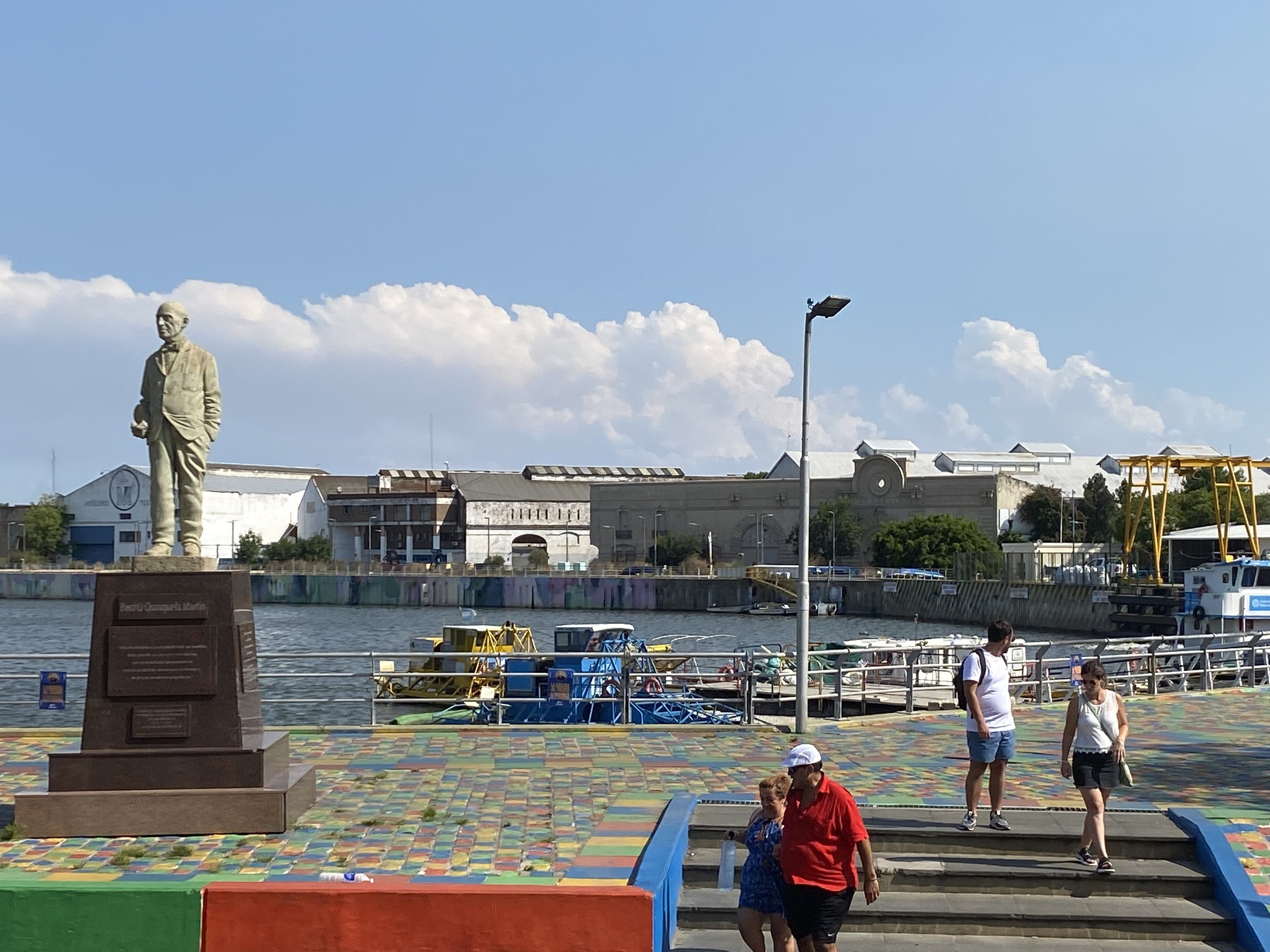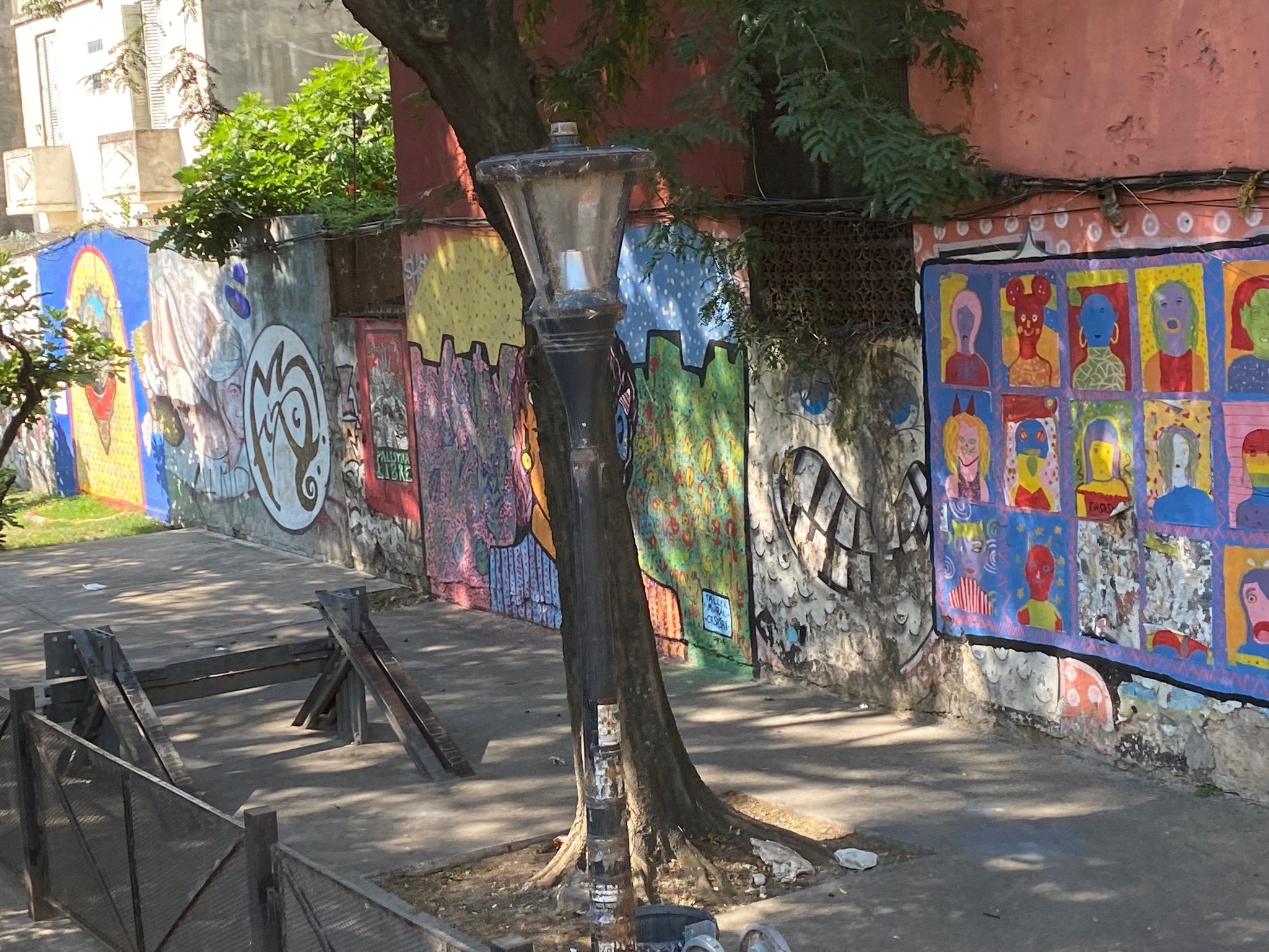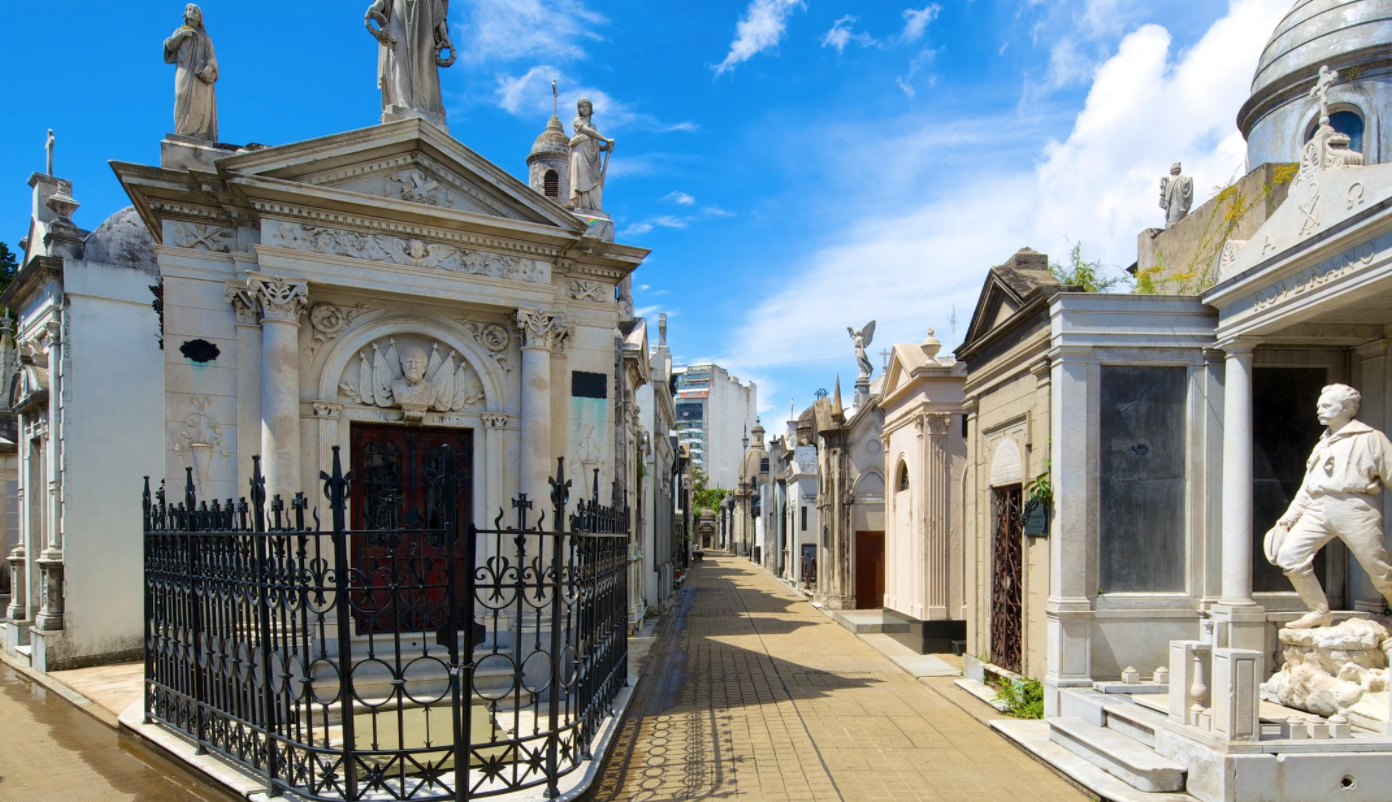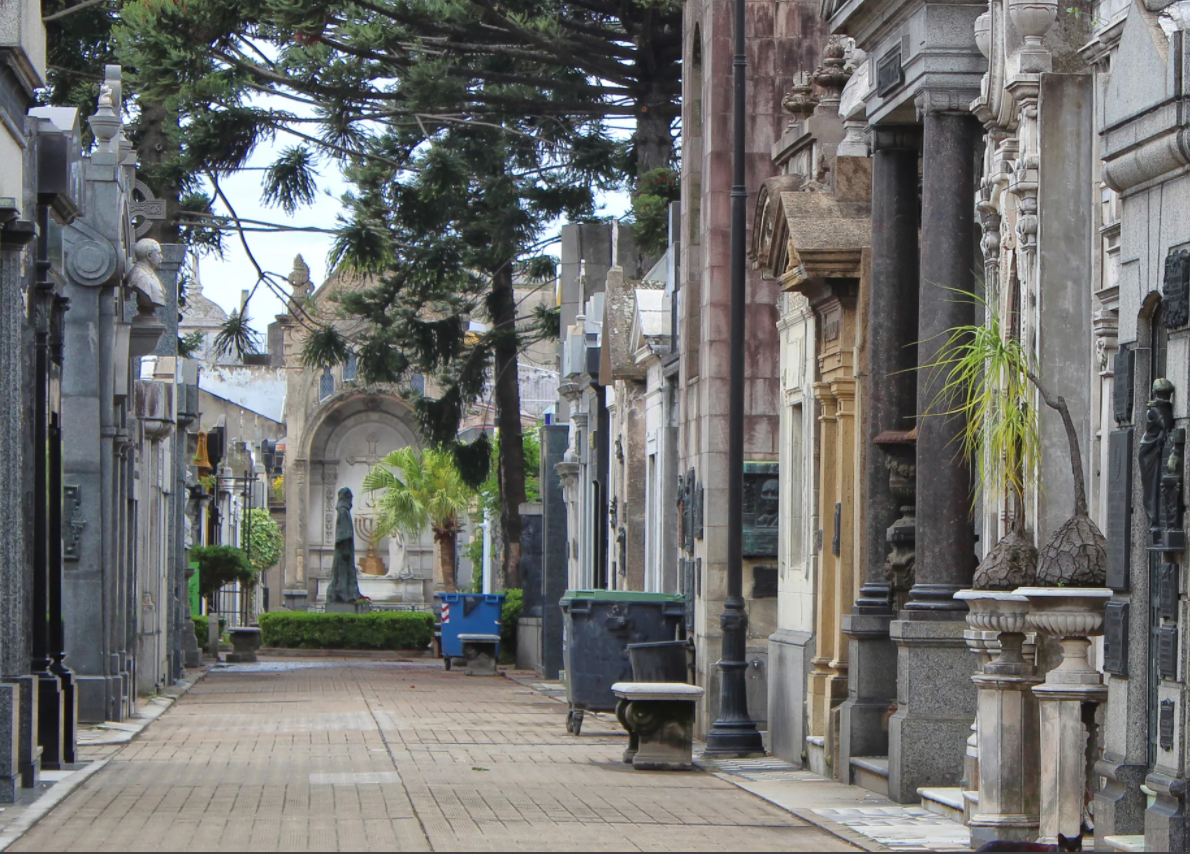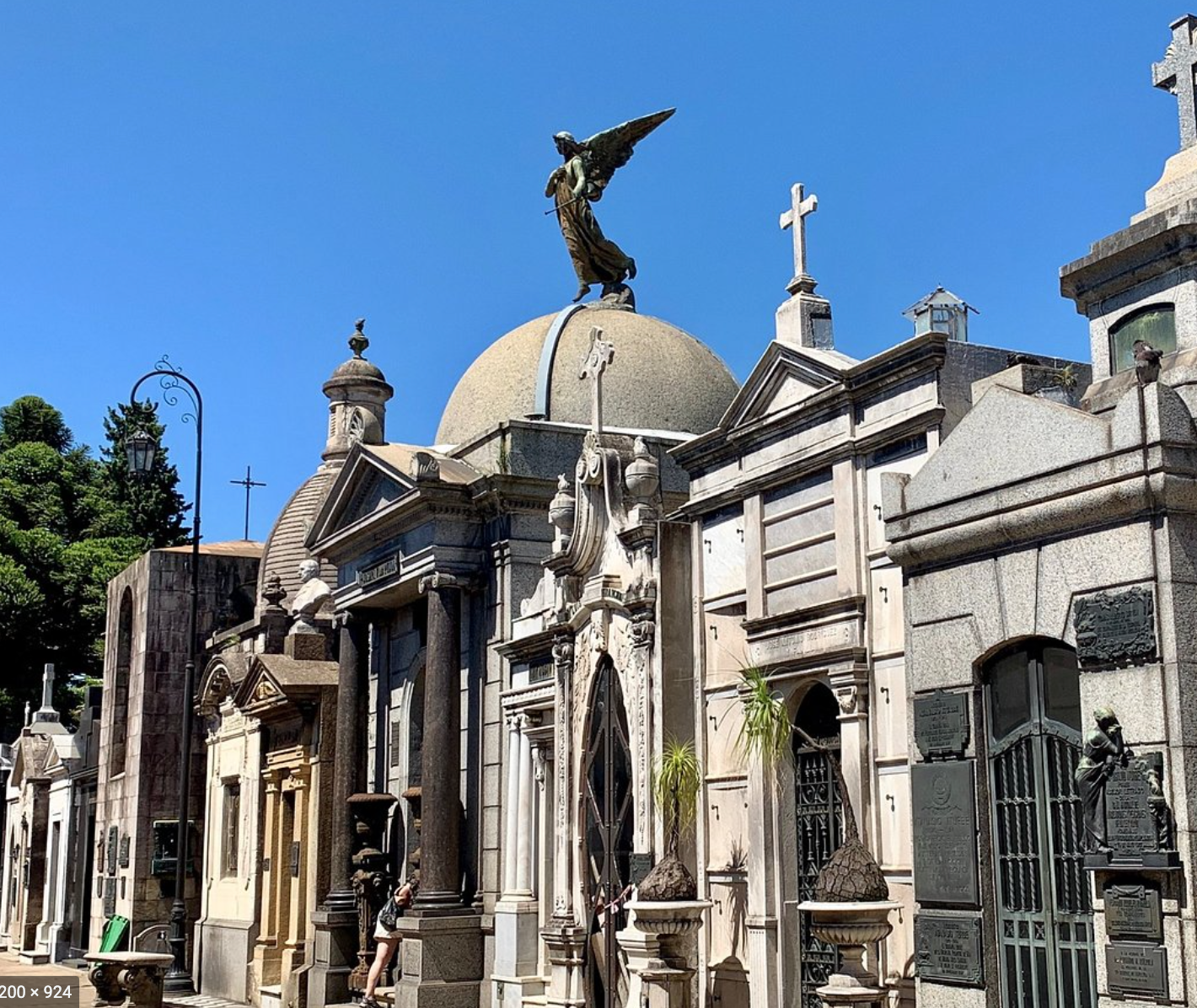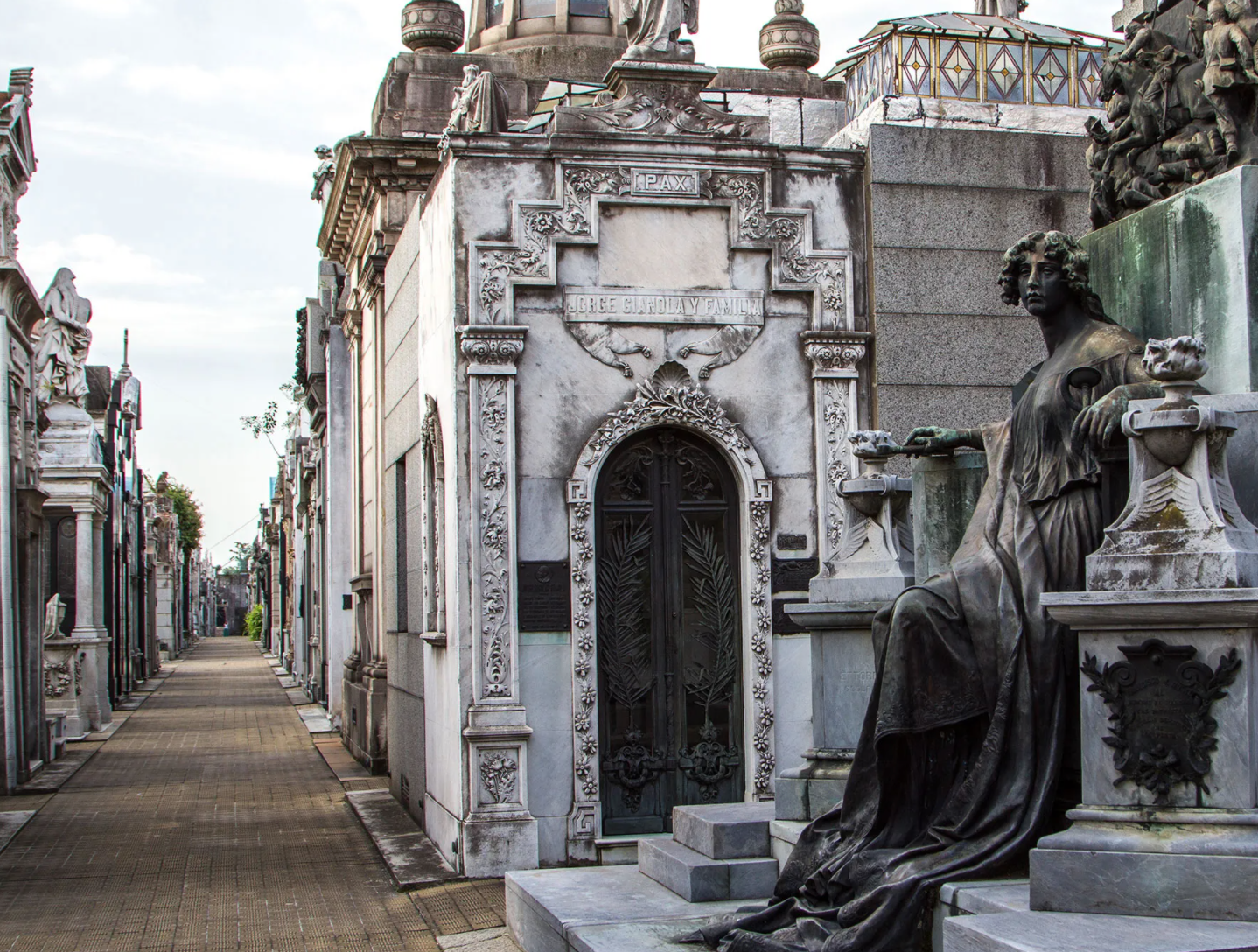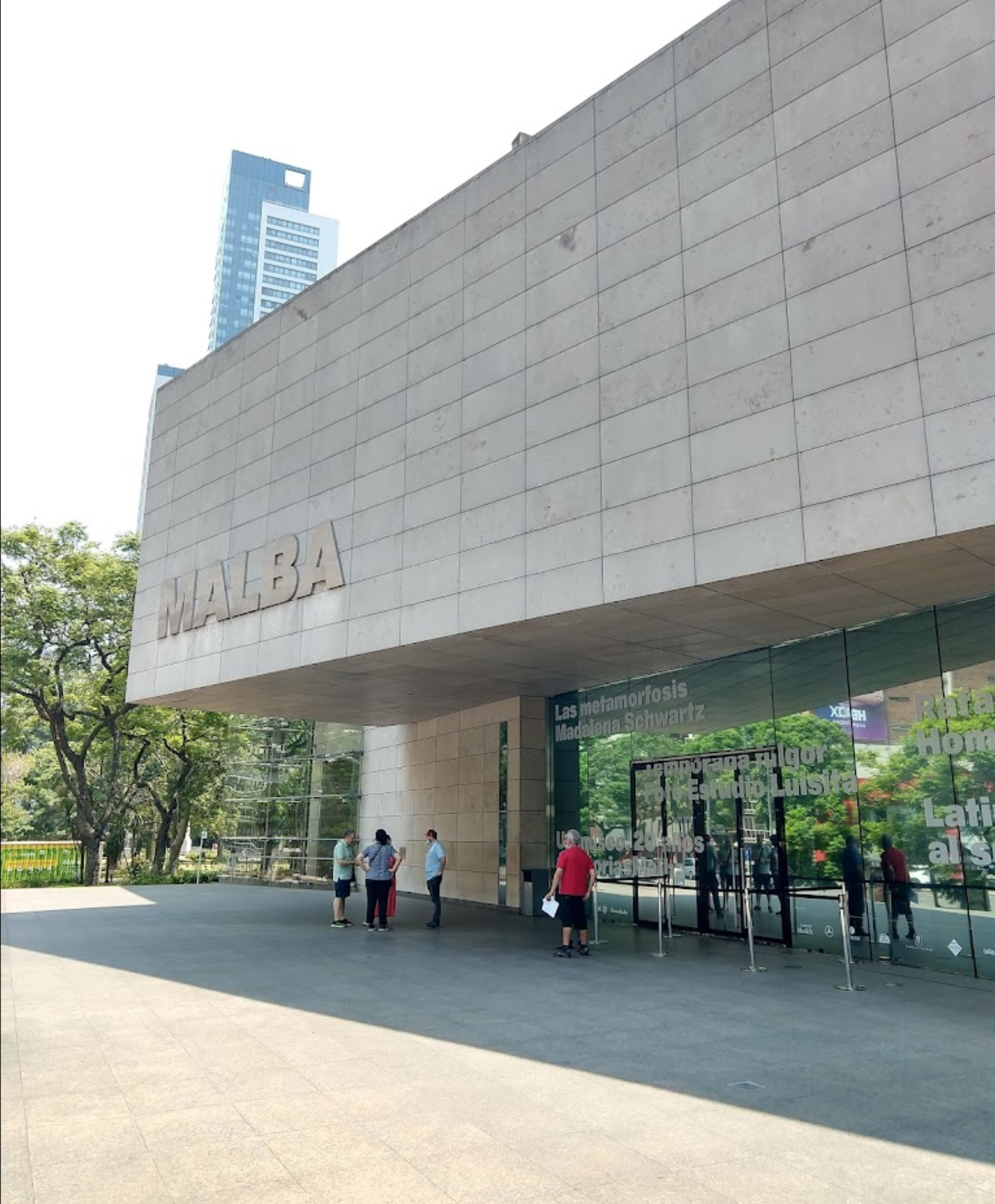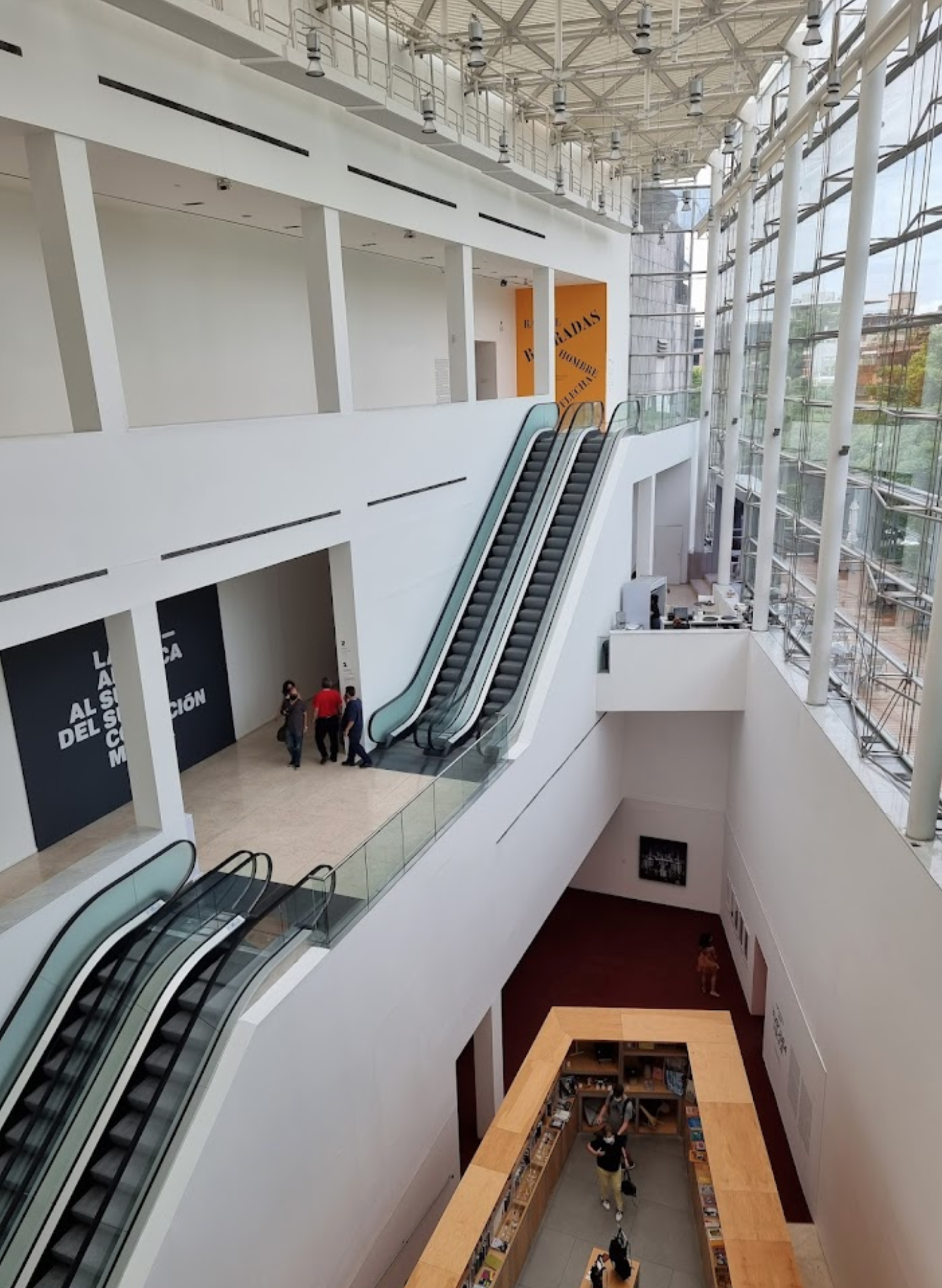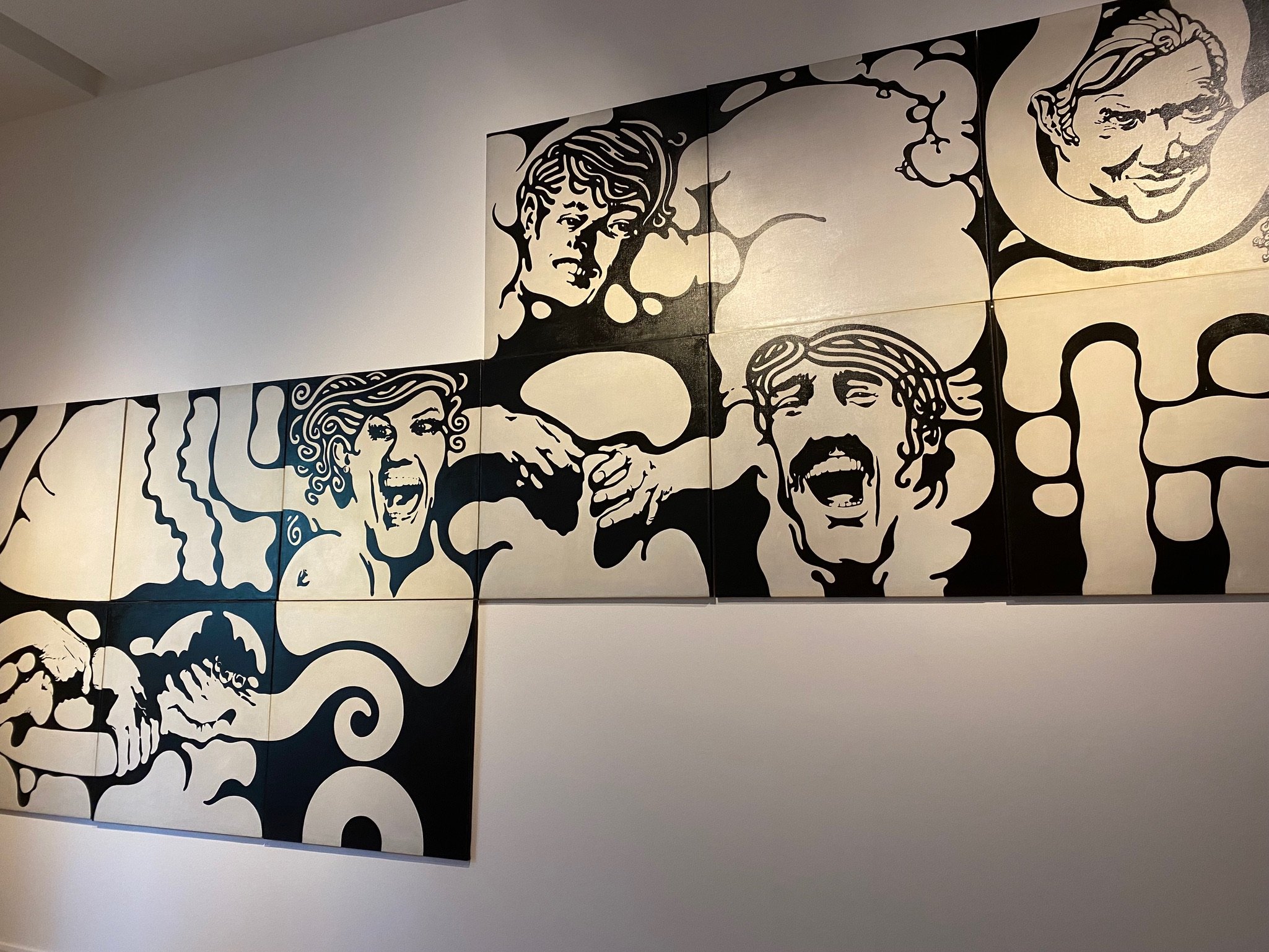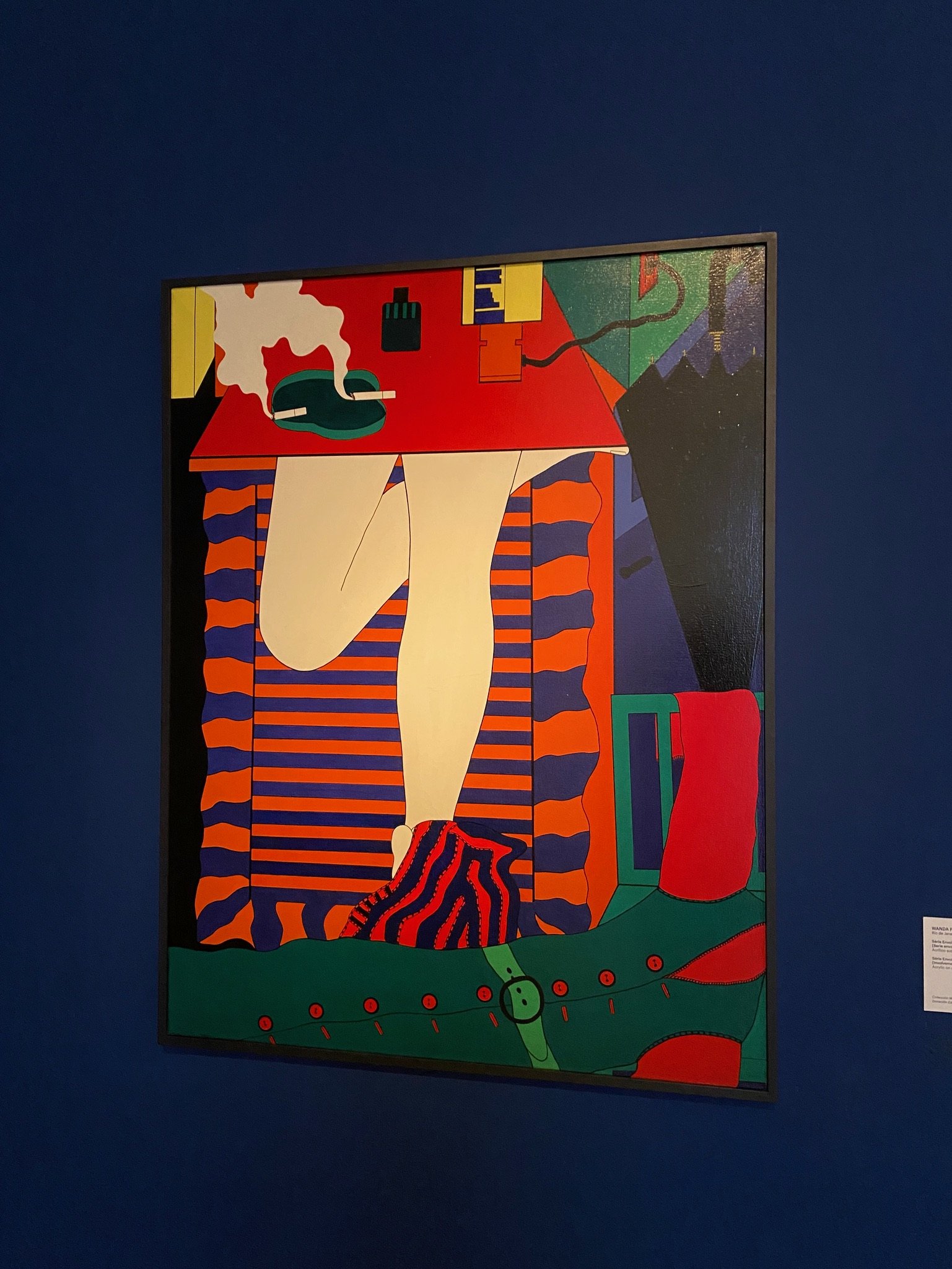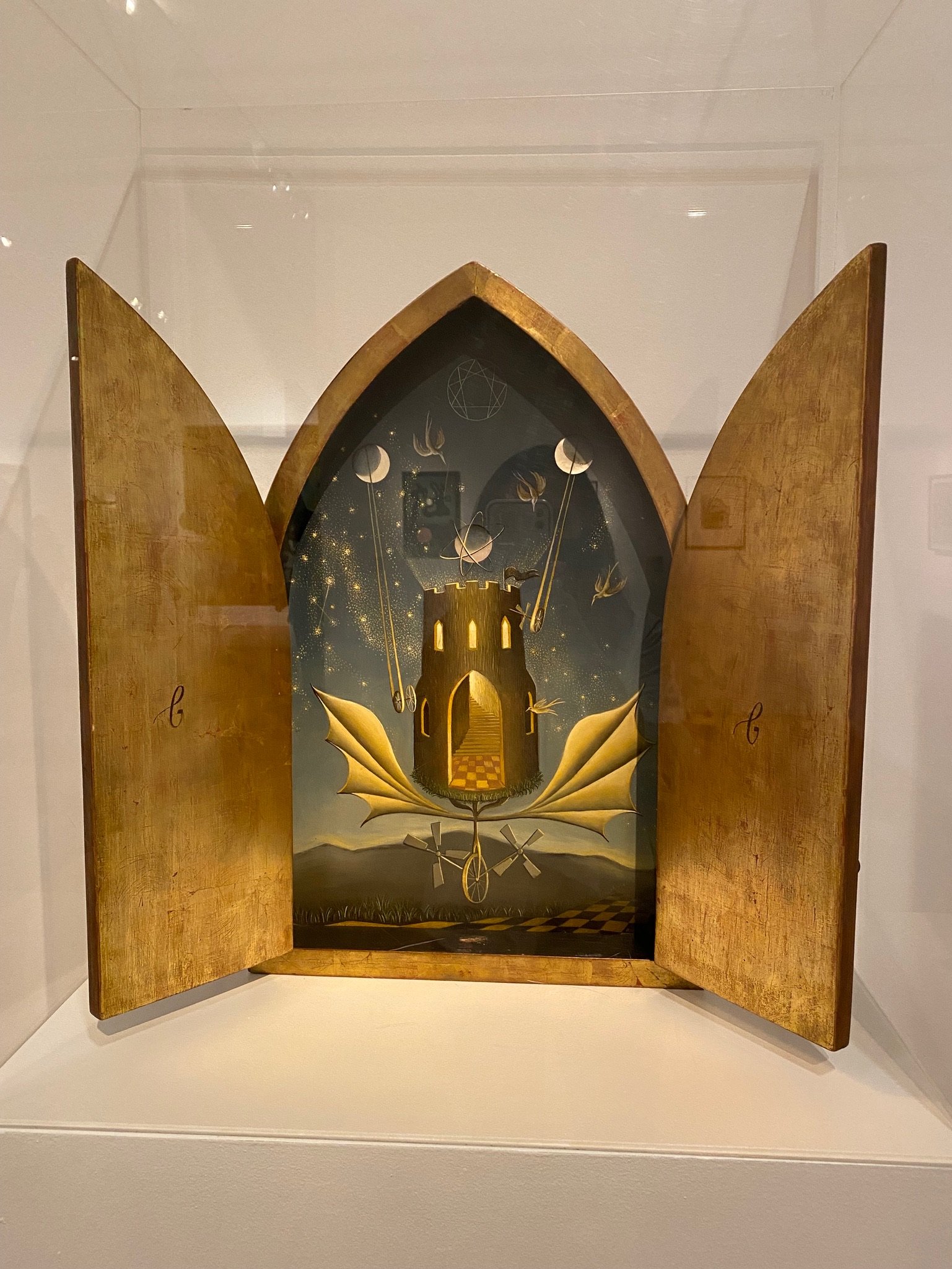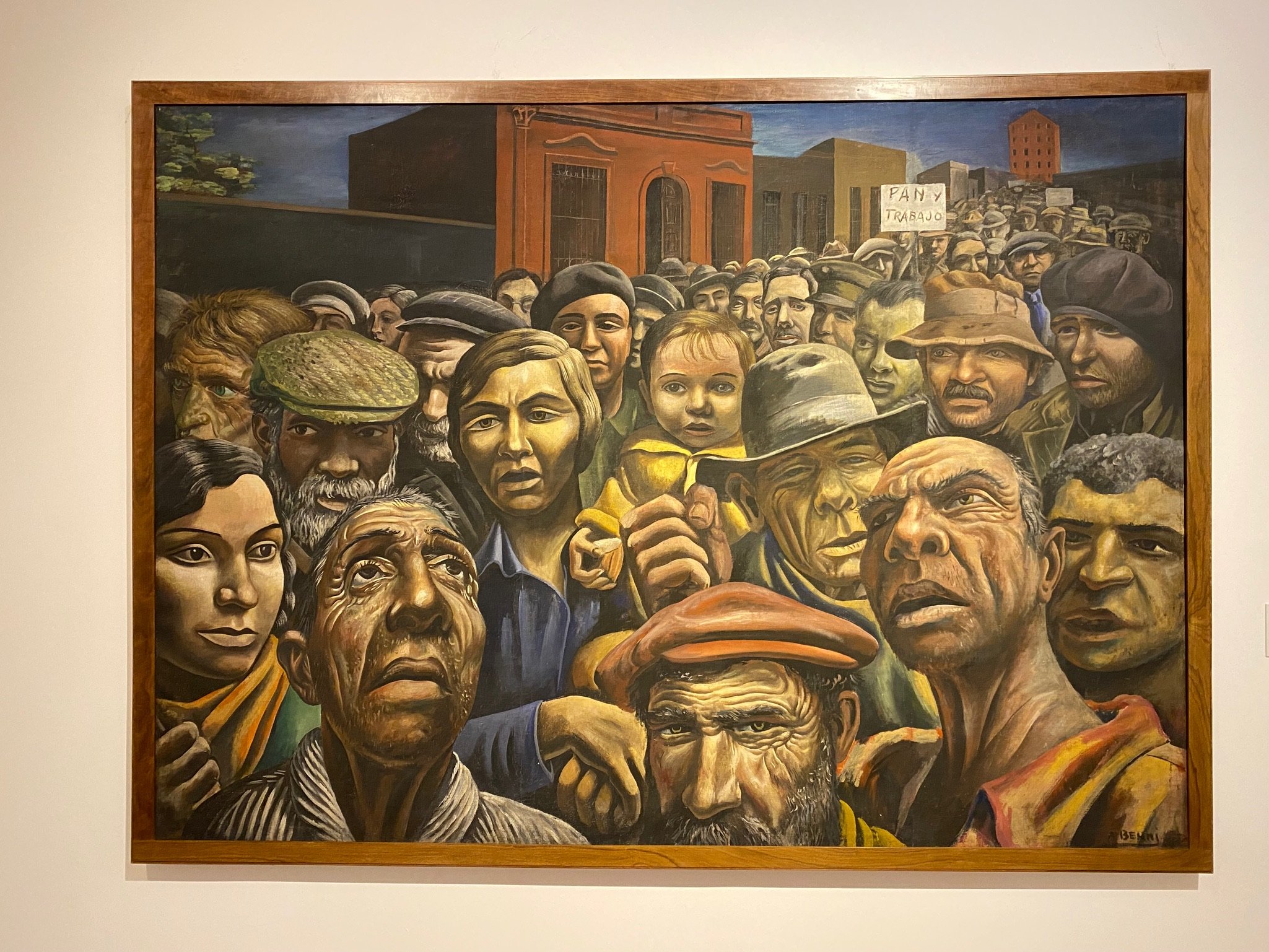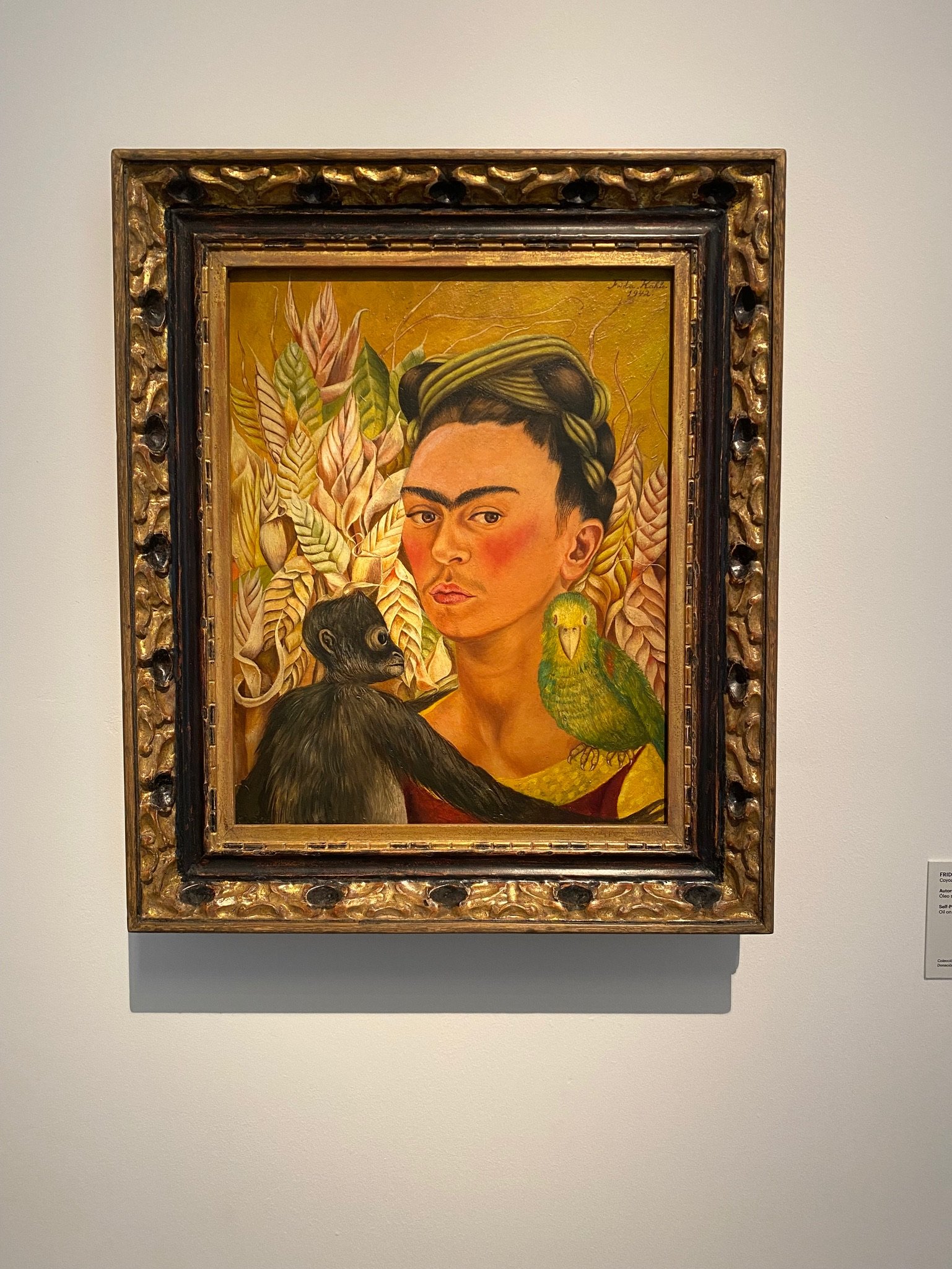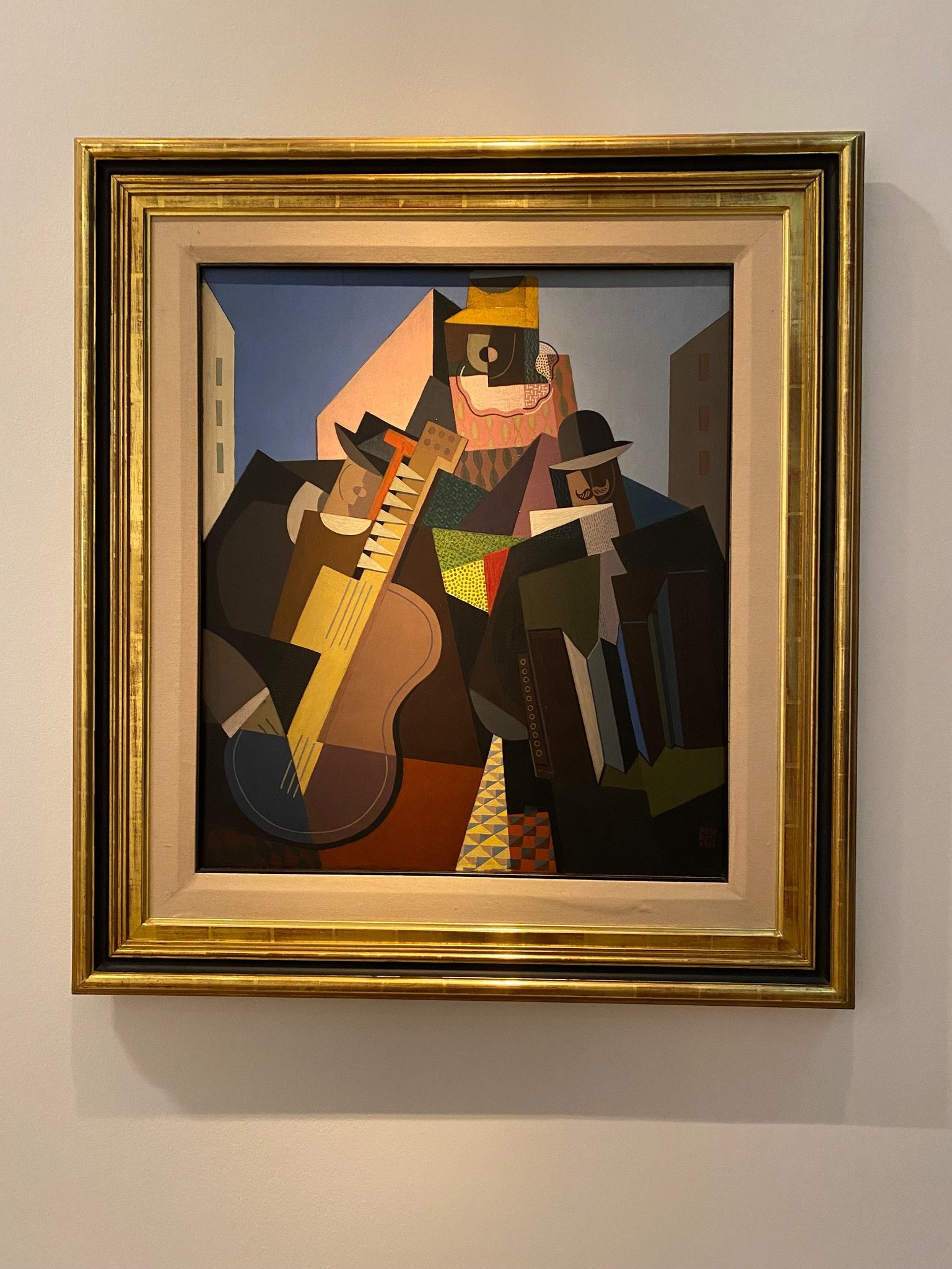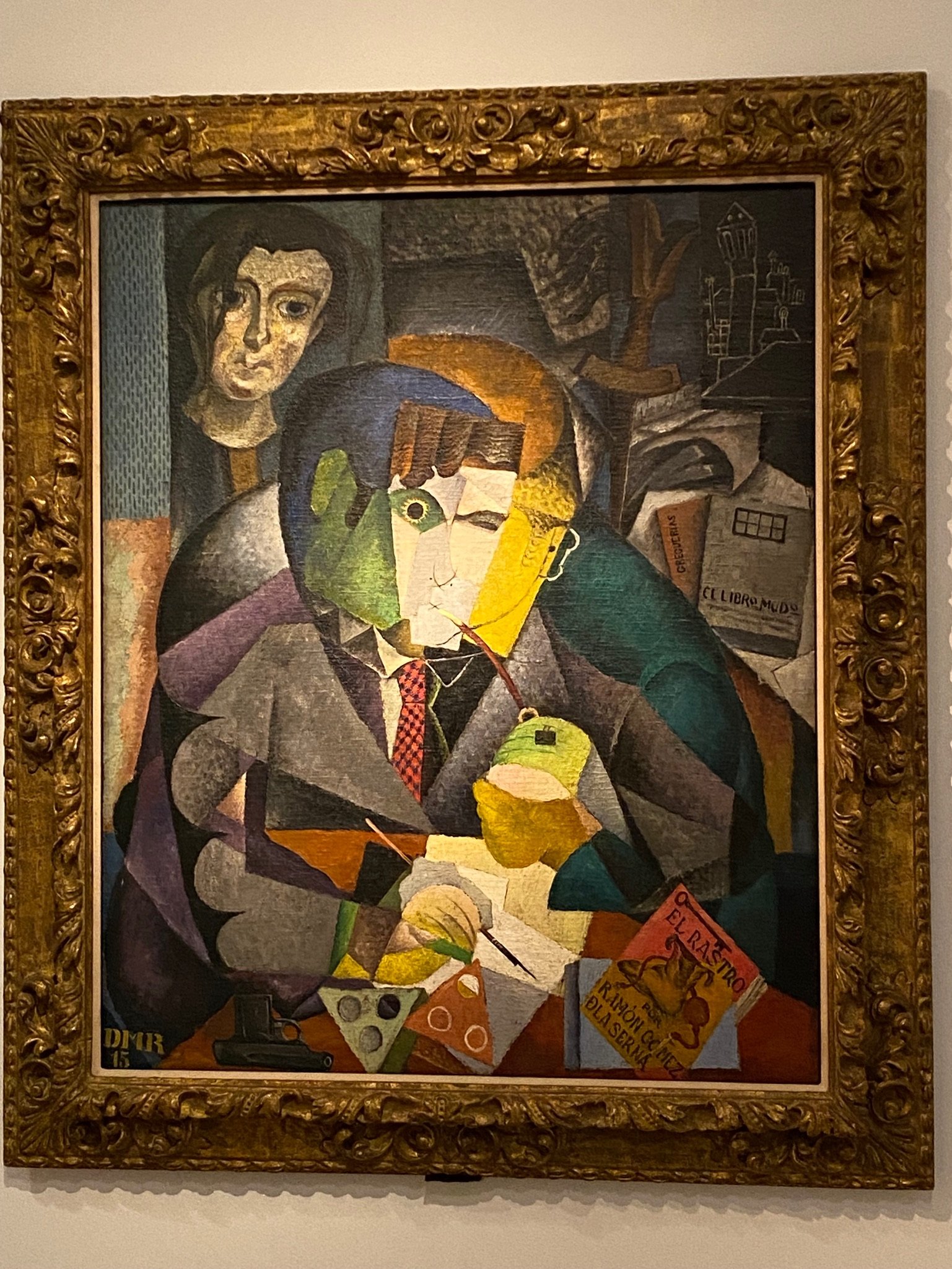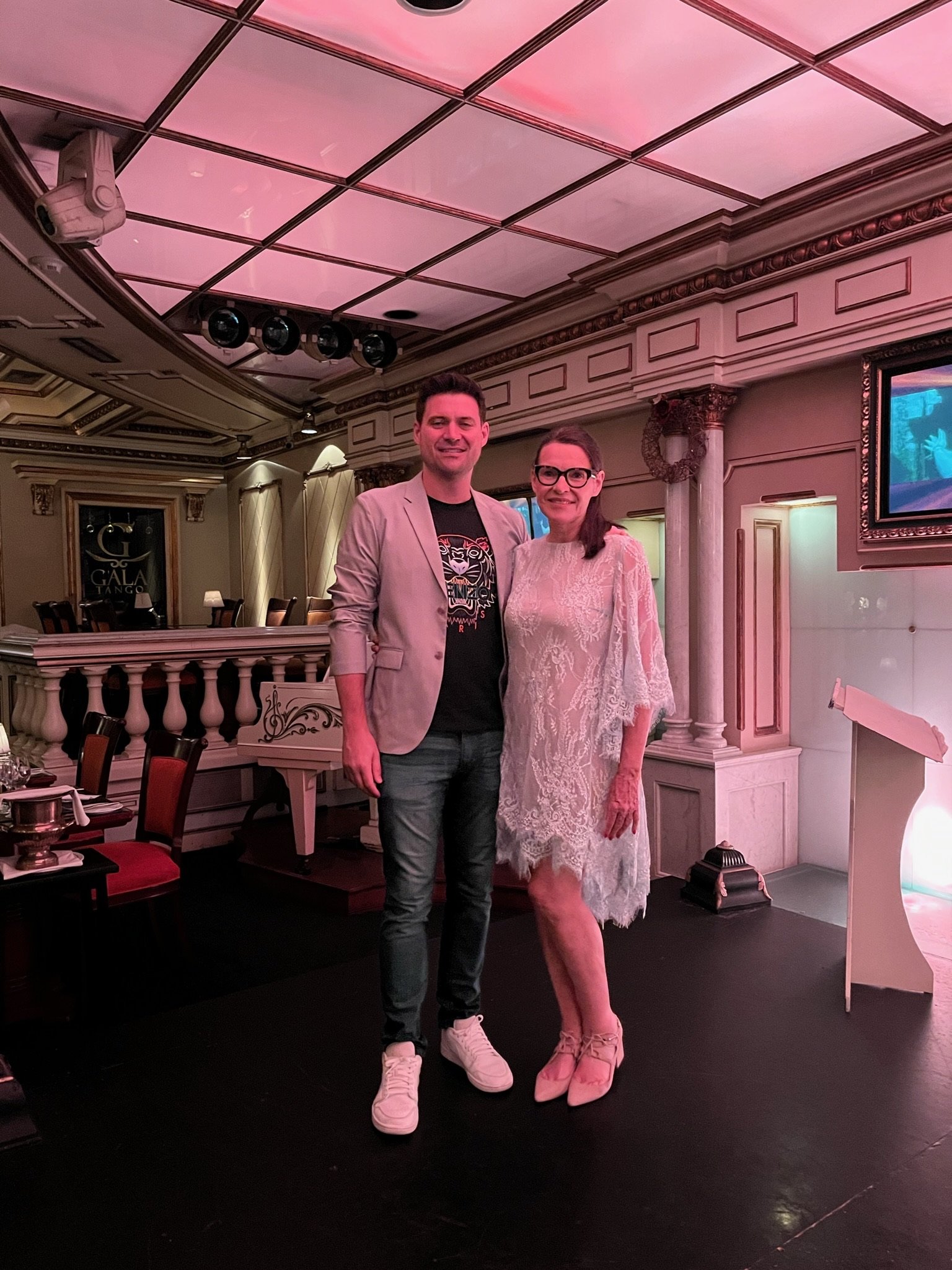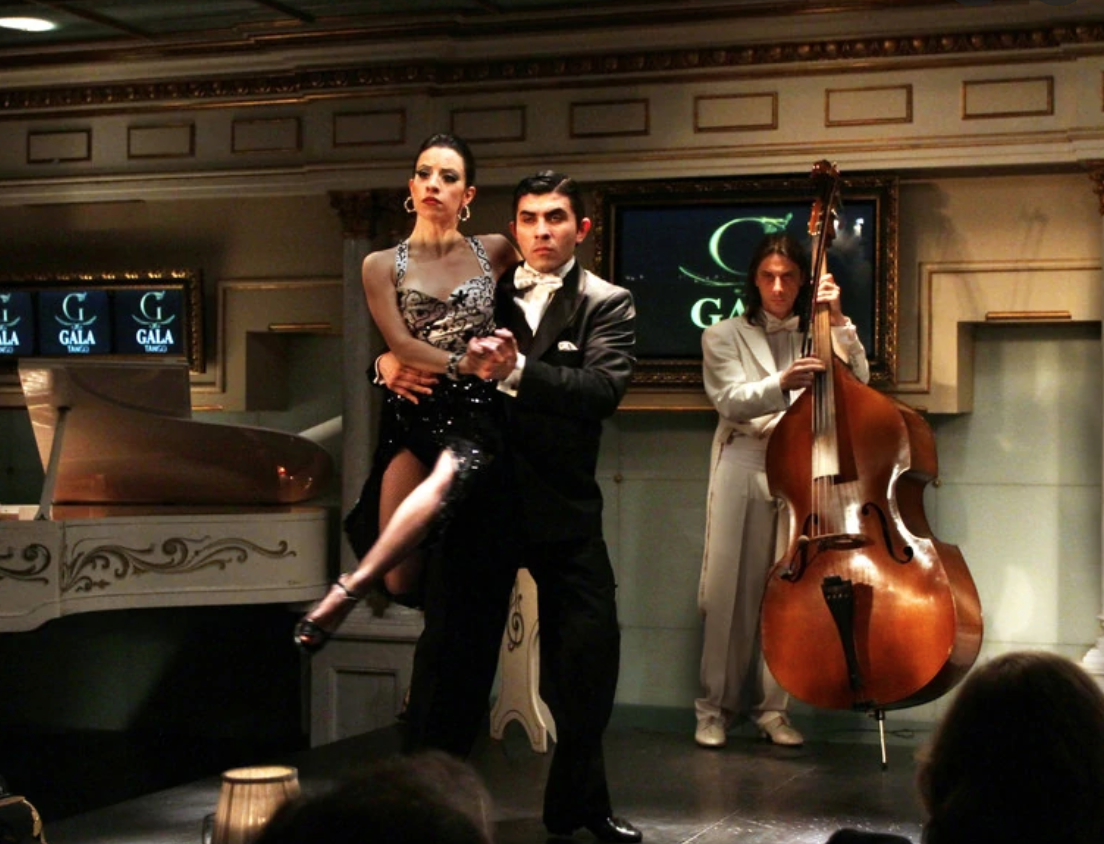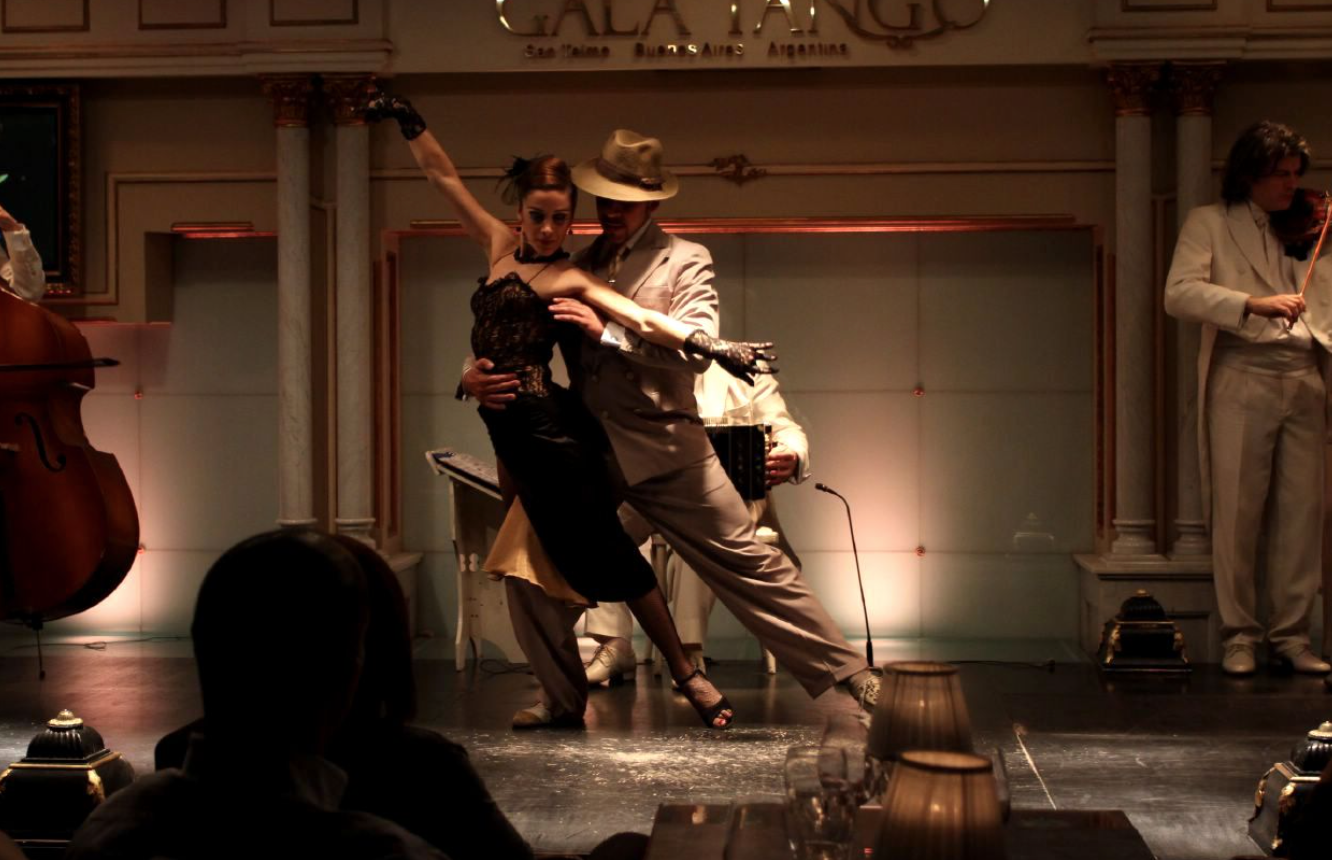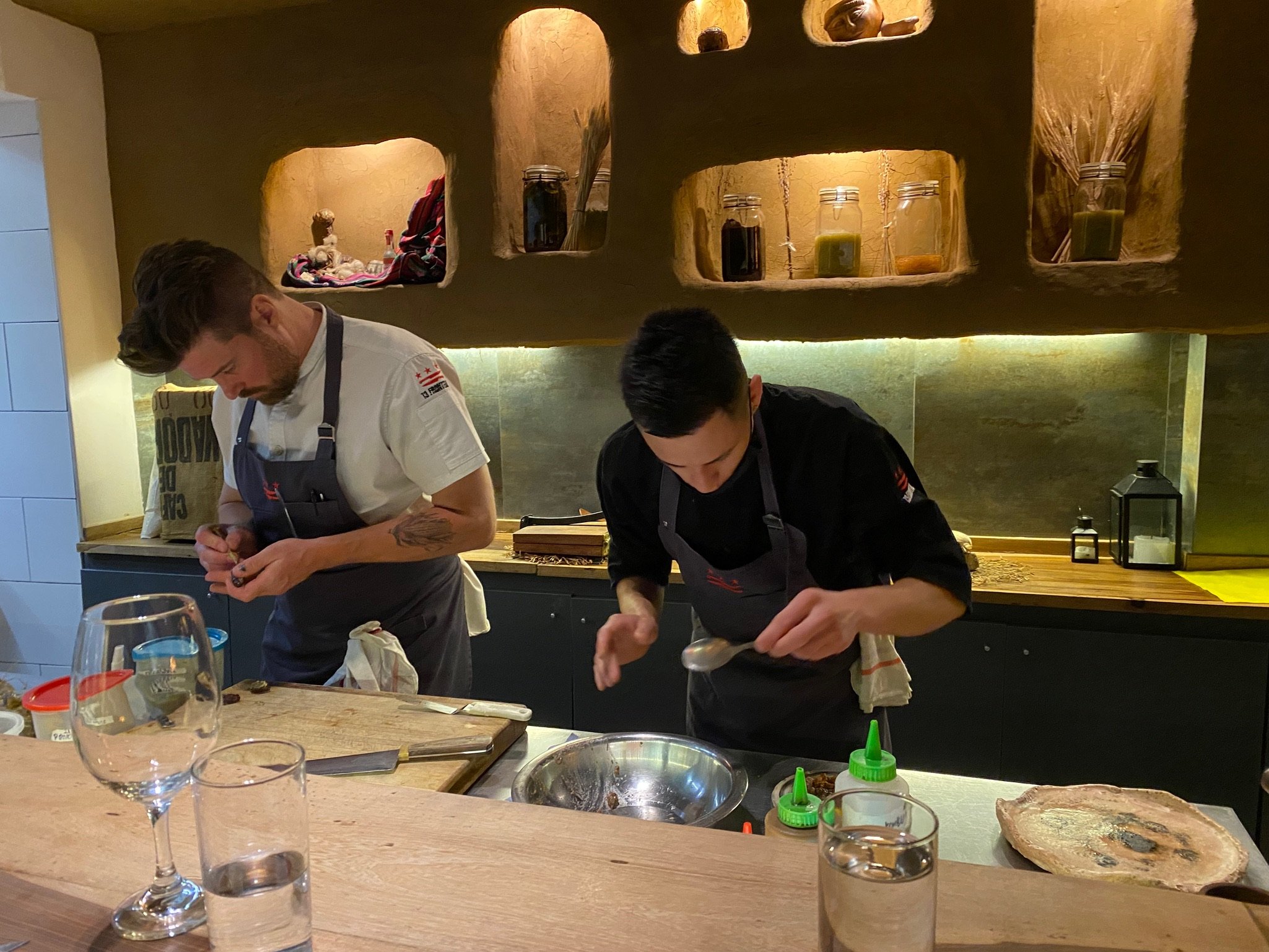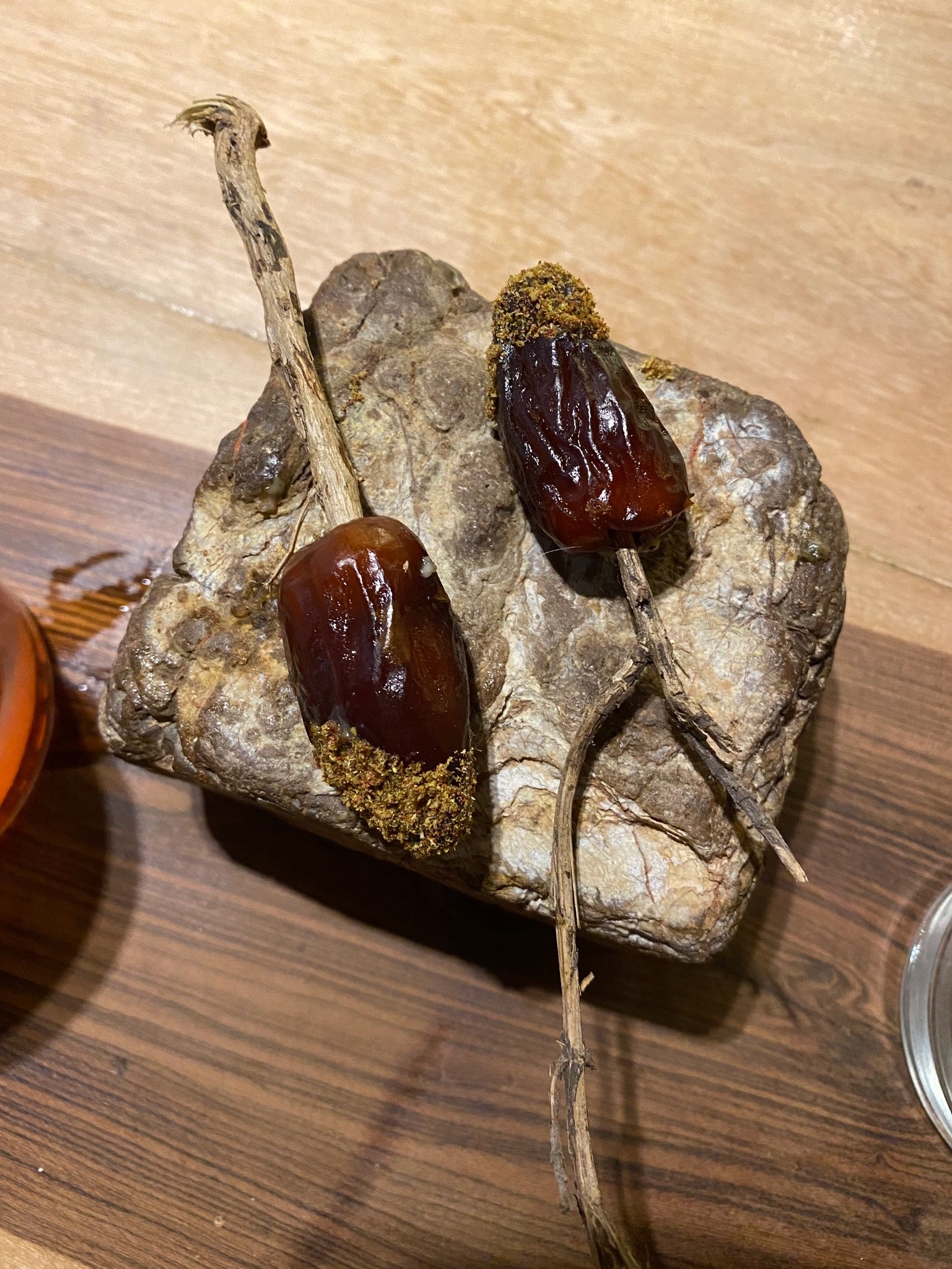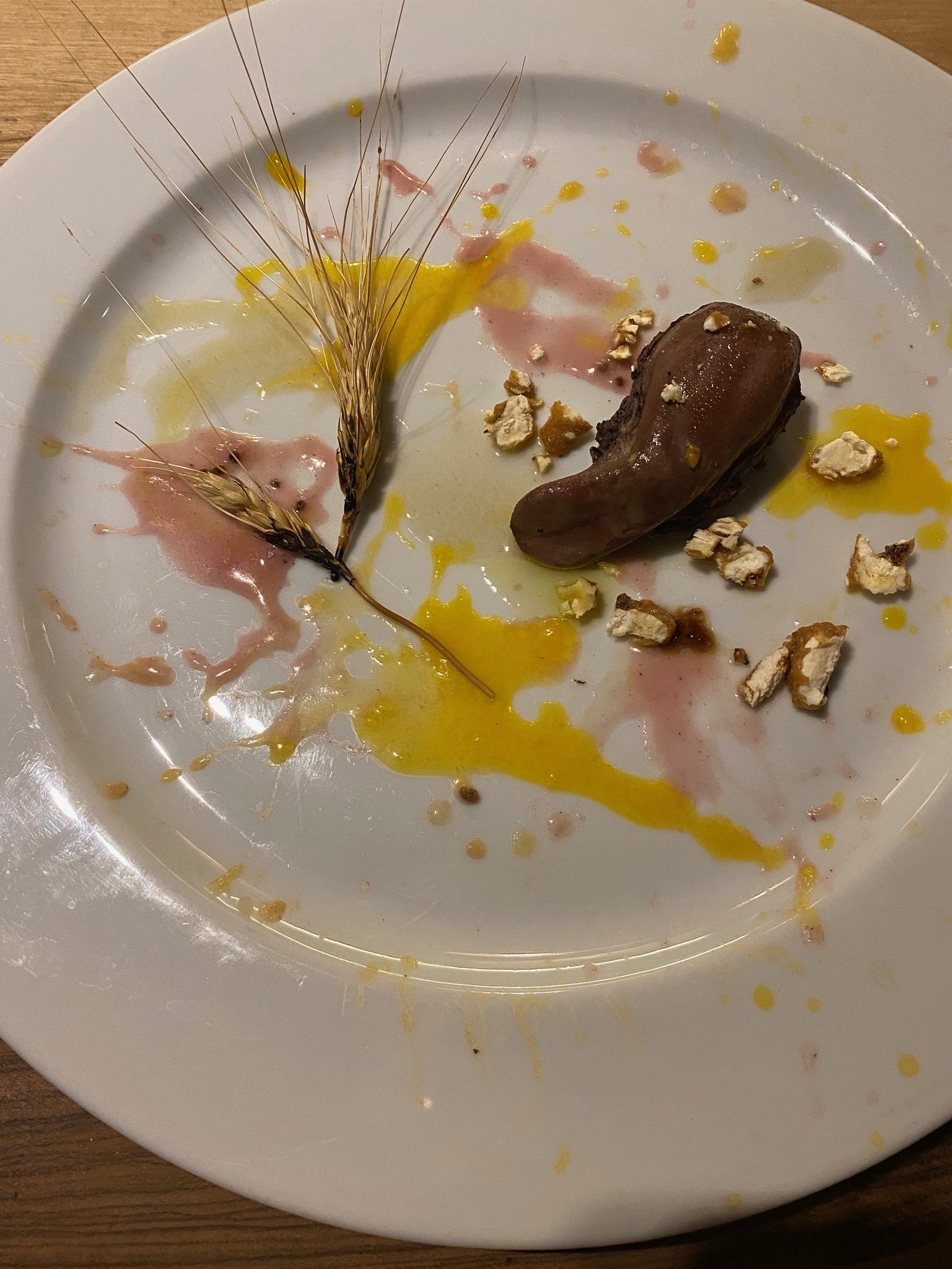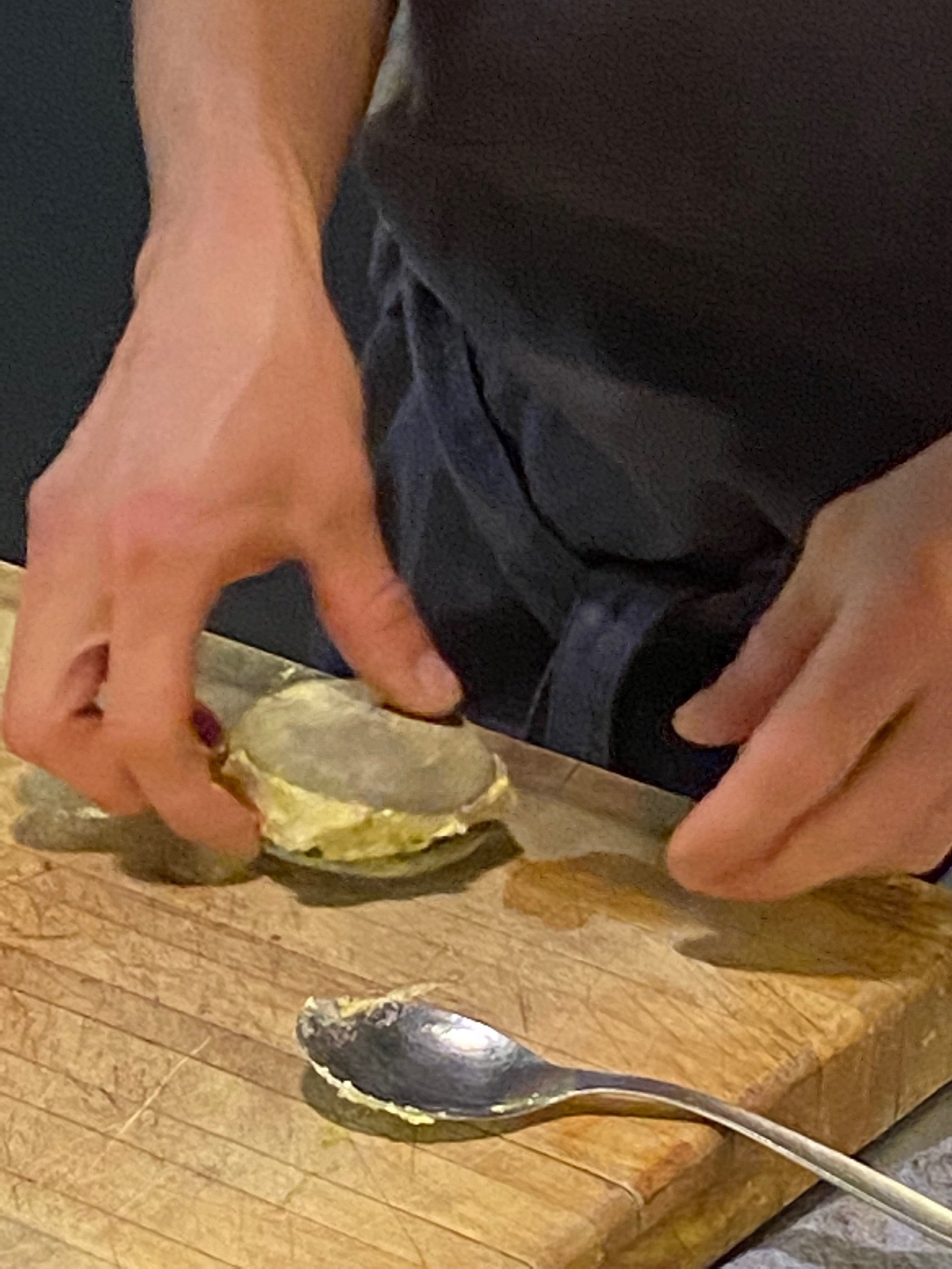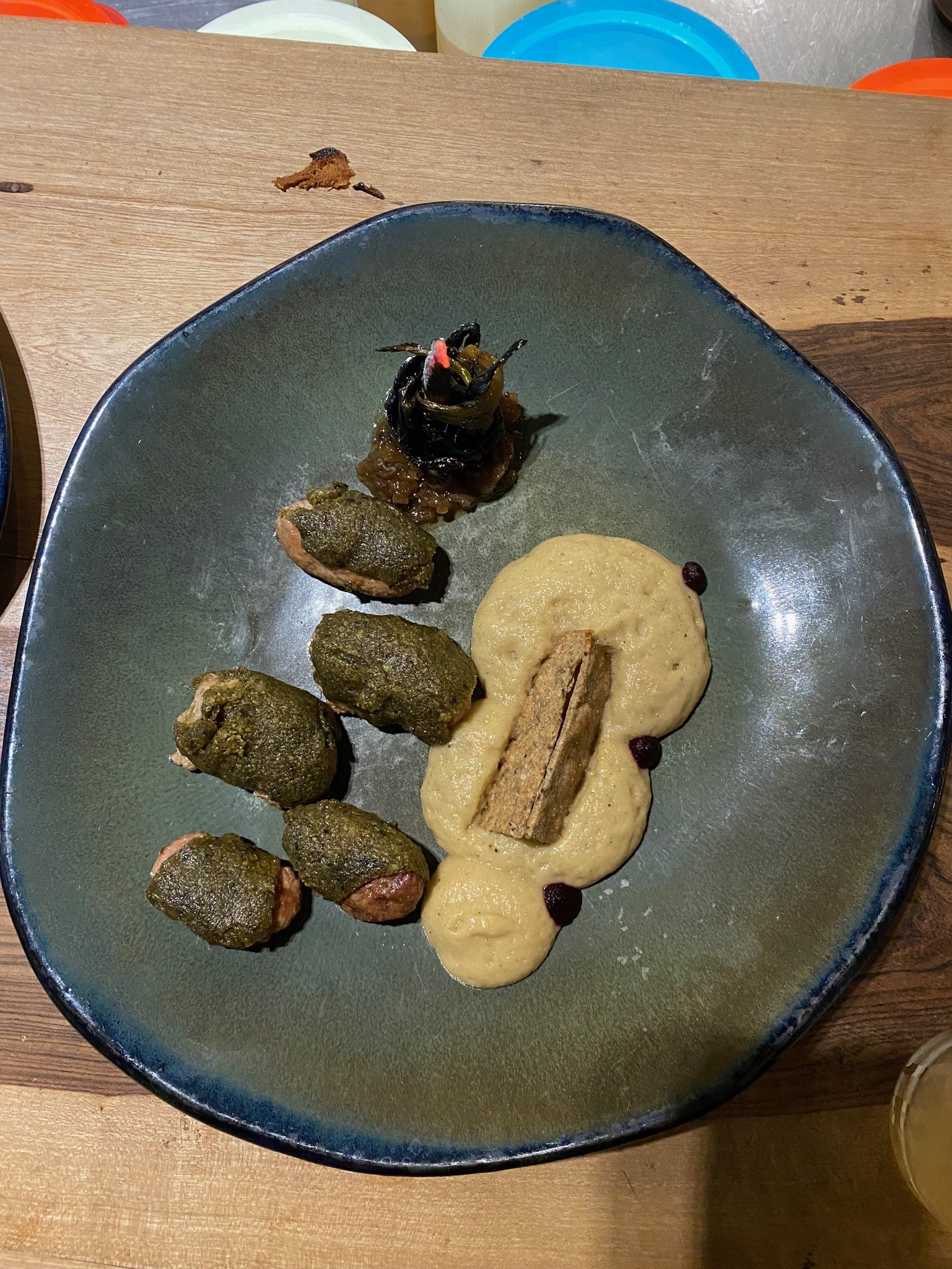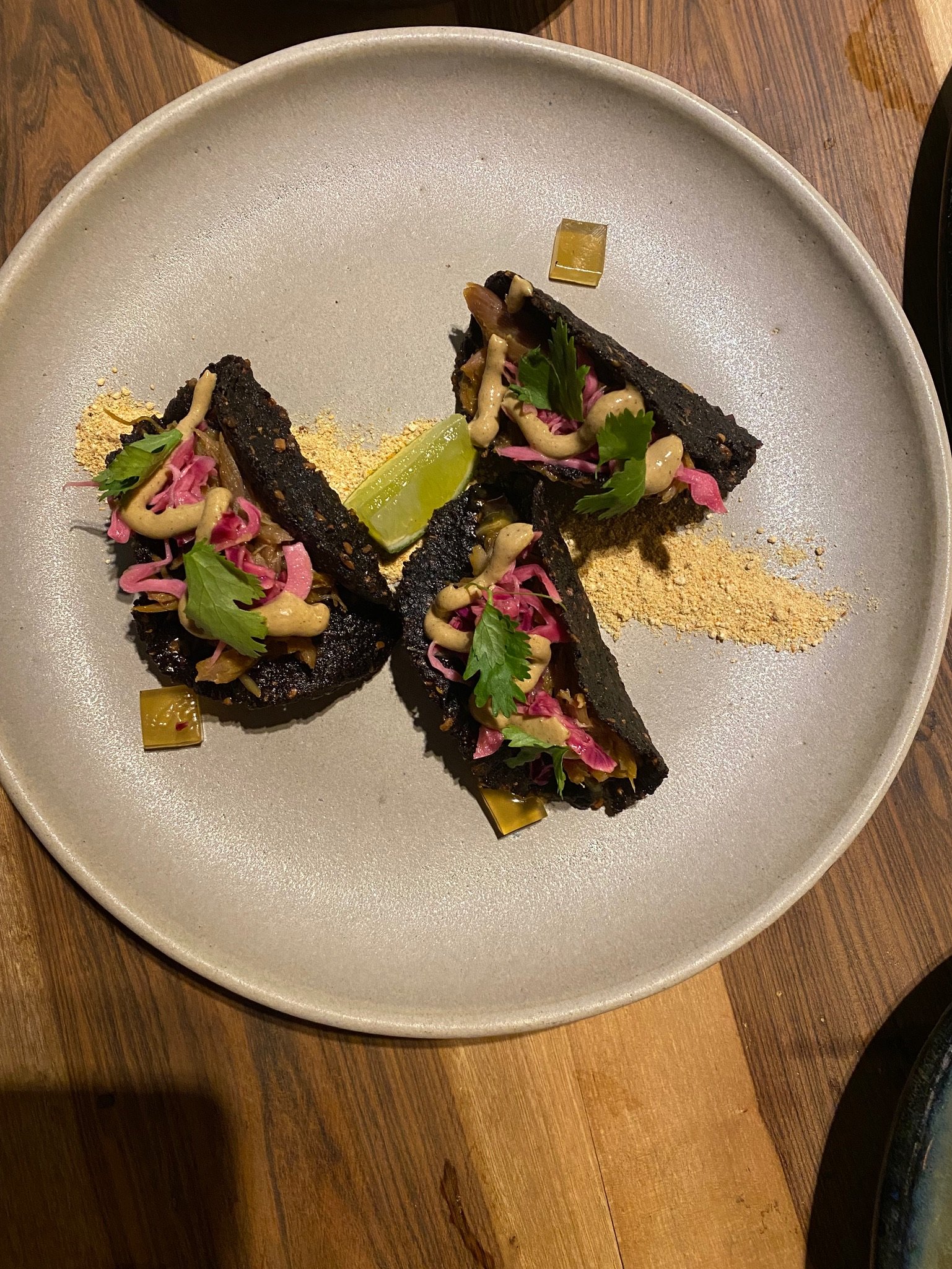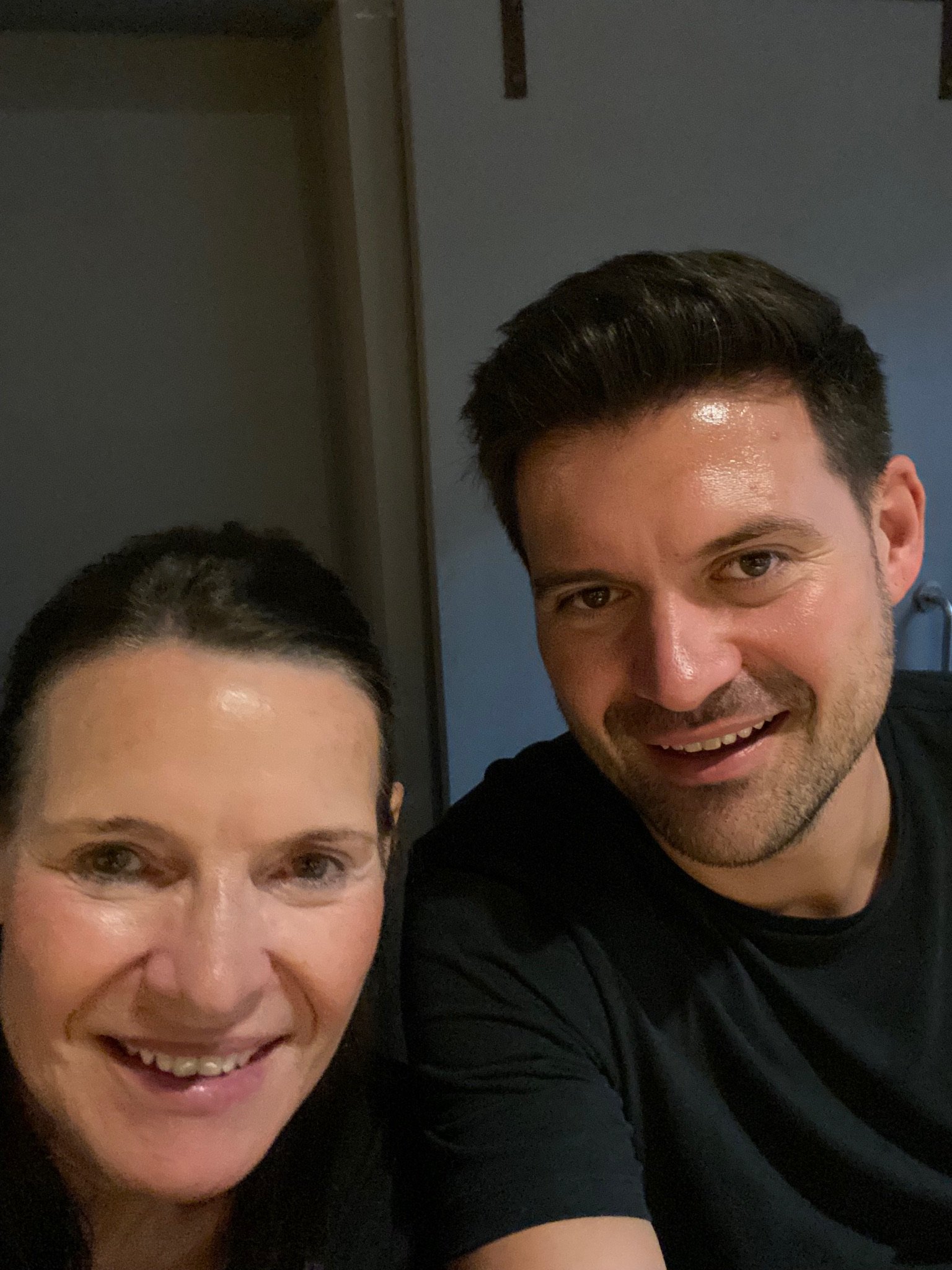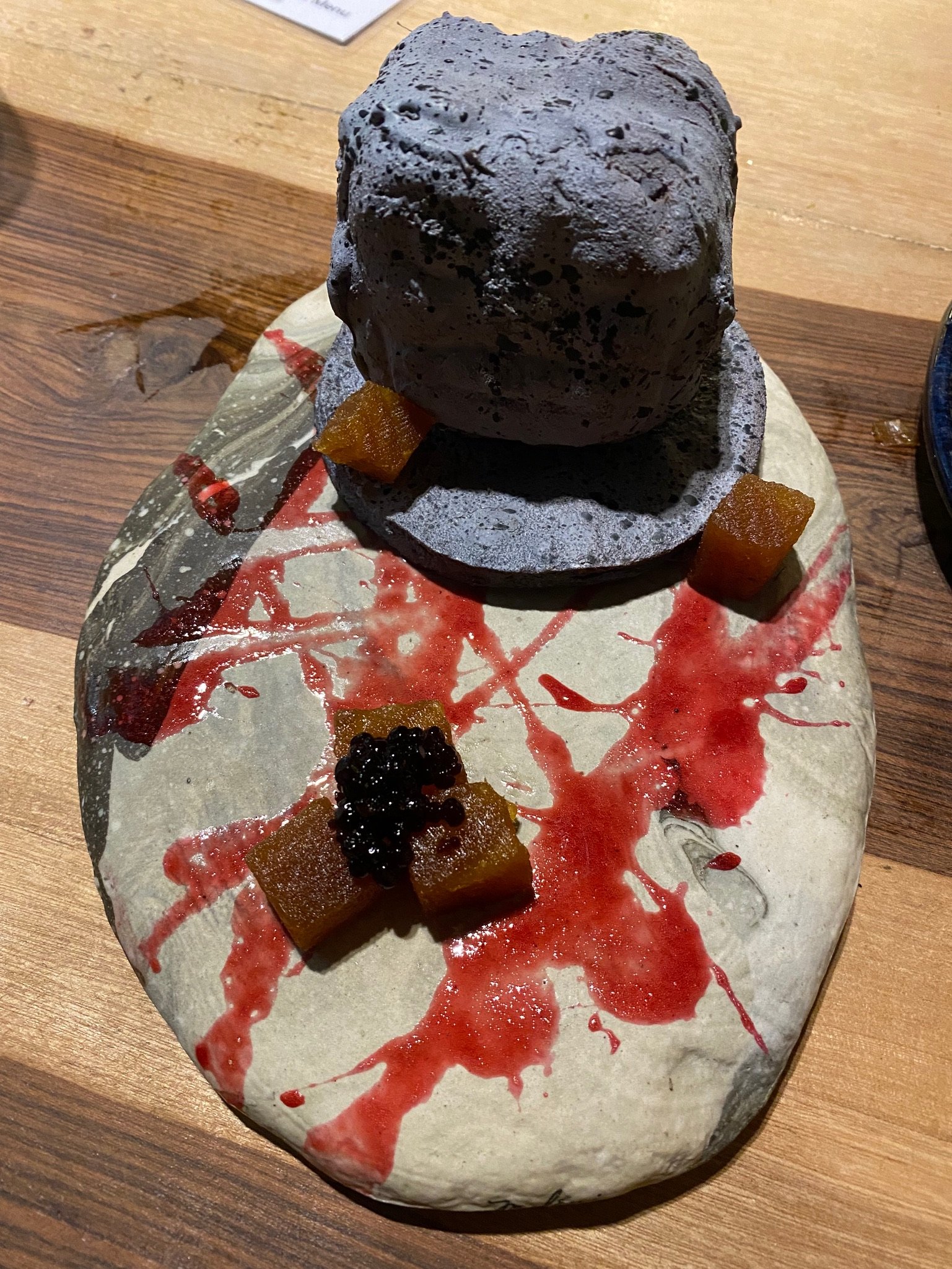ART JEWELRY
I enjoyed revisiting my dearest mentors and idols in jewelry design for this article. My research has given me weeks of hungry scouring through so many of my old books that were passionate inspiration for me when I went to Jewelry college. I had to severely limit the scope of artists who have contributed to the development of Art Jewelry.
A worldwide revolution in the arts was happening in the mid 1800’s.
Jewelry as a display of wealth in the previous era had been of predictable and mechanical design. The magnitude and number of diamonds in a piece of jewelry were what made it valuable.
Goldsmiths worked anonymously in jewelry houses but they began to spread their artistic wings. Most of them continued to design for their employers (incognito) and suddenly, extraordinary jewelry began to appear with the unmistakable signature style of these new designer goldsmiths.
The Master Jewelers were emerging.
As if this weren’t exciting enough, the philosophies of these artists became an inspiration for other goldsmiths.
This is how ART JEWELRY was conceived.
RENE LALIQUE
Rene Lalique, 1860-1945, turned conventional 19th century jewelry on its head.
Having spent a great deal of time at his home in the French countryside, Rene had carefully studied the natural world out of curiosity and enjoyment. He instinctively incorporated insects, flowers and birds into his jewelry designs.
His imaginative works of art often combined insect specimens with sensual, flowing curves of the female shape, producing an eerie and erotic appeal. It was the turn of the century when women were embracing their own metamorphosis and they related to his unabashed boldness.
He integrated elements of his work according to artistic value, and not according to monetary value. As a result, previously trivialized gemstones like opals, moonstones and pearls accented his translucent and transparent enamels.
In many of his pieces, diamonds were found set against cast glass, horn or carved bone or Plique a Jour enamel.
At age 25 Lalique became a successful Independent Artist Jeweler in Paris with his own workshop and technicians.
He was the undisputed innovator of the ART NOUVEAU movement with his swirling, whiplash lines and organic themes.
He was also the father of ART JEWELRY.
FULCO DI VERDURA
Fulco di Verdura 1899-1978
Born in Sicily into Palermo aristocracy, Fulco lived a sheltered life of privilege which allowed him an appreciation of culture and knowledge. He pursued a wide range of interests.
In Paris, his friends Linda and Cole Porter introduced him to Chanel, who respected the wit, classy nonchalance and well-honed insolence of aristocrats like Fulco.
Verdura began collaborating with Chanel on unreserved designs at a time when Cartier was focused in another direction, on providing serious gems set in platinum.
In 1929 Verdura created a gold Maltese Cross embellished with gemstones and diamonds which was the first in a series that became a beloved motif.
By 1933 the idea had taken root in a segment of society that a jewel should be valued above all as a work of art. Designers were becoming aware that a designer’s name and signature style had monetary value. Verdura was known as Chanel’s principal designer but he felt it was time to make a name for himself.
In 1934 he sailed for America and landed in Hollywood. Although he was a hit among the A-listers there, his growing interest in New York led him to Manhattan and to find his place among a rich and sophisticated New York clientele.
Verdura’s work, dynamically bold, ingenious and unpretentious was well received.
The cigarette case he designed for the premiere of Cole Porter’s 1936 show, Red Hot and Blue immediately became the most talked about bauble in New York, according to Vogue.
His enduring design, the Maltese Cross, was reimagined here in a pair of cuff bracelets with diamonds, pearls and cabochon gems set in gold. They were touted by Harper’s Bazaar in 1937 as the accessory of choice.
From 1939 to 1973, the stately Verdura location on Fifth Avenue, occupied 30 years previously by Cartier, evoked an old fashioned European atmosphere, luxurious and discreet with an unmistakable couture quality. The New York patrons loved it.
He famously incorporated actual seashells in his work. One of his brooches contains a natural lion’s paw shell held in yellow gold and set with diamonds and sapphires.
Verdura developed Art Jewelry for the European and well-heeled American client. One of my favourite Verdura pieces is the cabochon ruby heart brooch wrapped in a platinum and diamond ribbon.
MID-CENTURY ART JEWELRY
After WWII, Art Jewelry evolved in a much faster and diverse development among jewelry houses, independent studio artists worldwide and in universities and jewelry schools.
To the masses, Art Jewelry created during this period satisfied a desire for luxury and grandeur in a world that had been lacking indulgence during the war.
Motifs of nature and animals remained in favour. Two imaginative and immensely popular mid-century designers are Suzanne Belperron and David Webb.
CONTEMPORARY ART JEWELRY
This is the most productive and creative period of jewelry design in history, according to Alan Revere, a master goldsmith, award-winning jewelry designer and founder of Revere Academy of Jewelry Arts.
This bold statement doesn’t surprise me. In today’s digital world there is no divide between country or time between one artist’s image and another’s appreciation of it. Artists influence and challenge each other, chat and critique the work of their contemporaries online or in a higher learning environment. They have access to all that has come before and they are producing groundbreaking work.
The new Contemporary Masters are emerging. Some of them are transforming the way jewelry is perceived.
Their philosophies, inspirations, methods and influences are diverse. Stylistic approaches and materials are being pushed to the limits to create works that are minimal, narrative, geometric, inspired by nature and large scale. They are using new approaches, alternative materials, enamel, noble materials, found objects.
There is a campaign for art jewelers to achieve “art status” for their work. As is the case with art, not all of it is to everyone’s taste.

